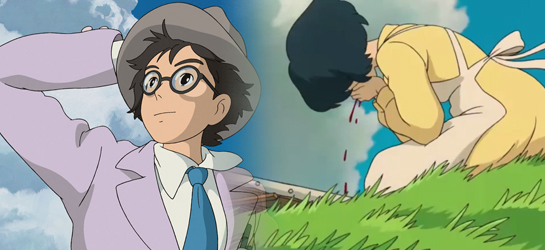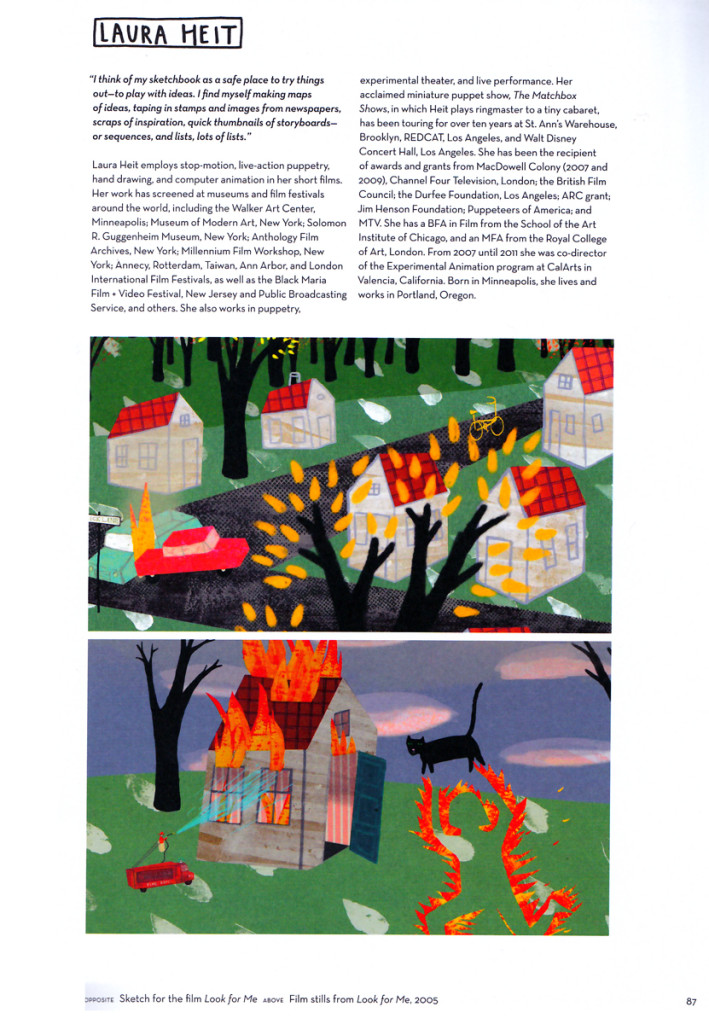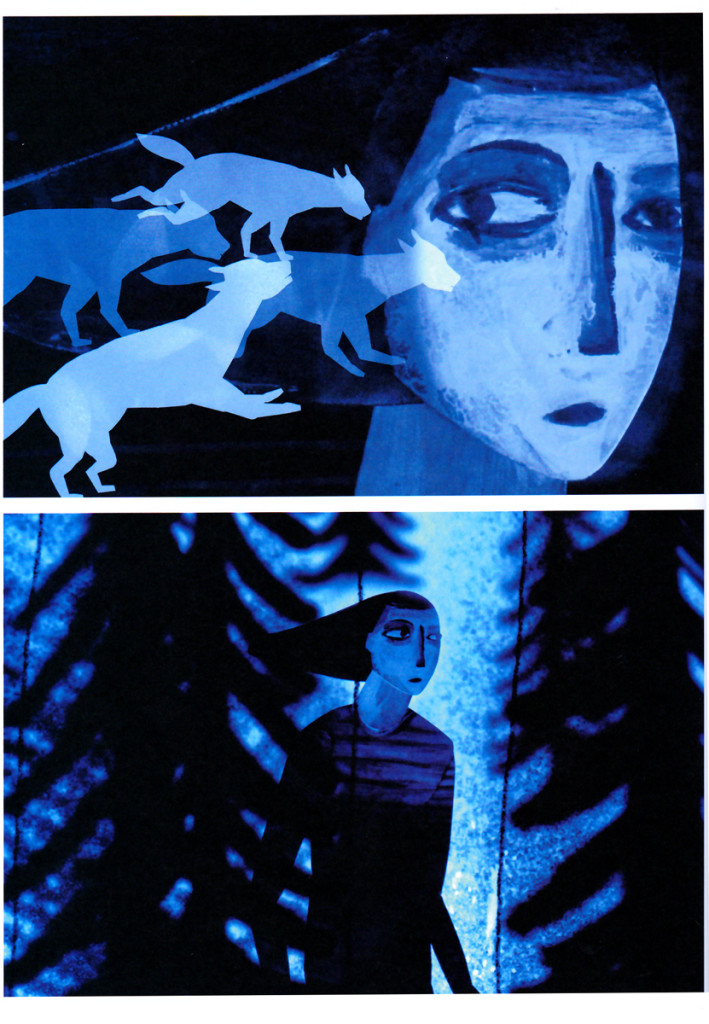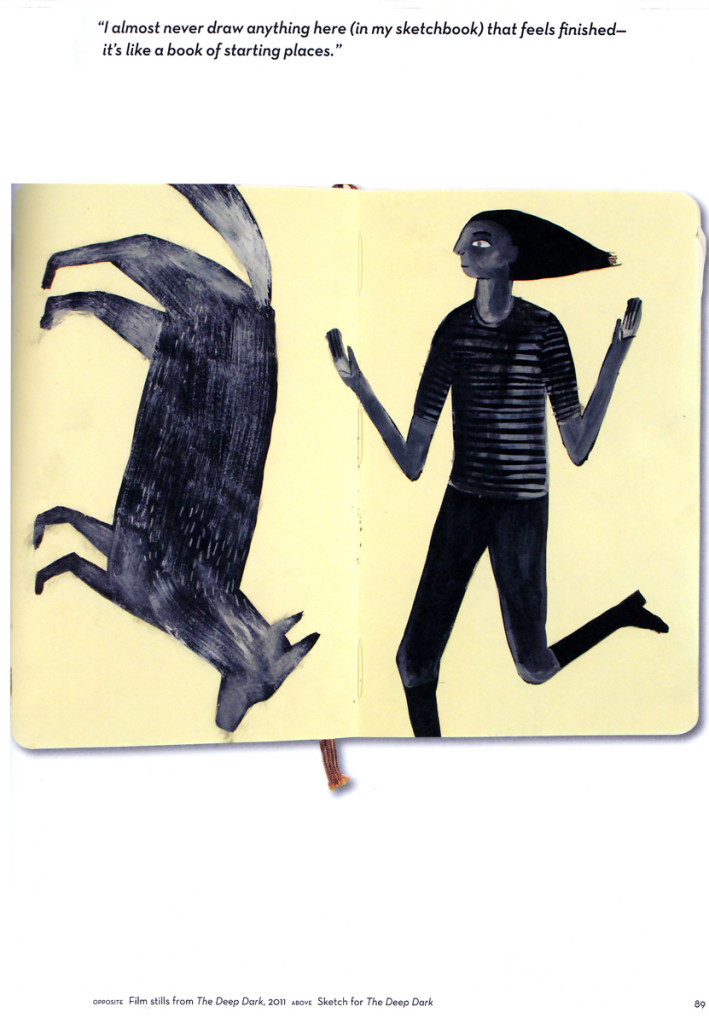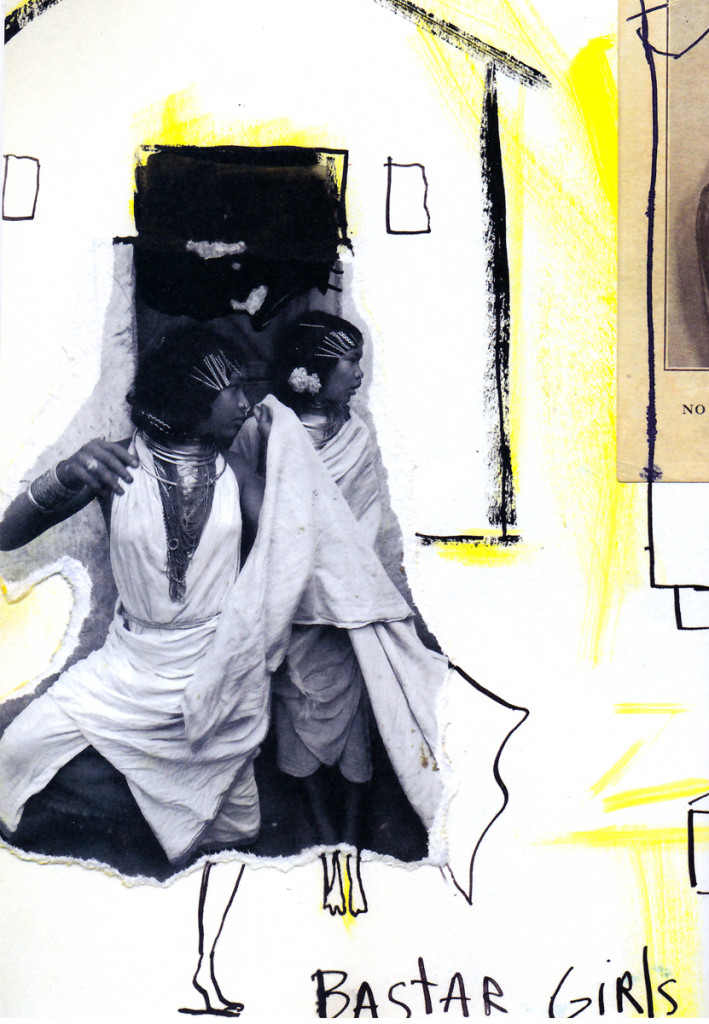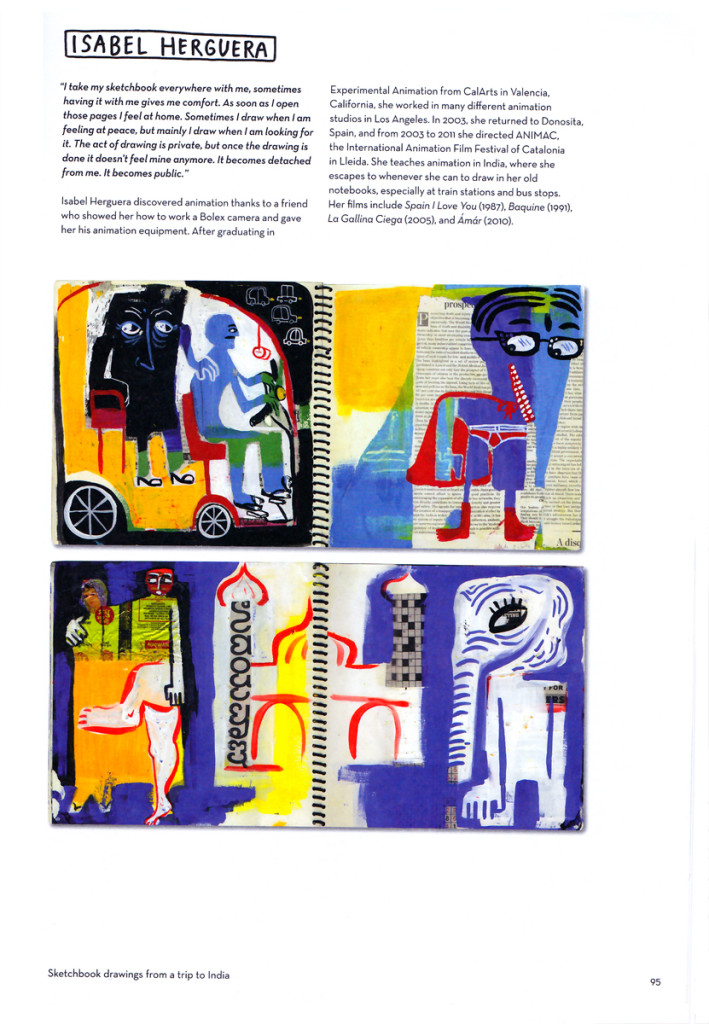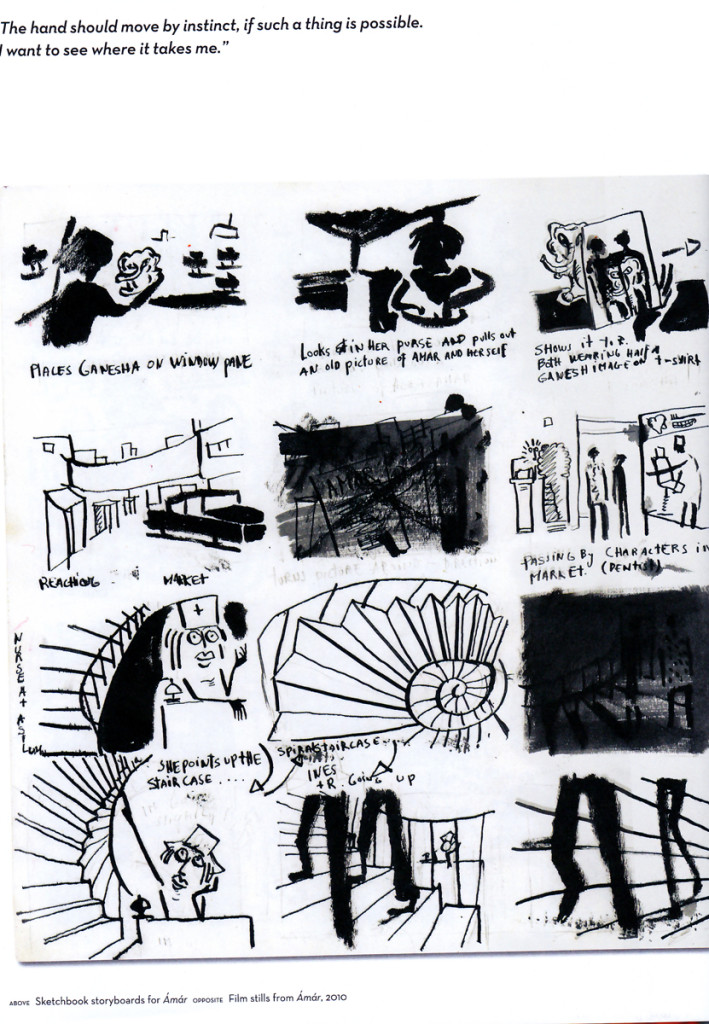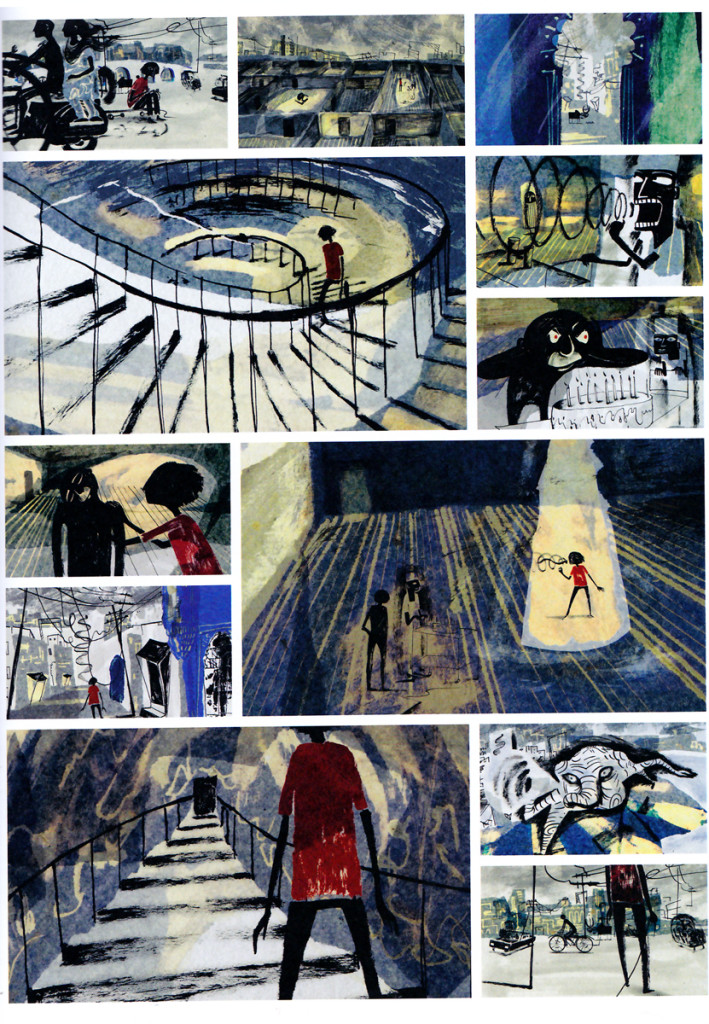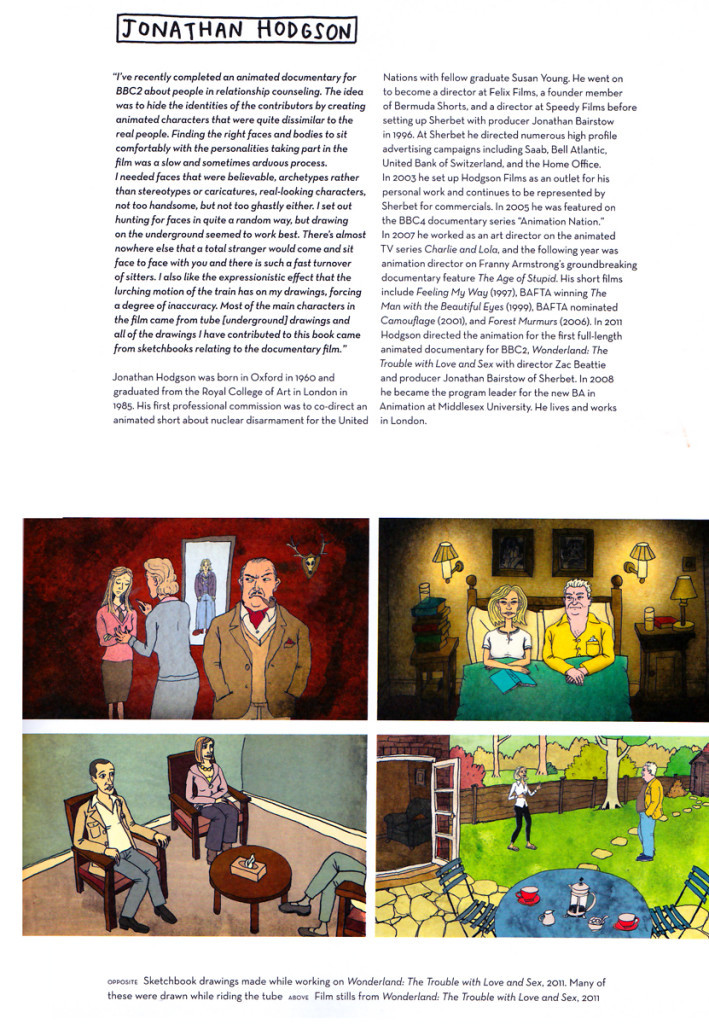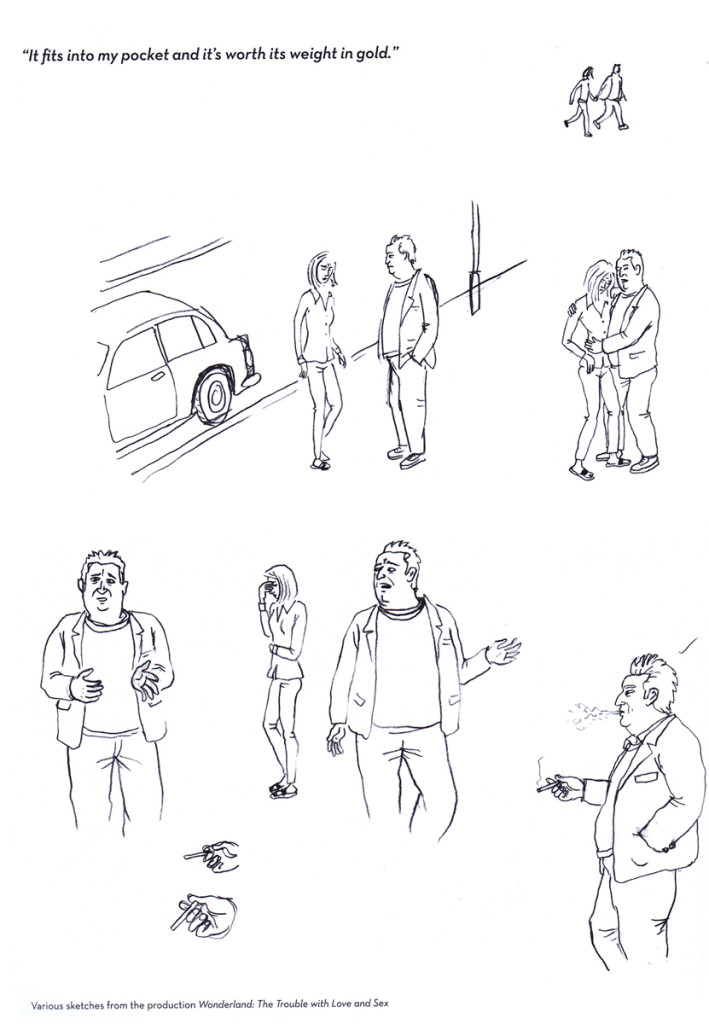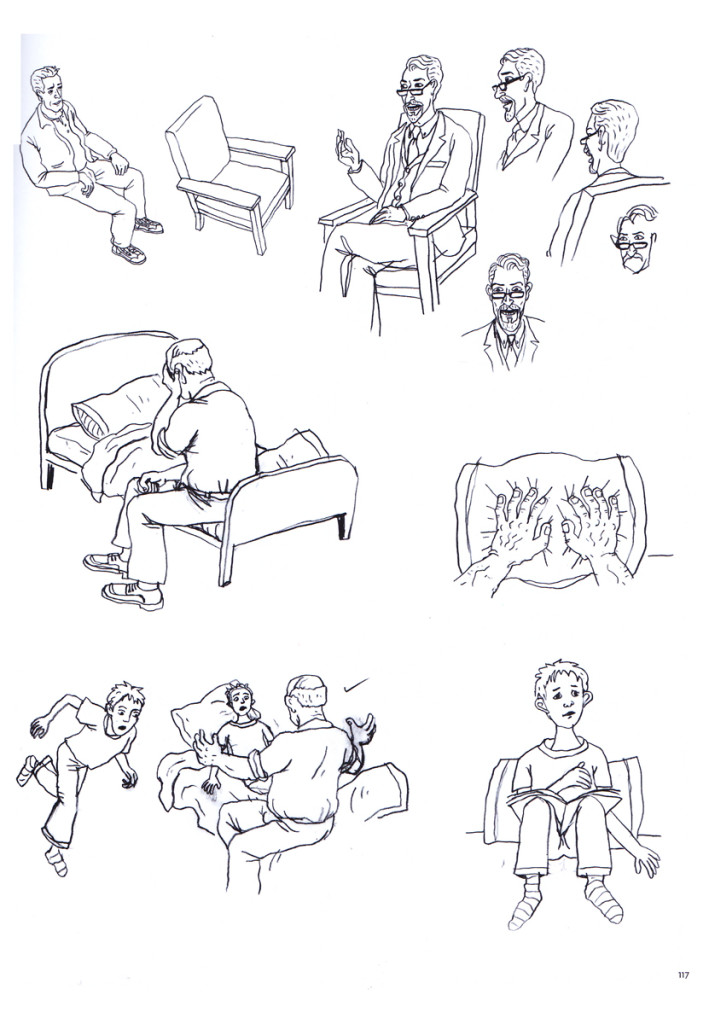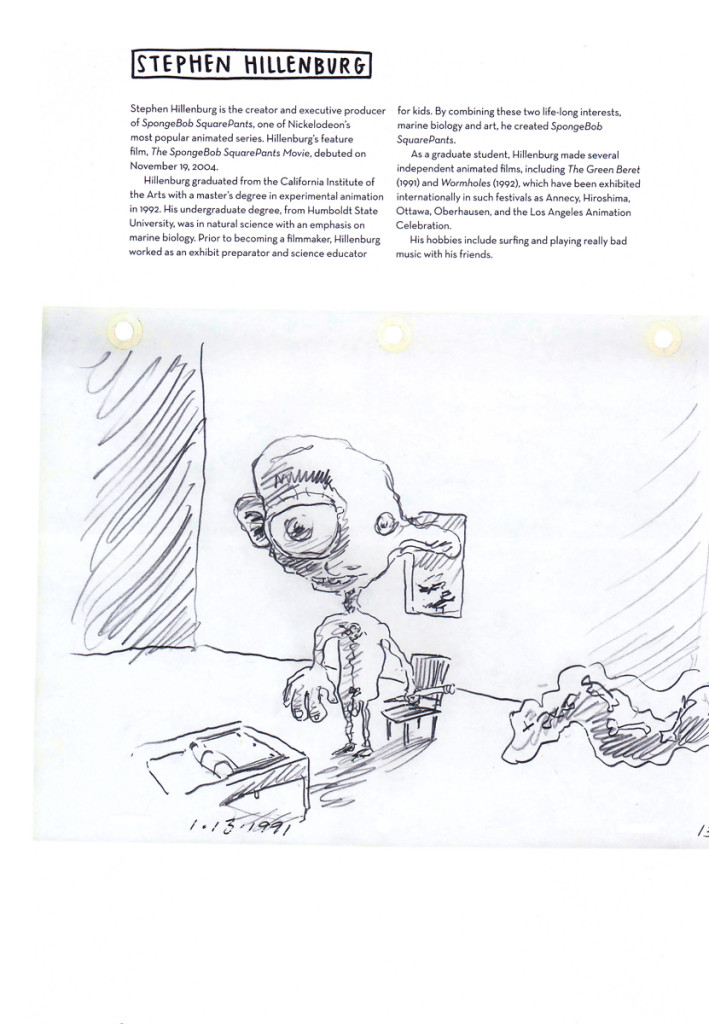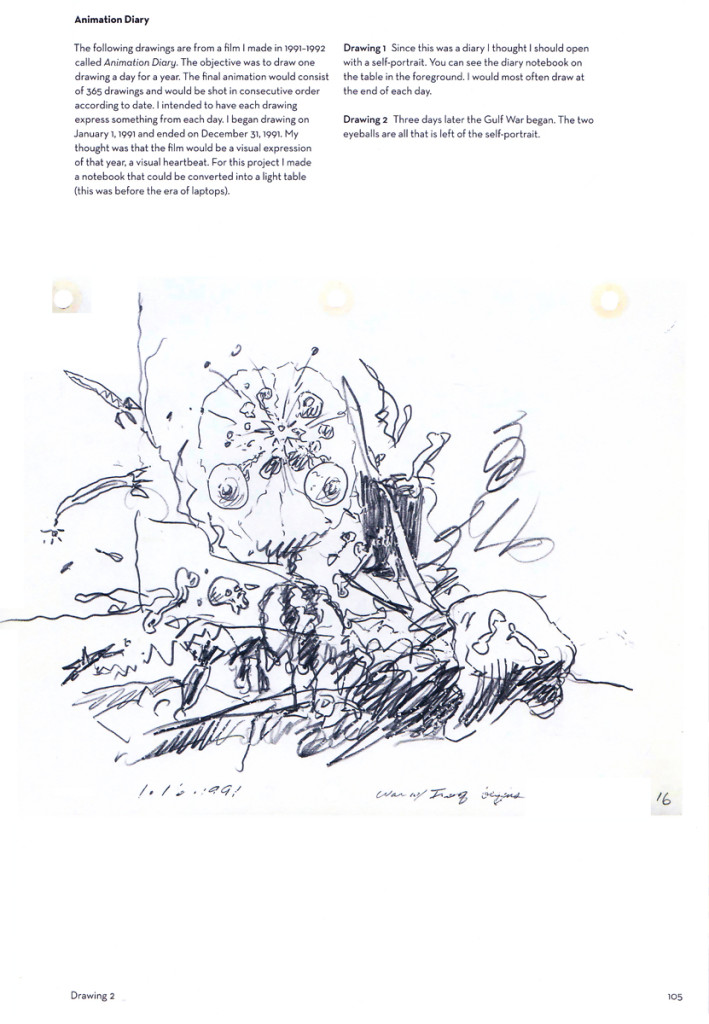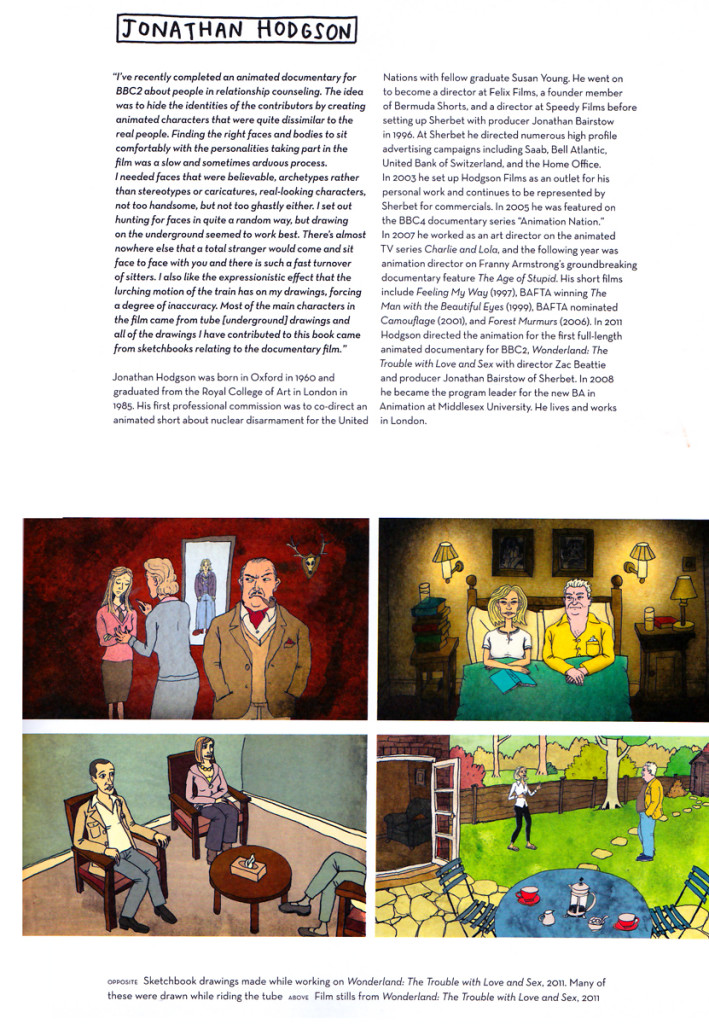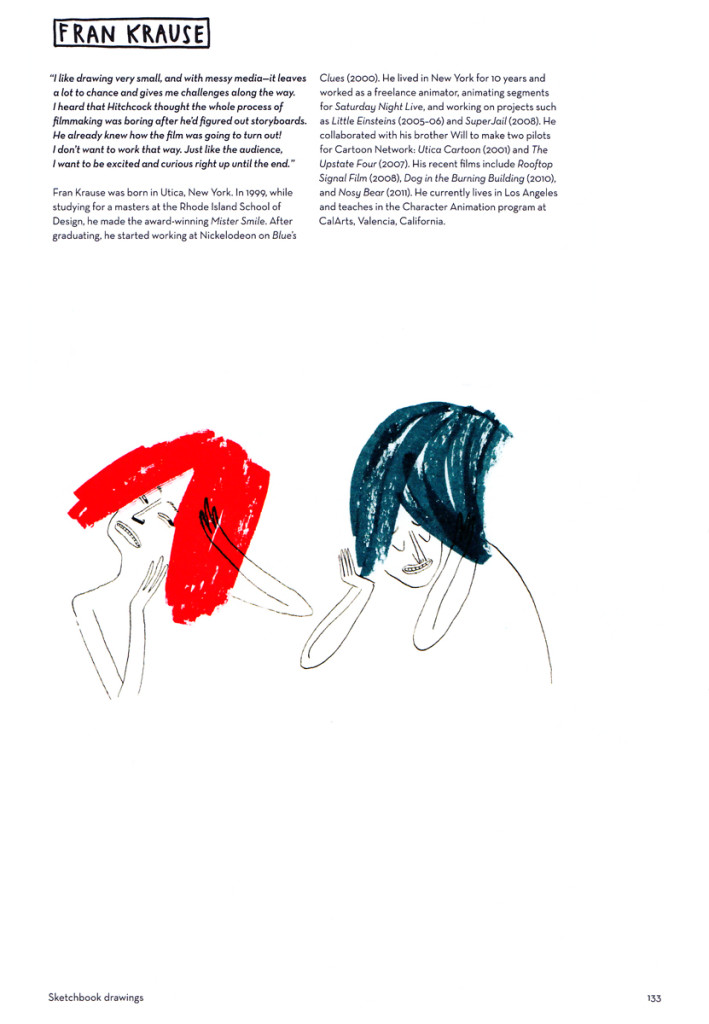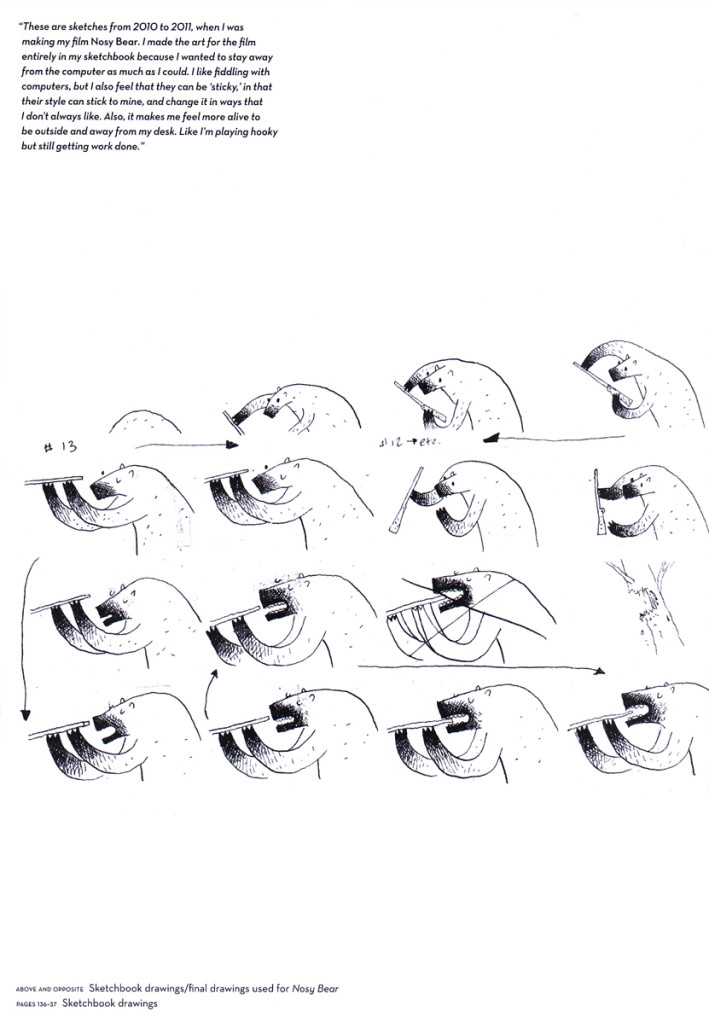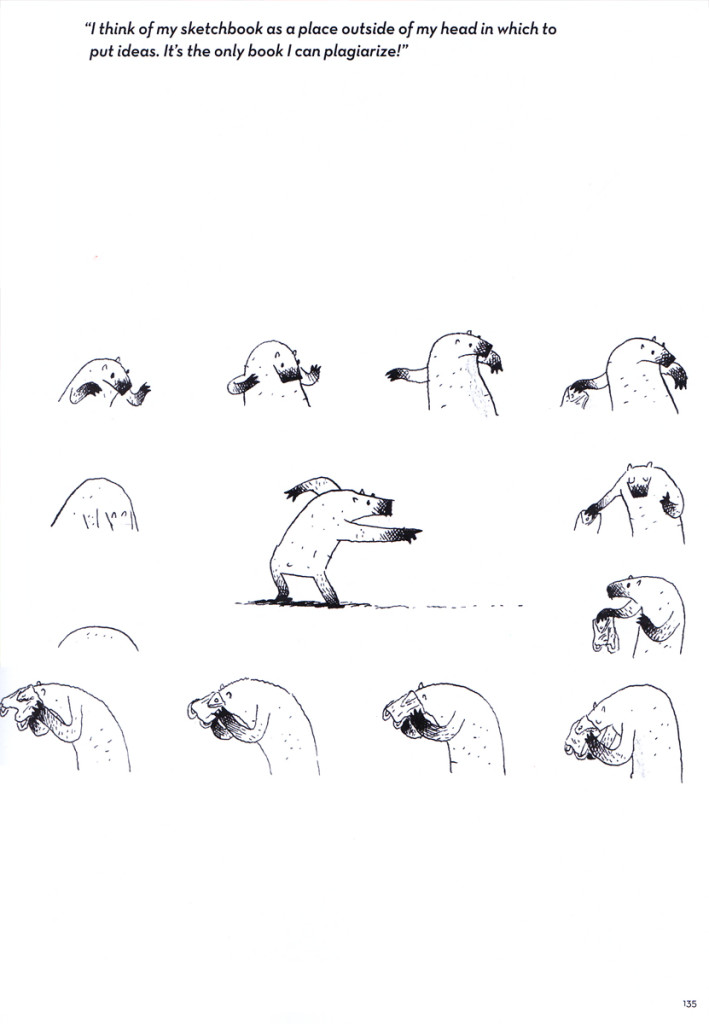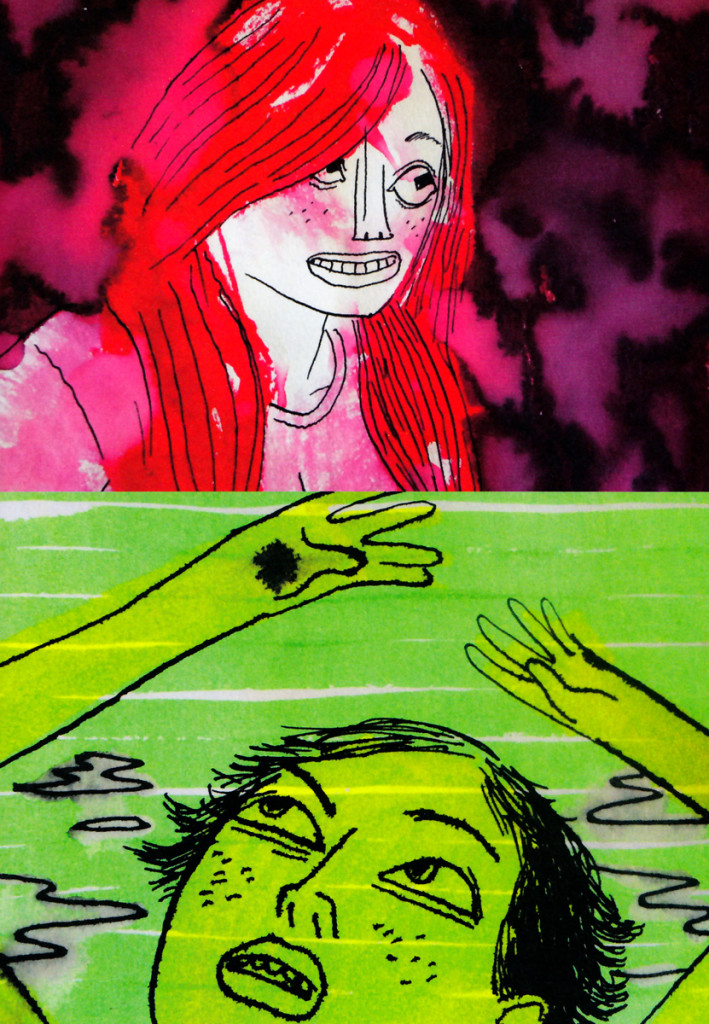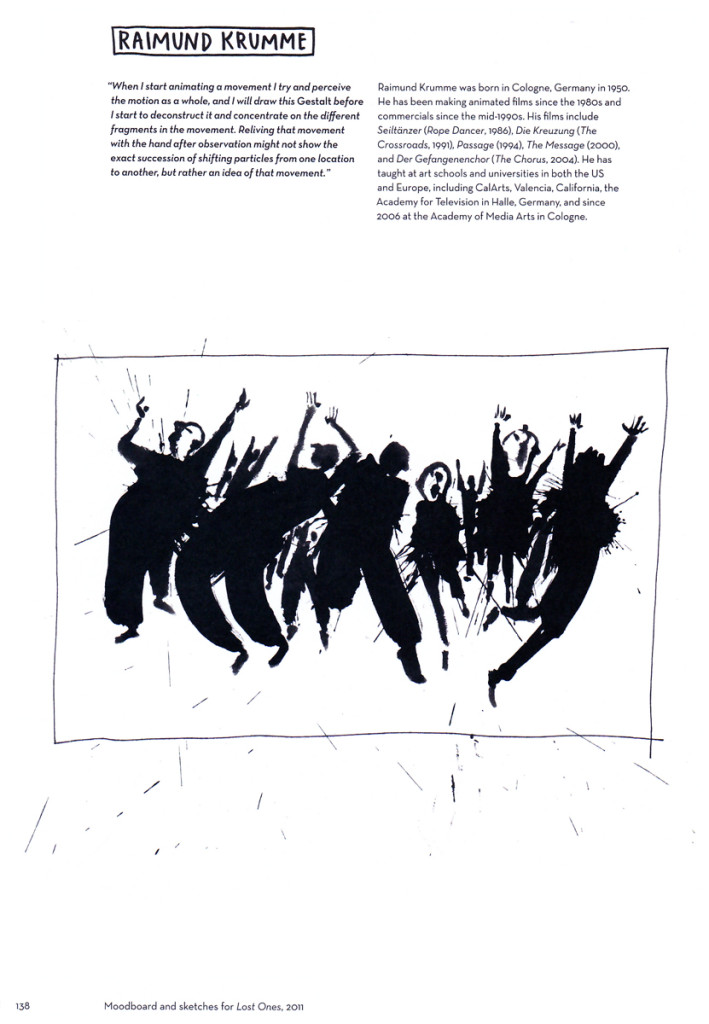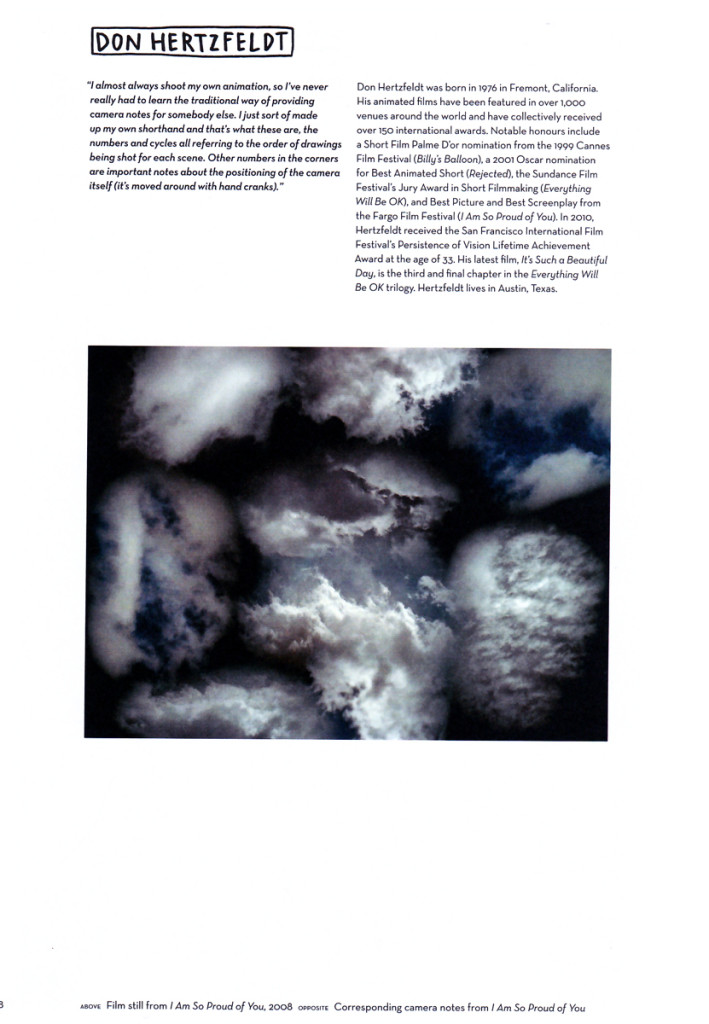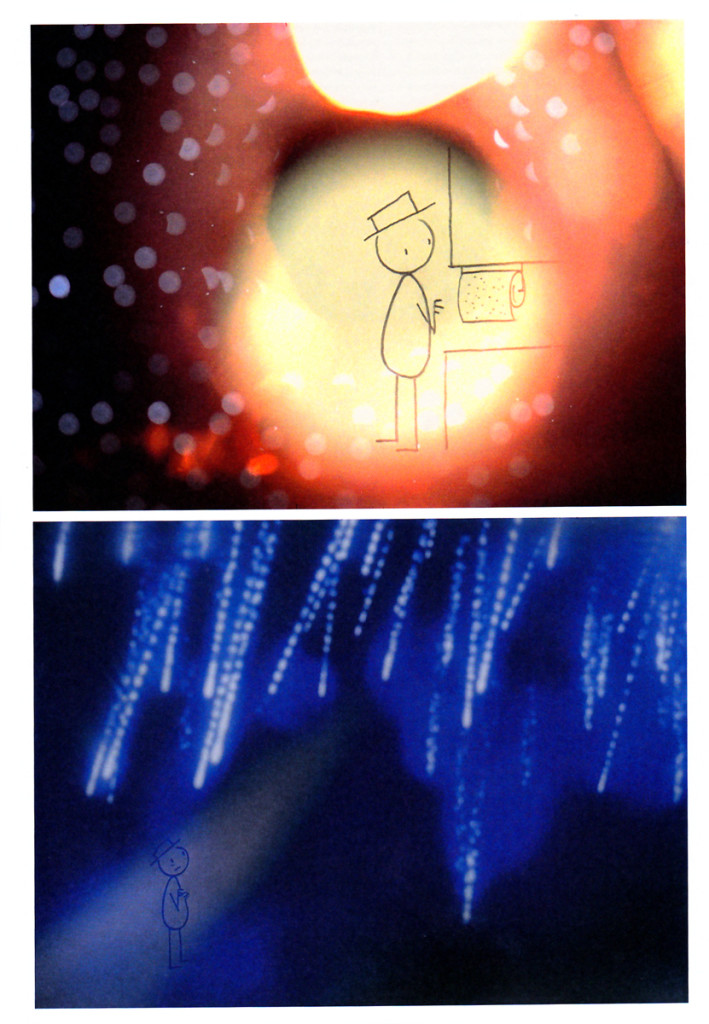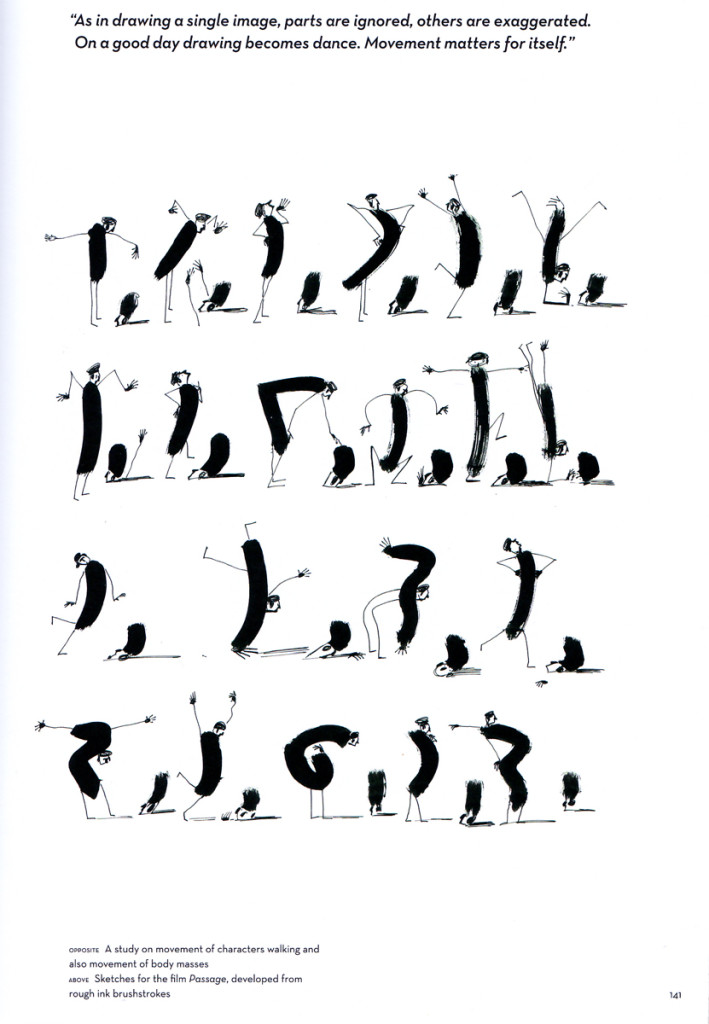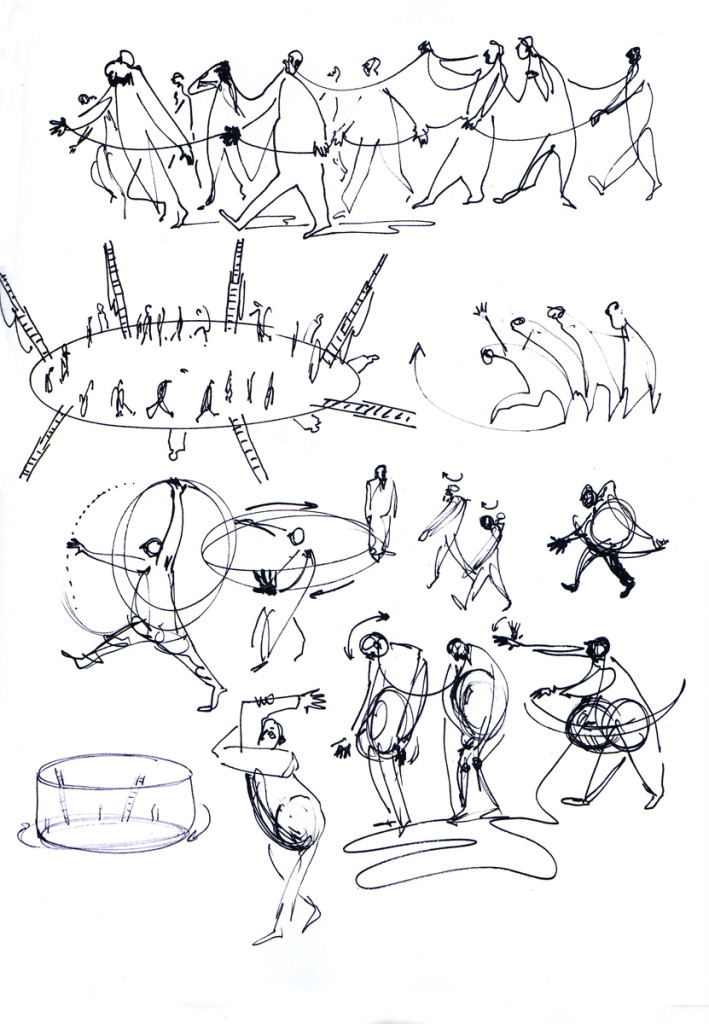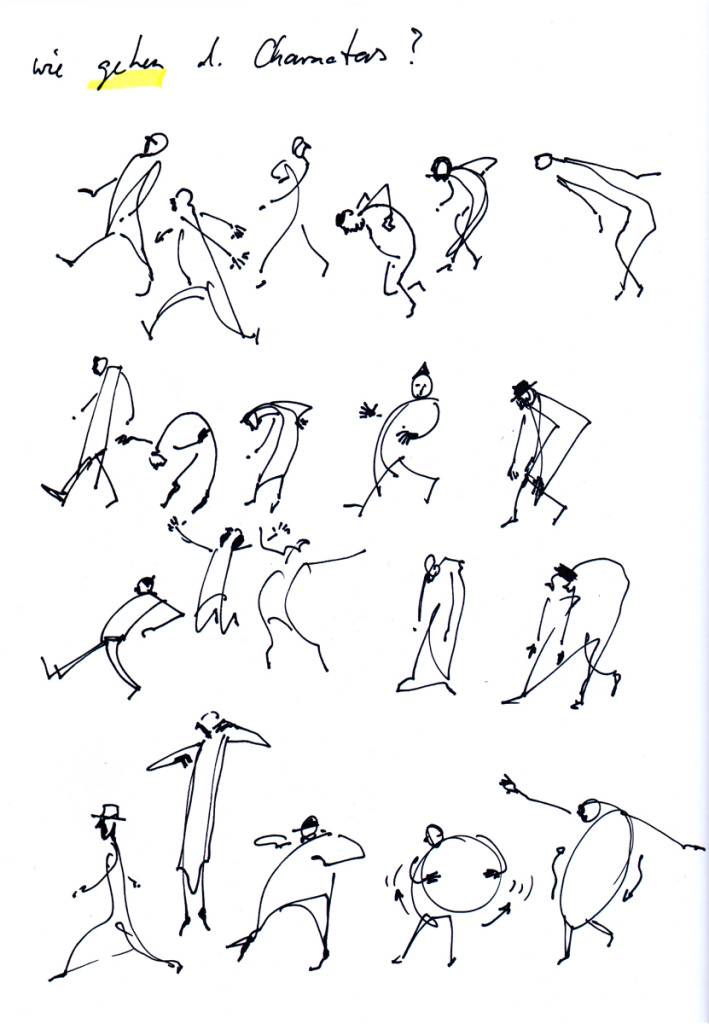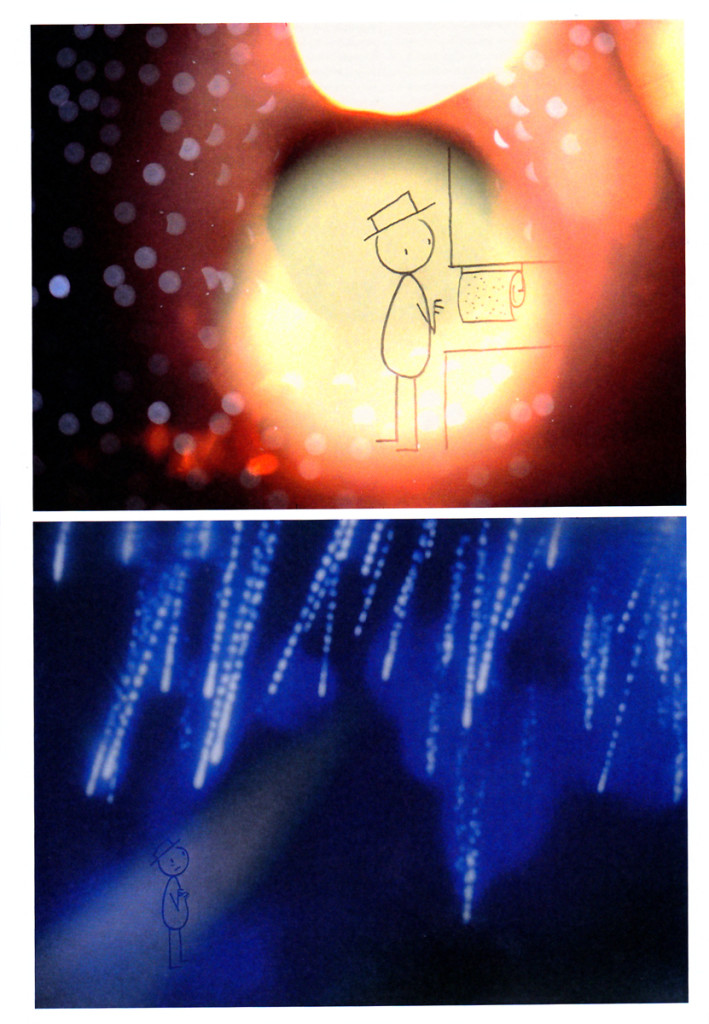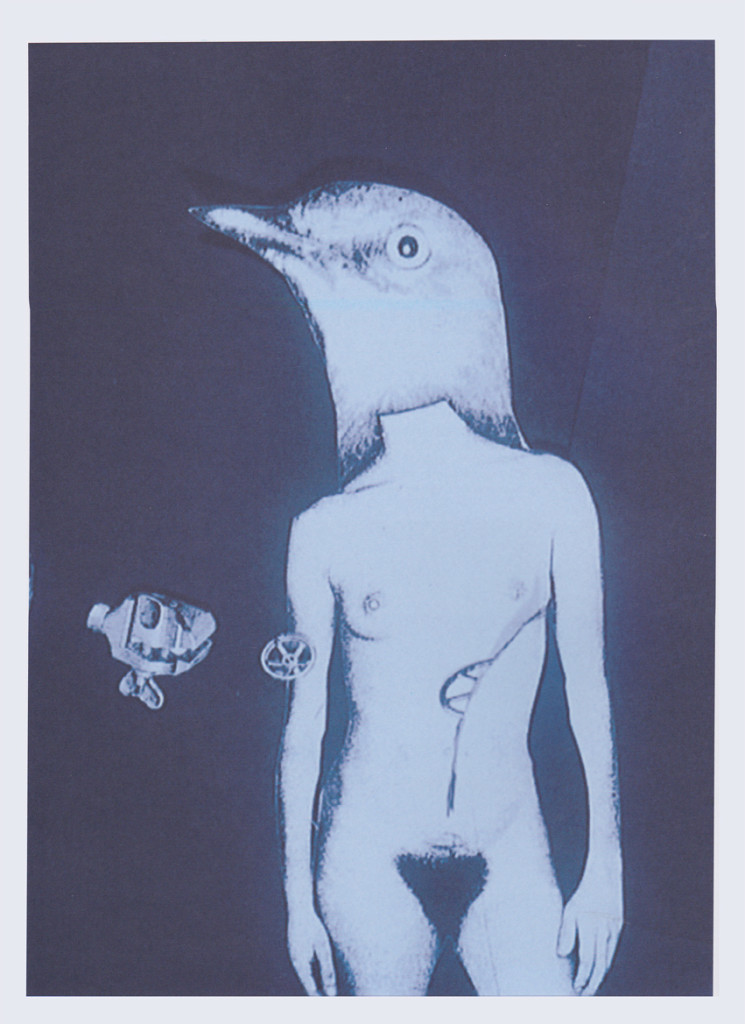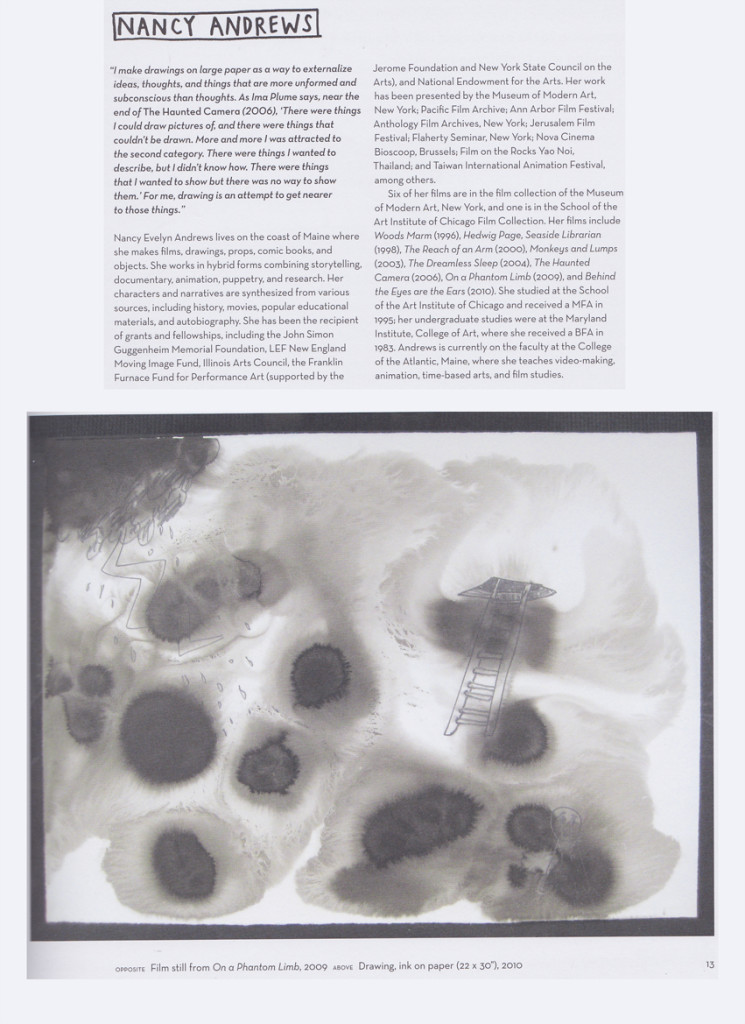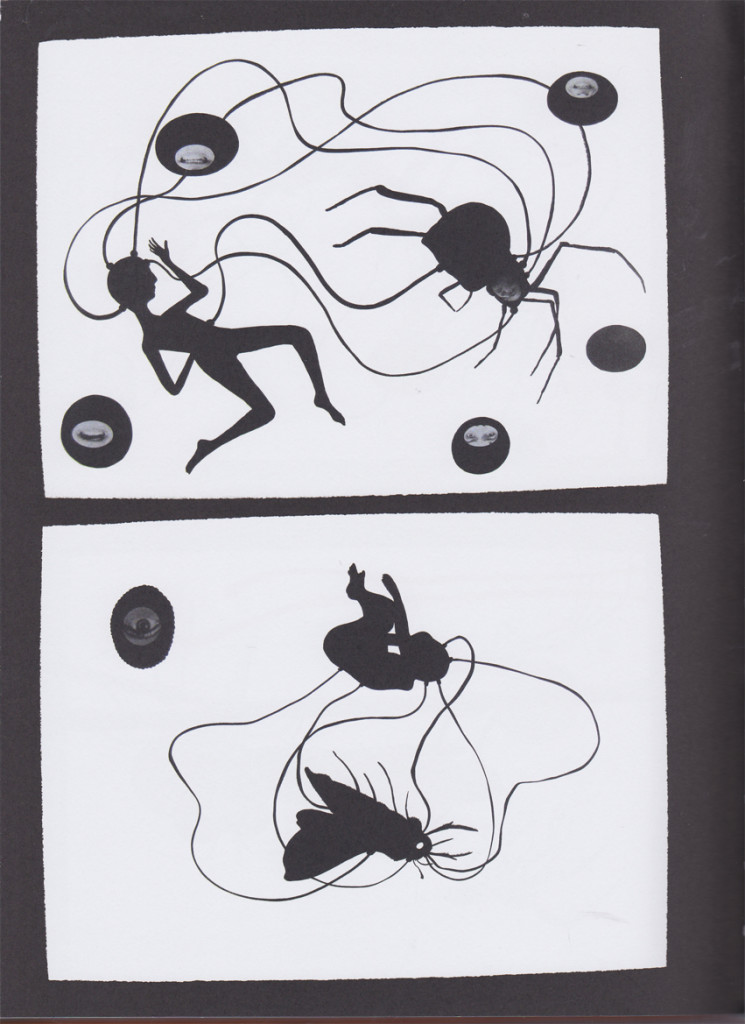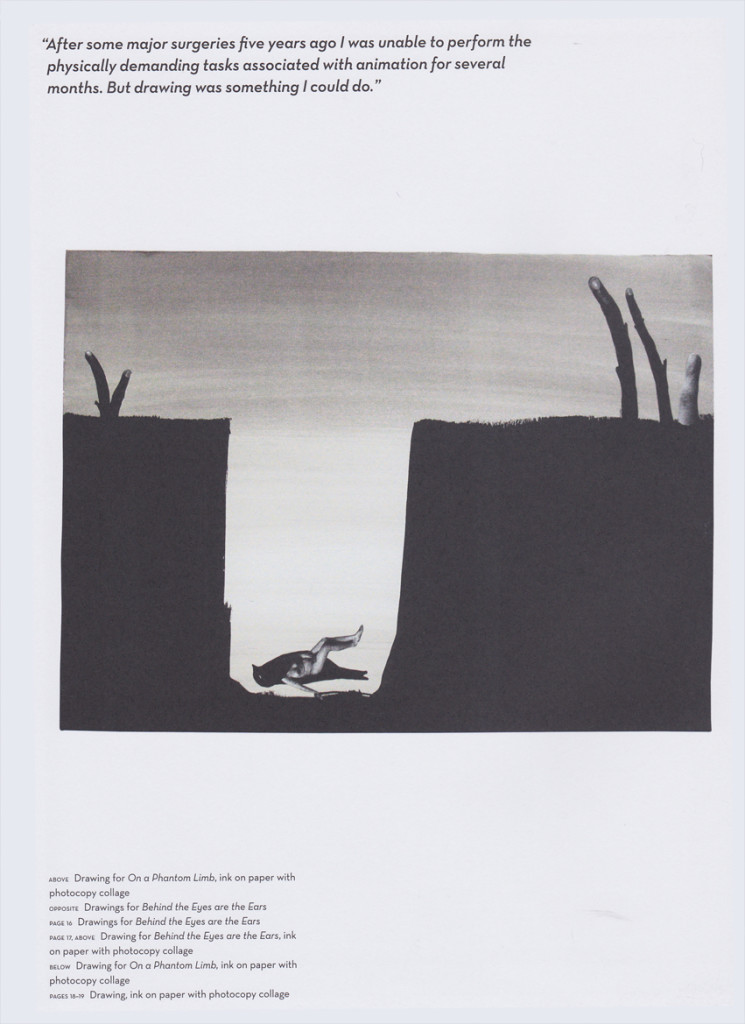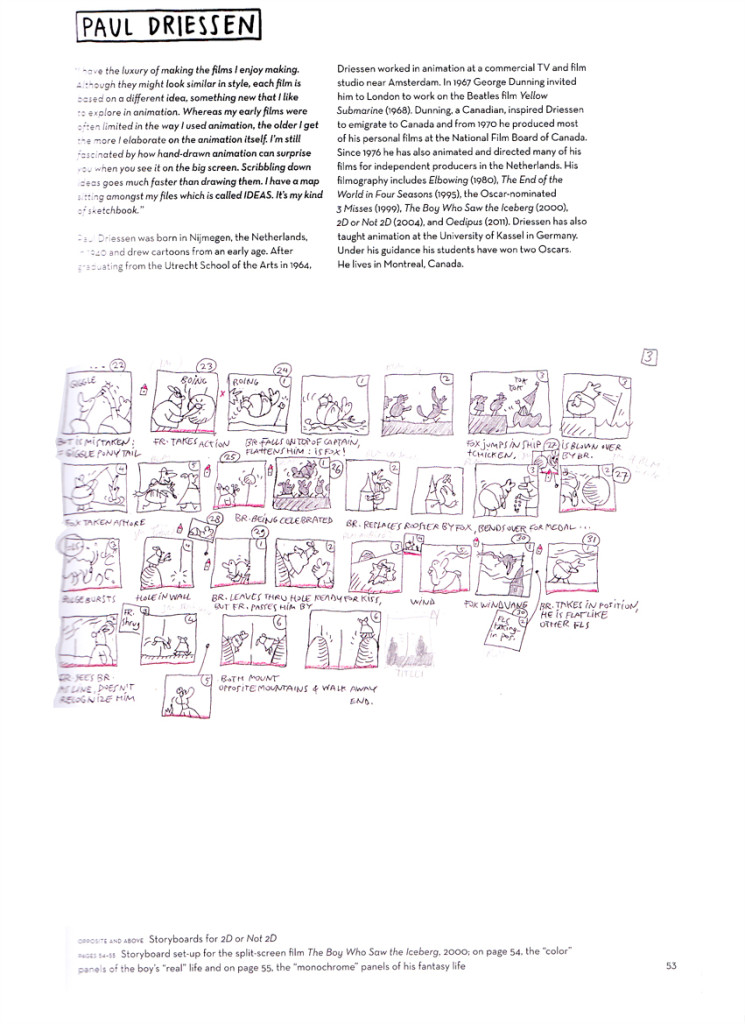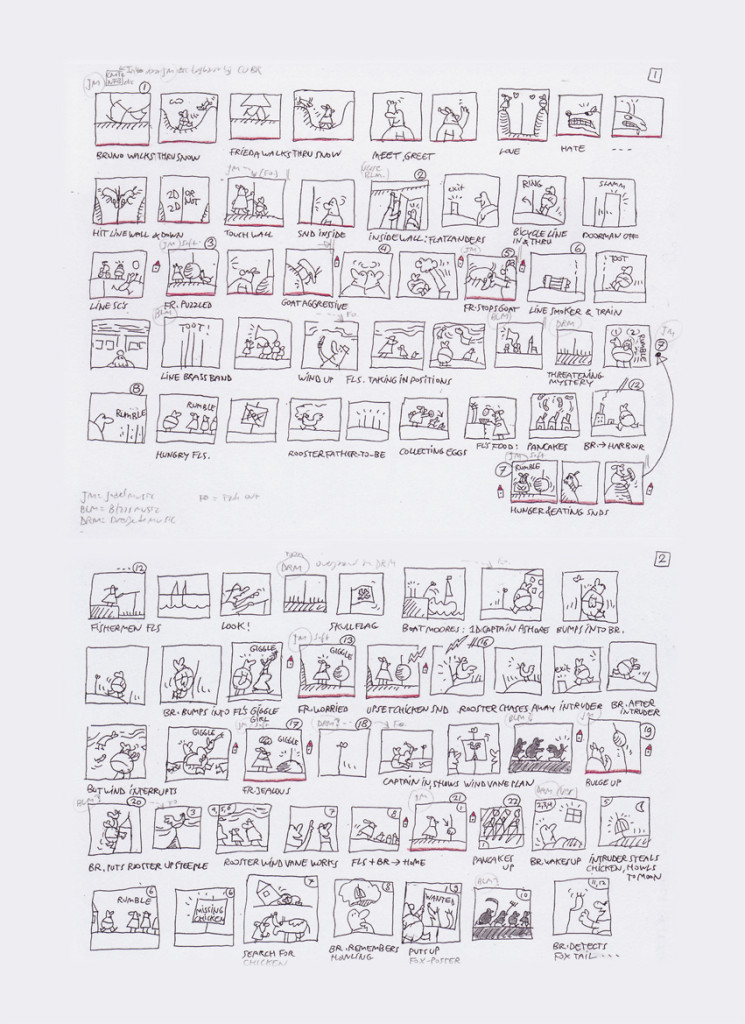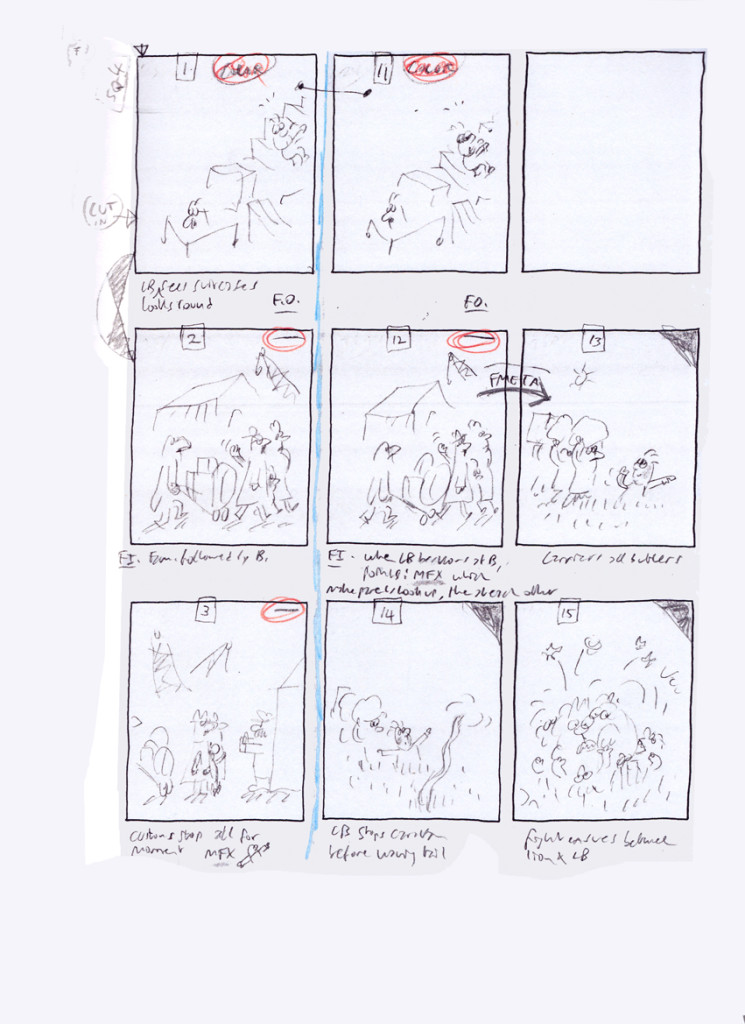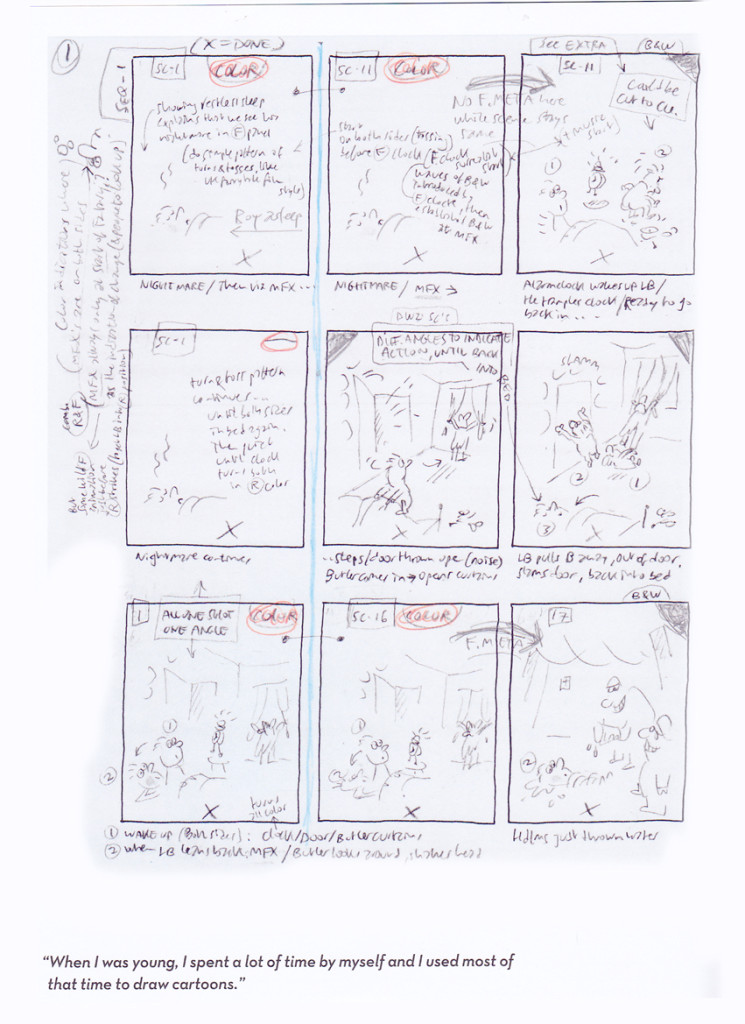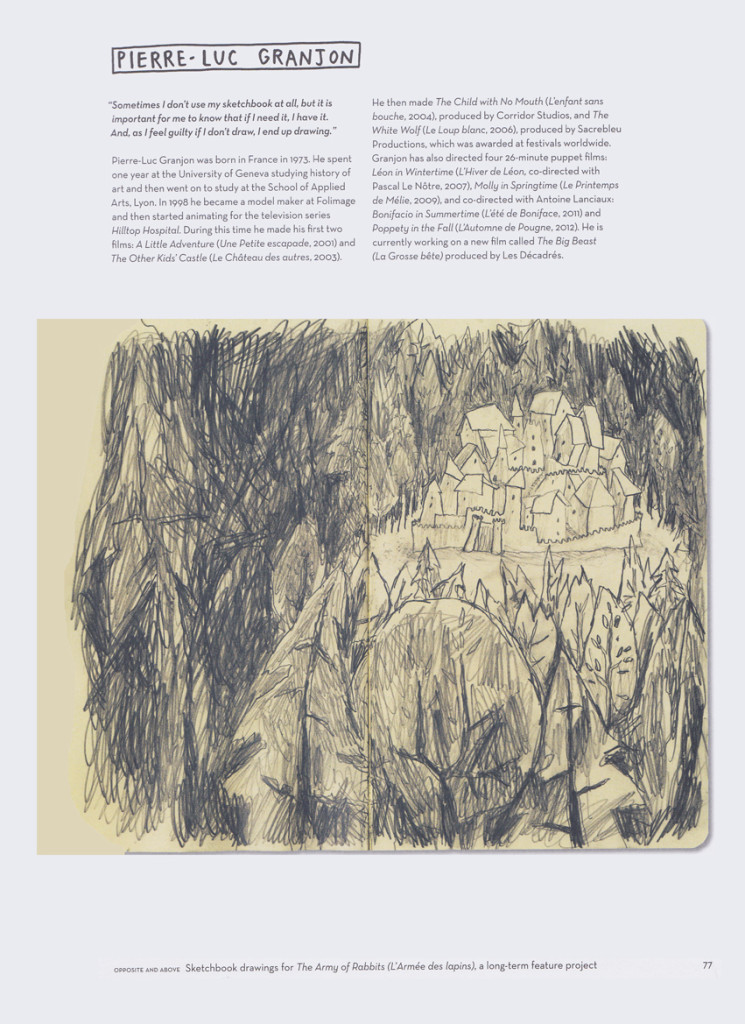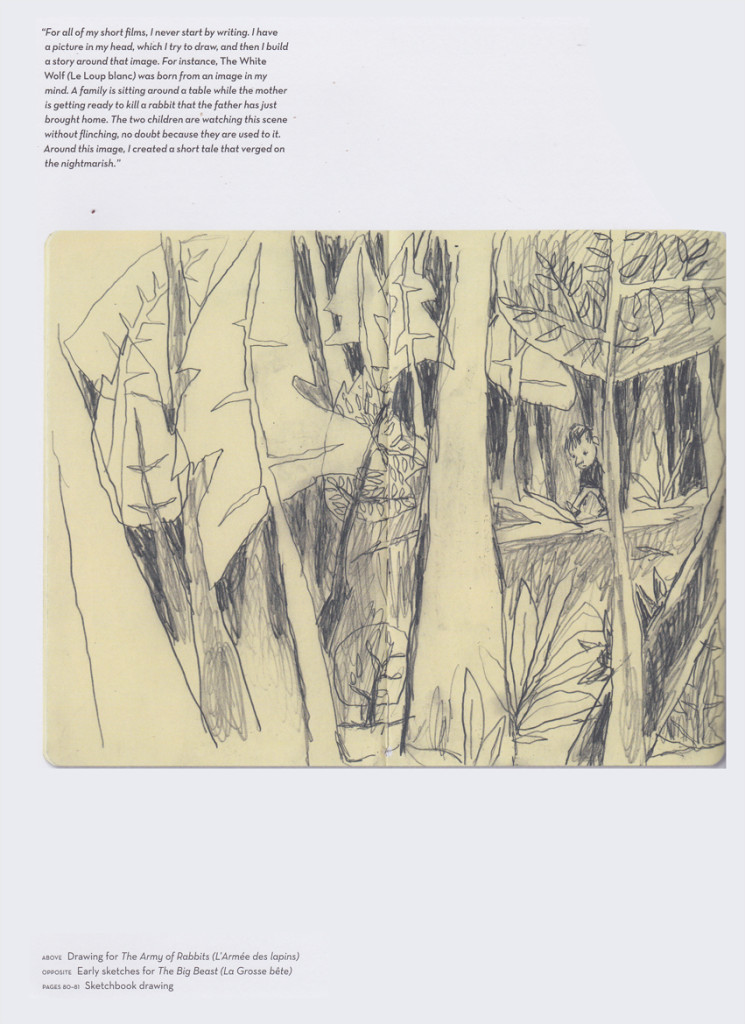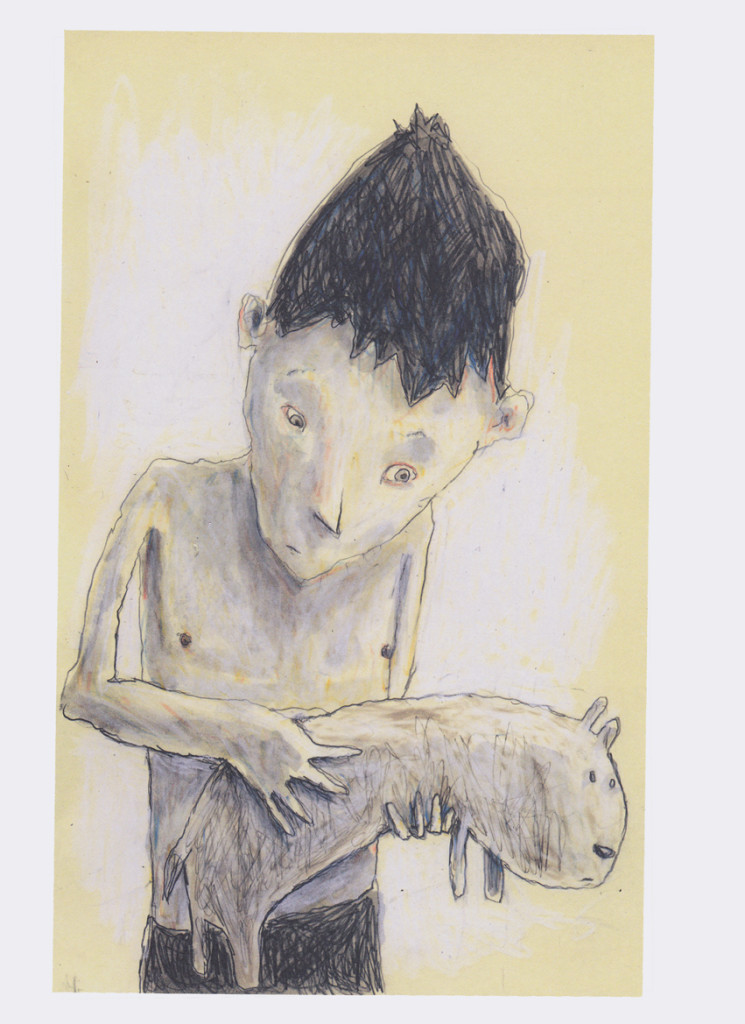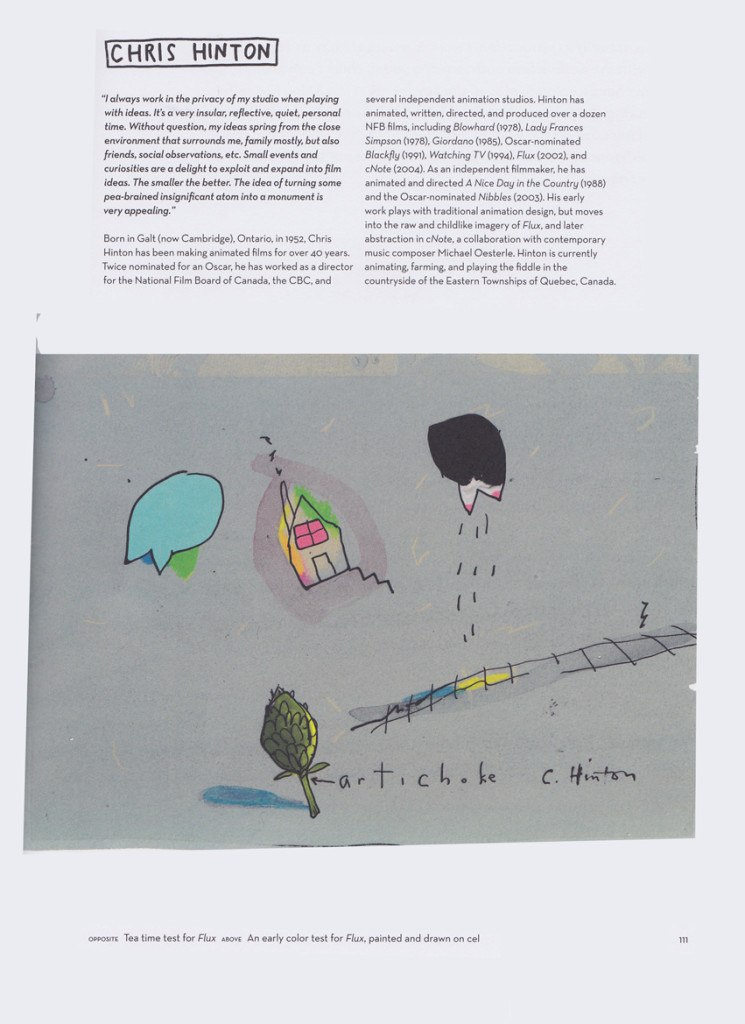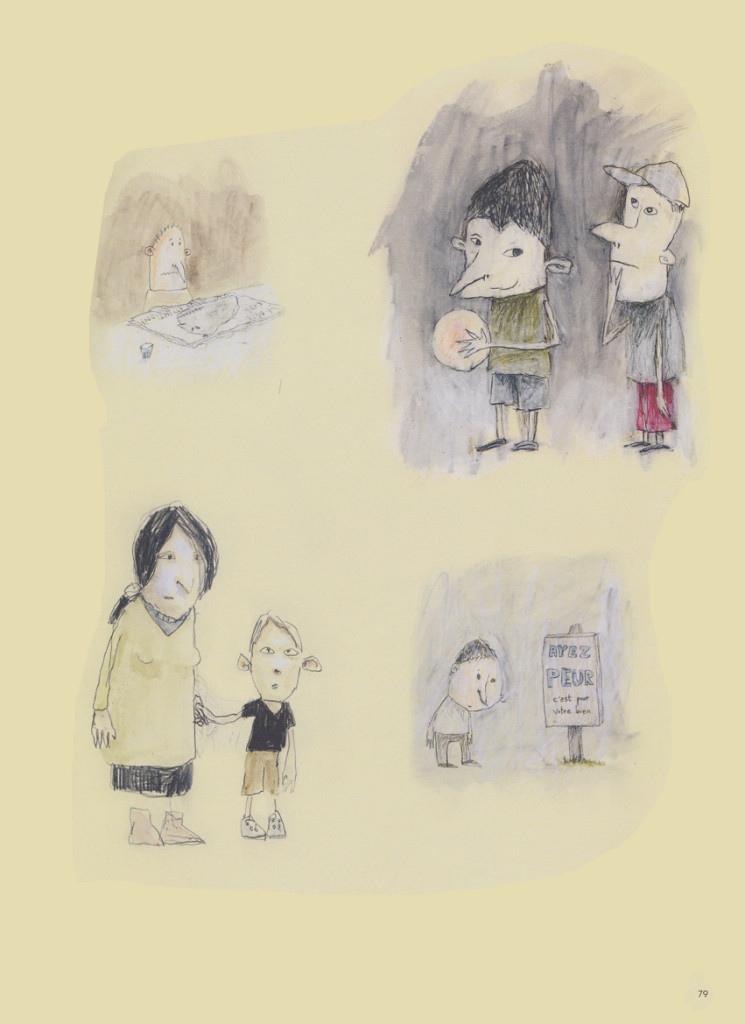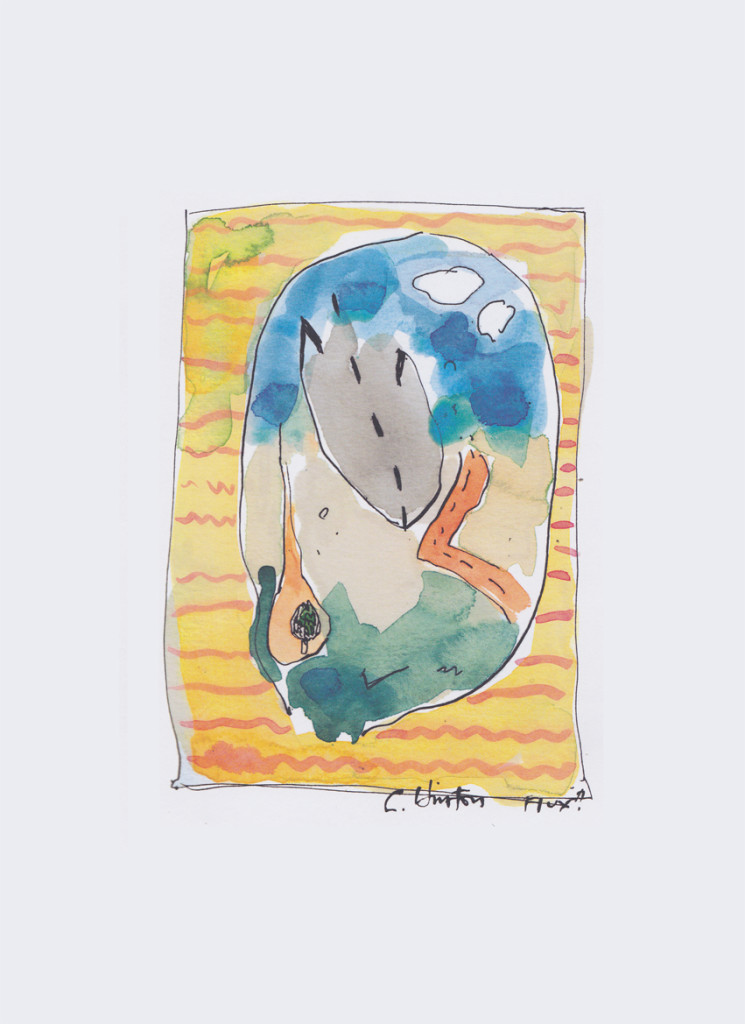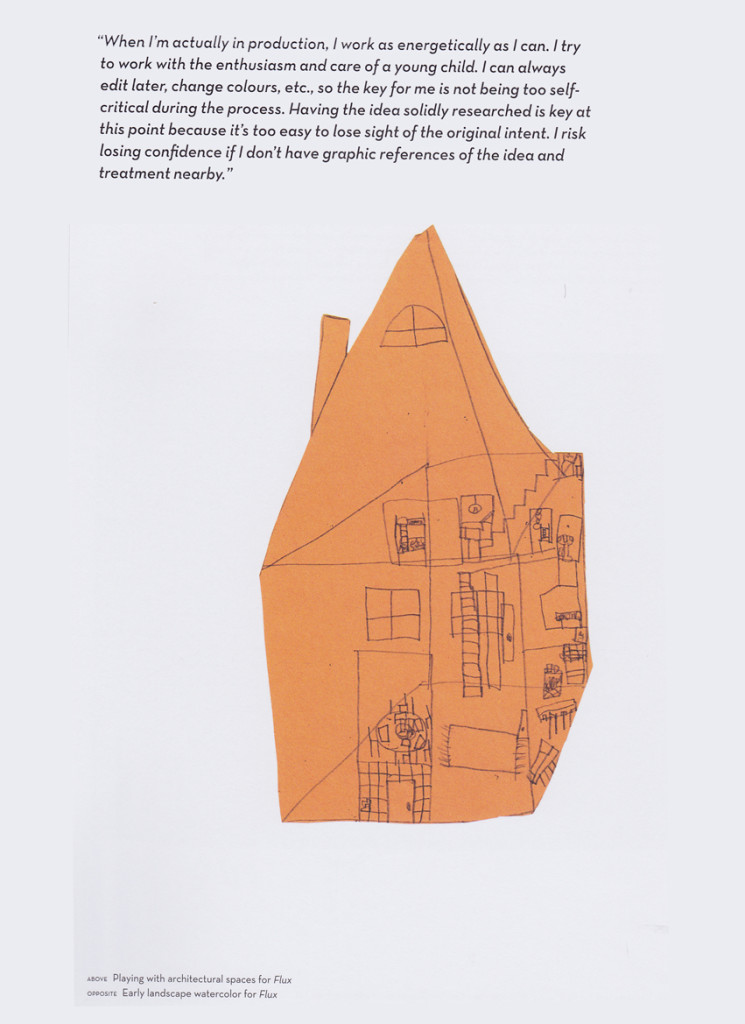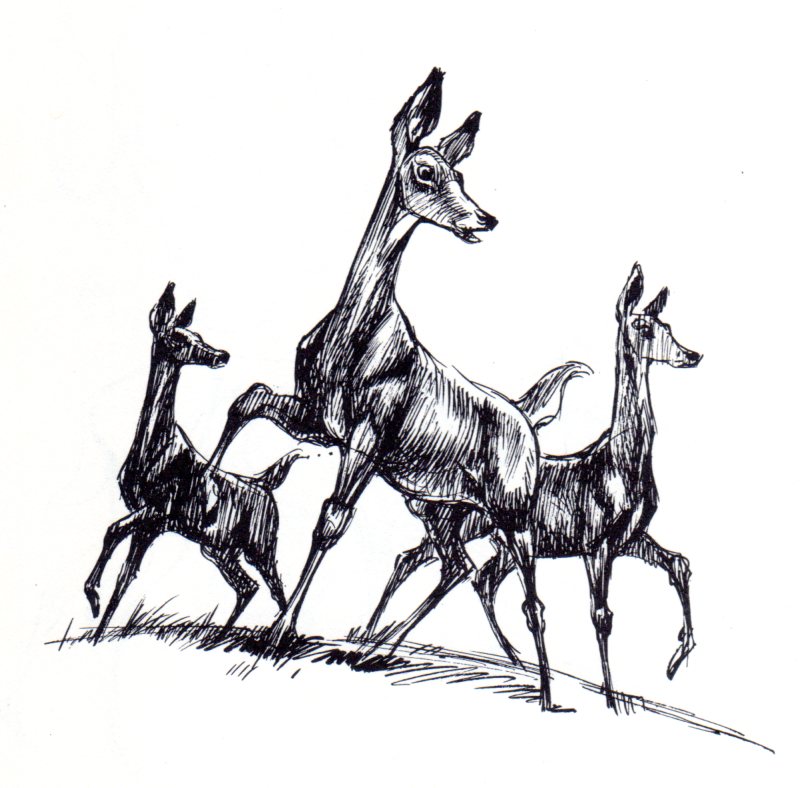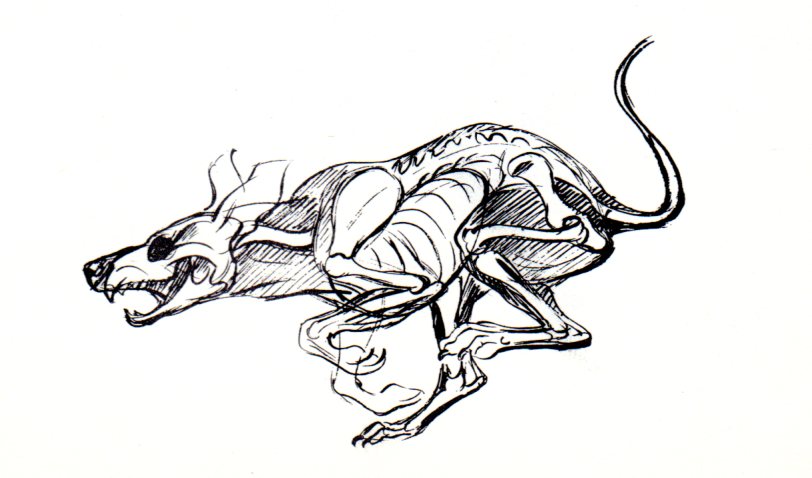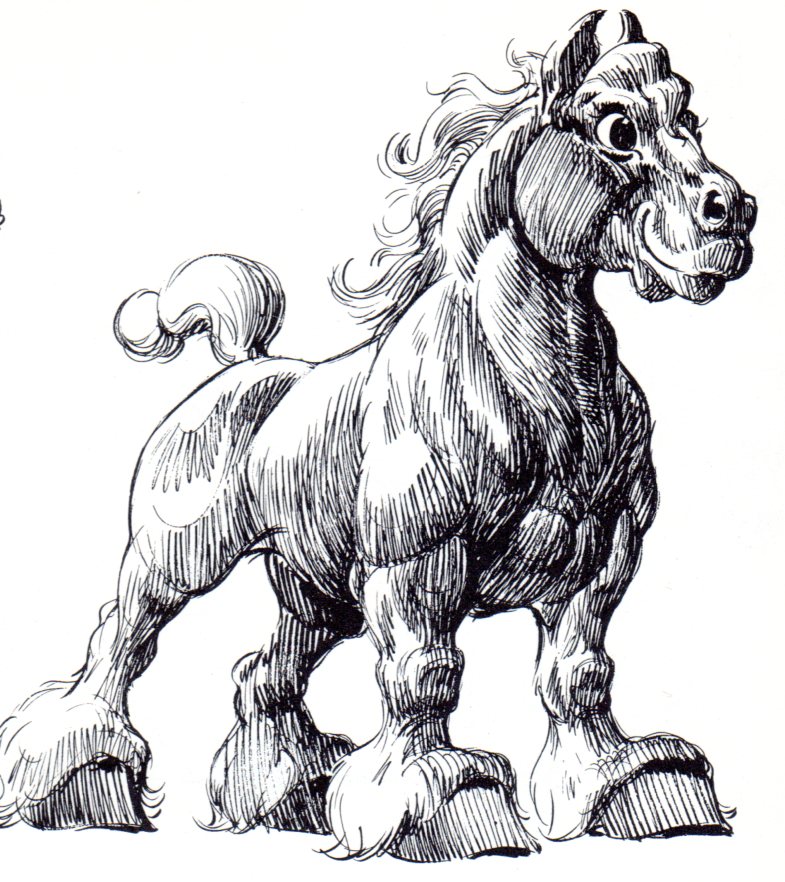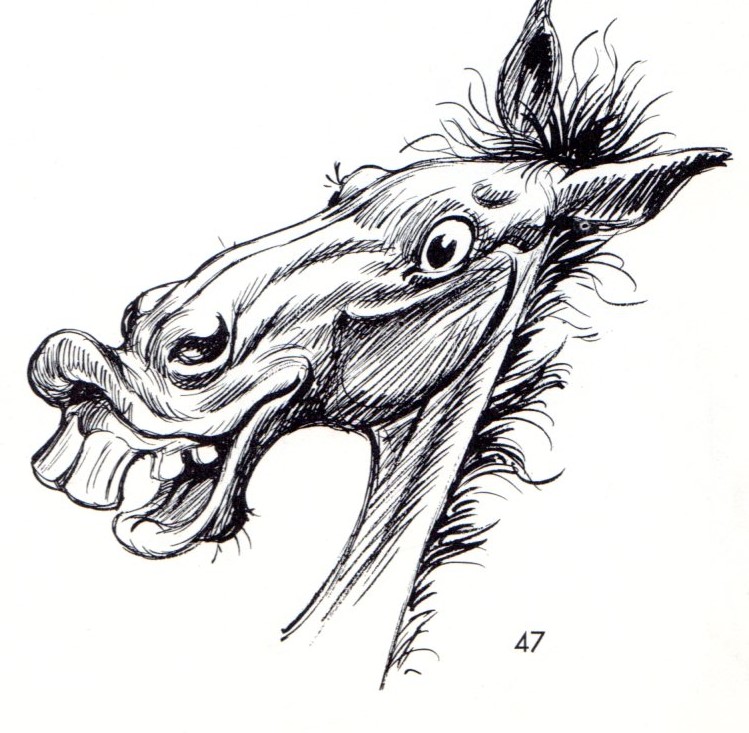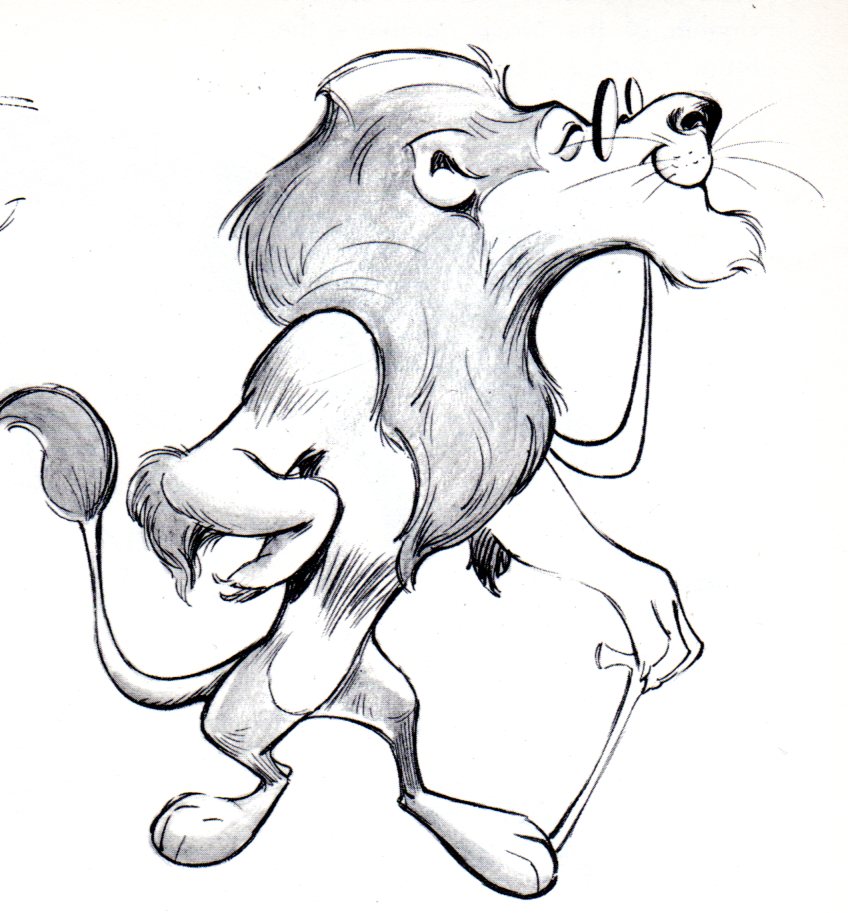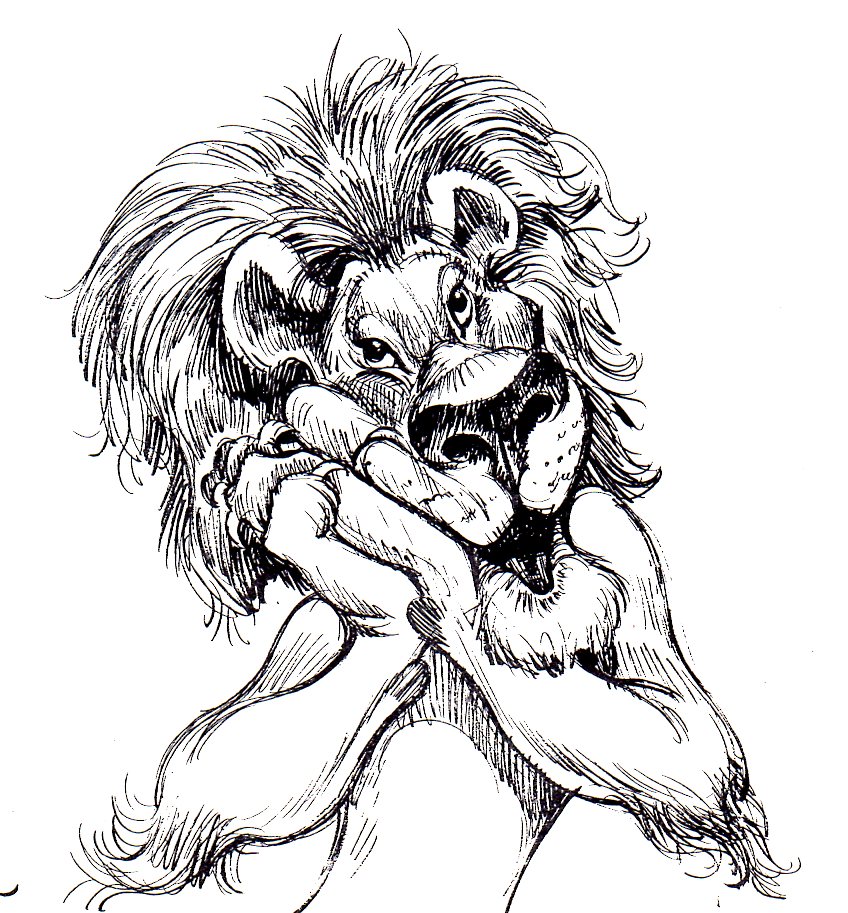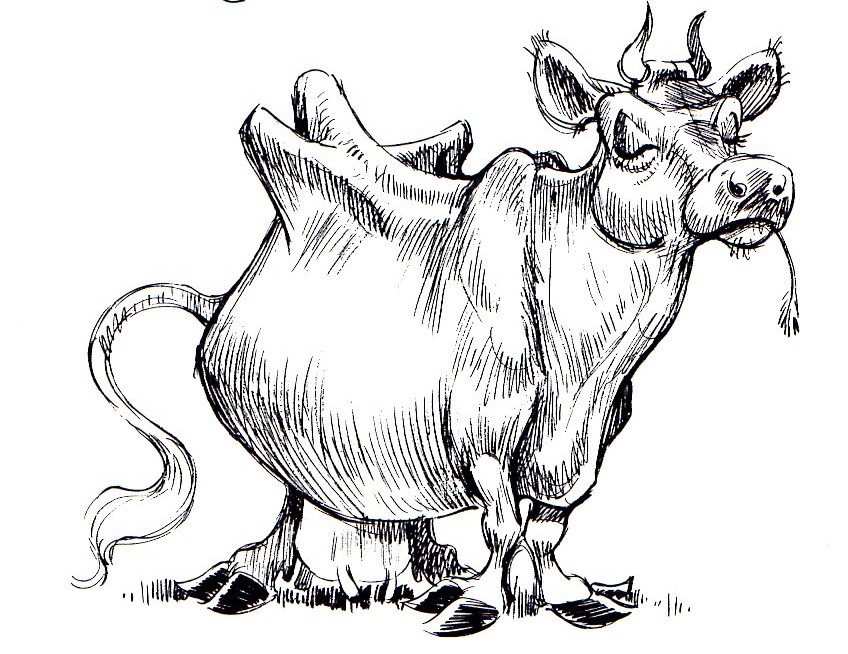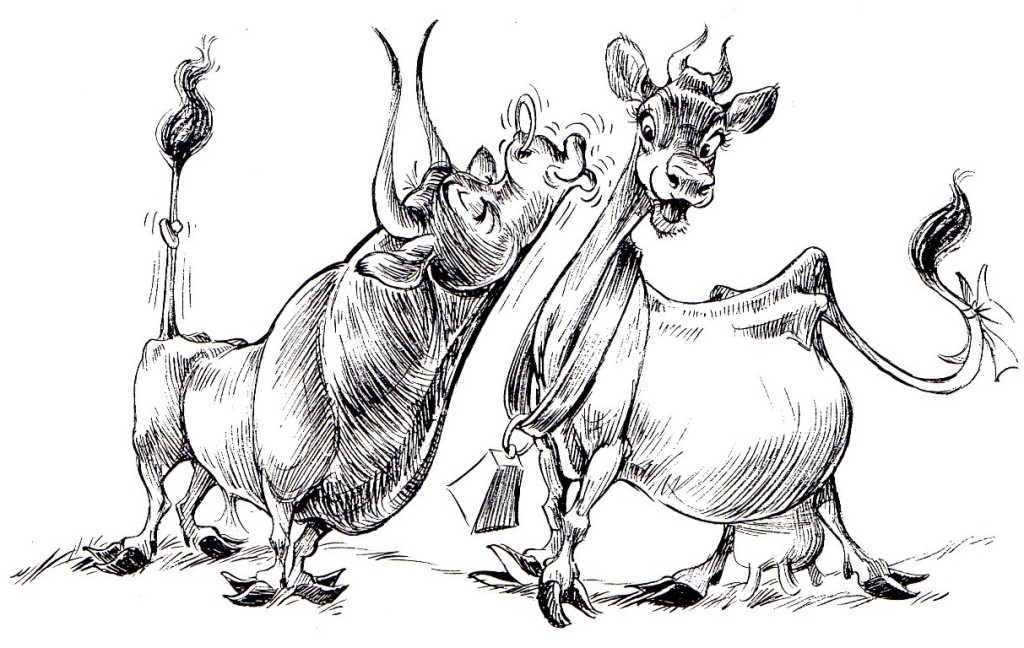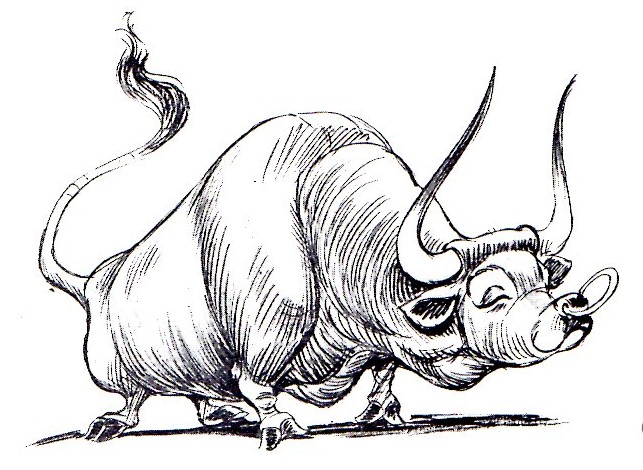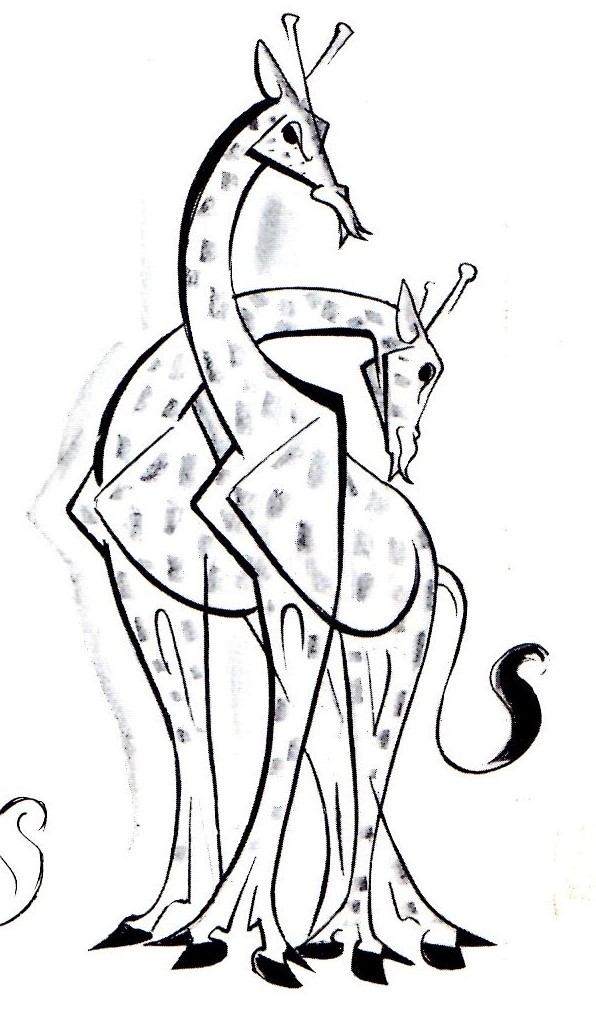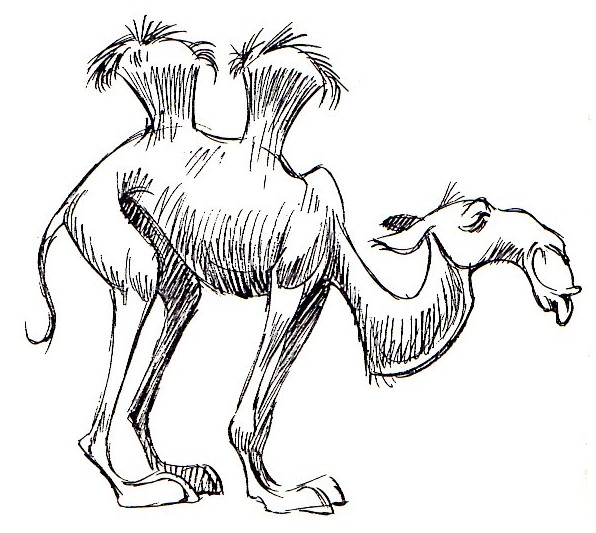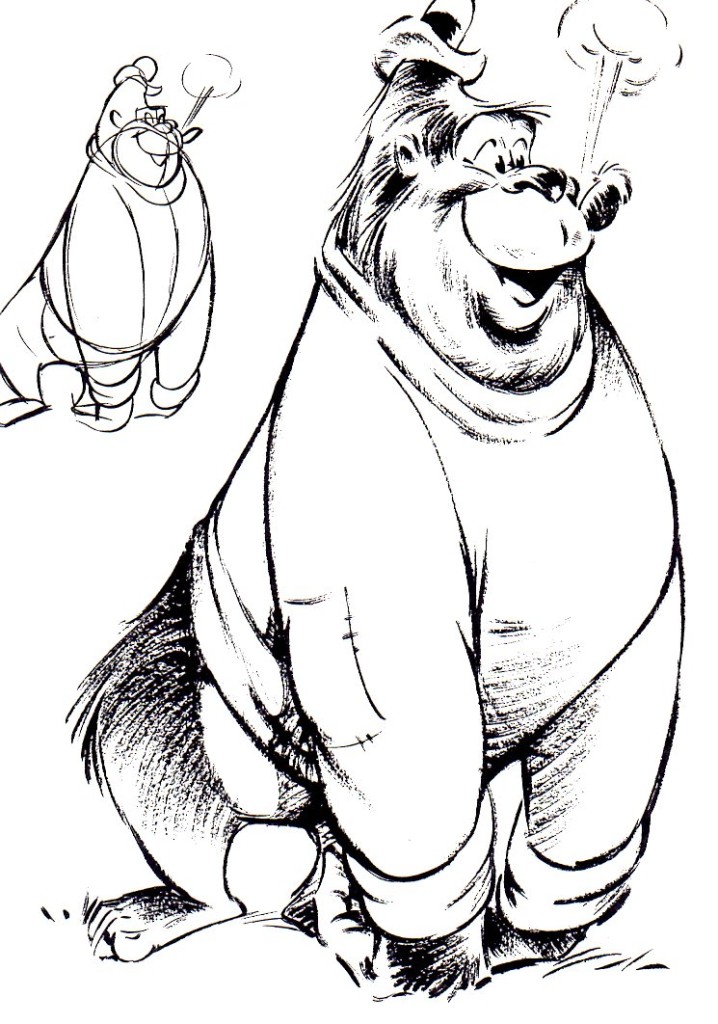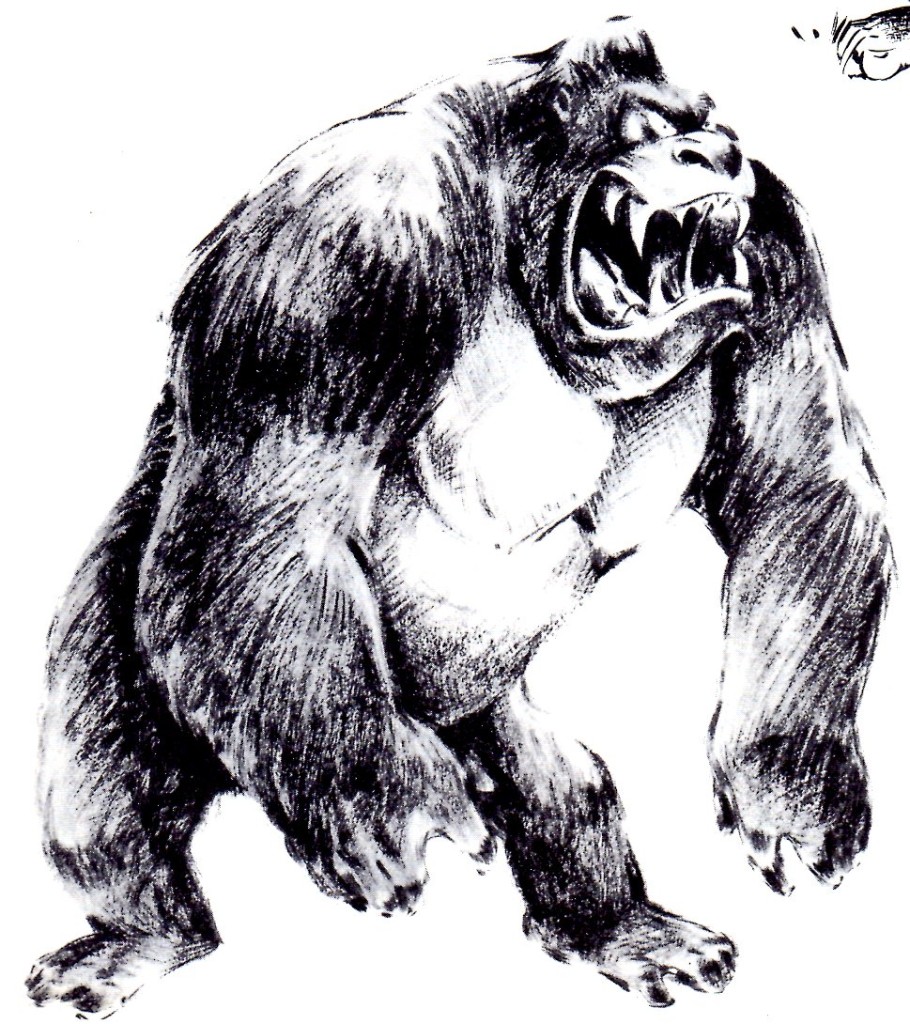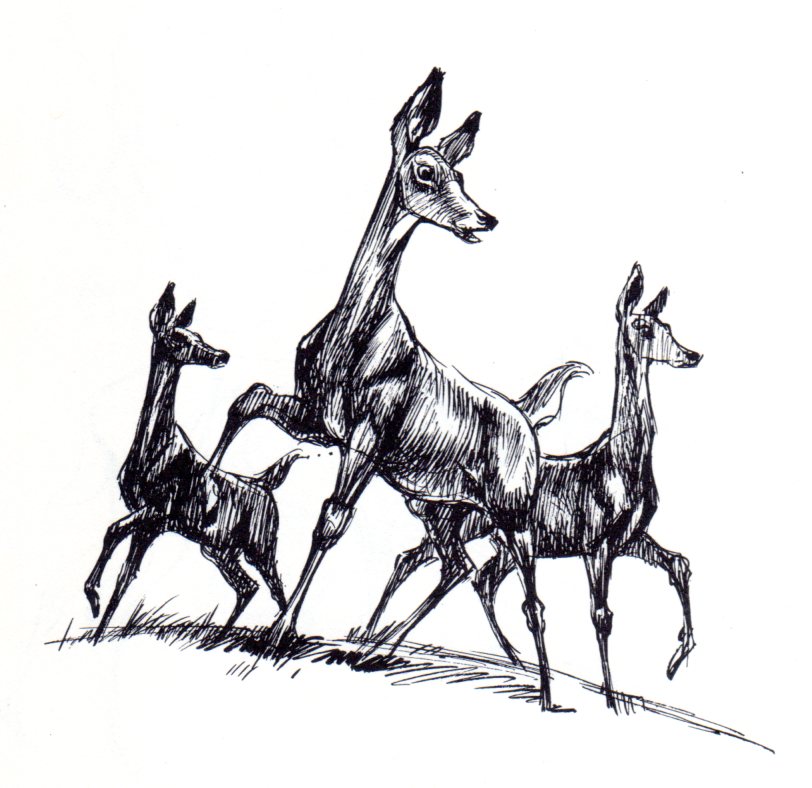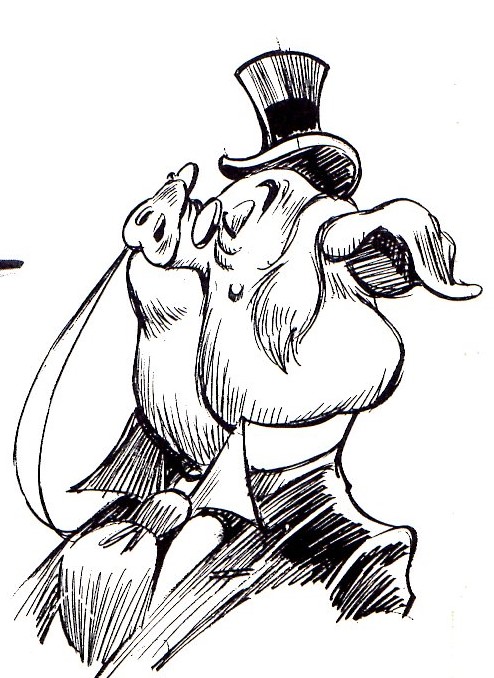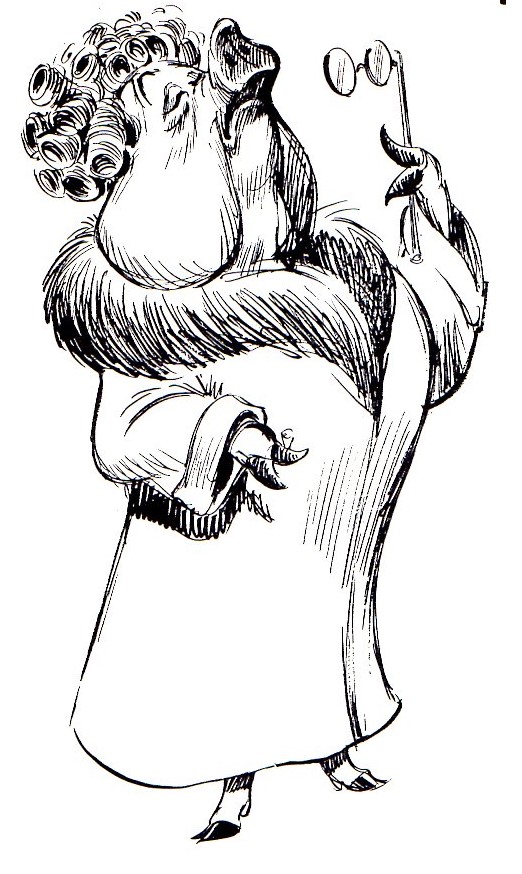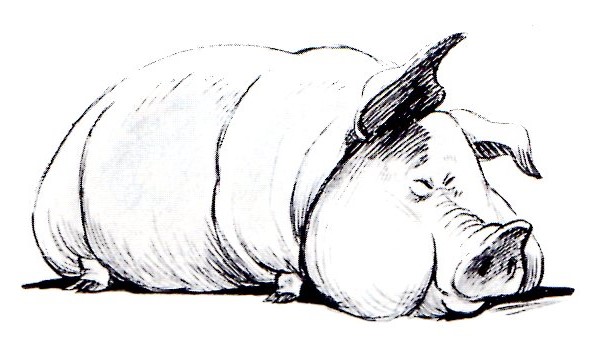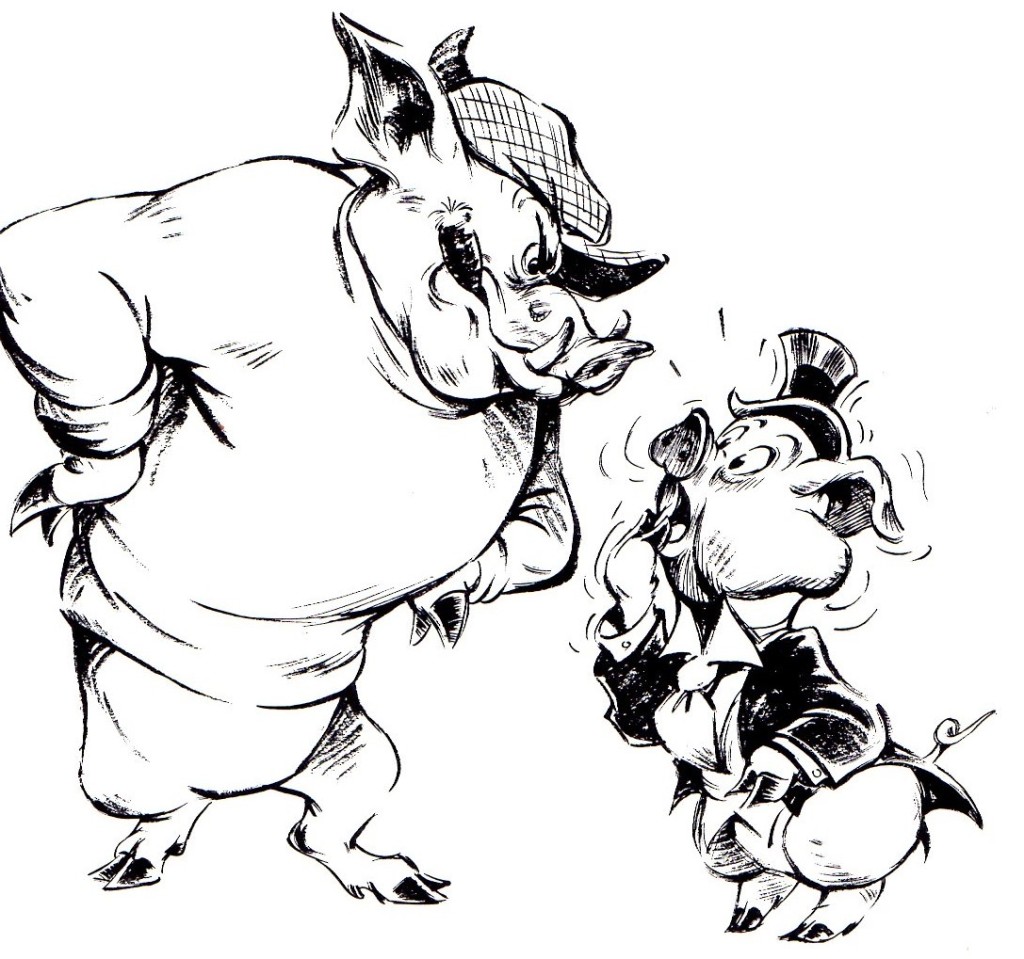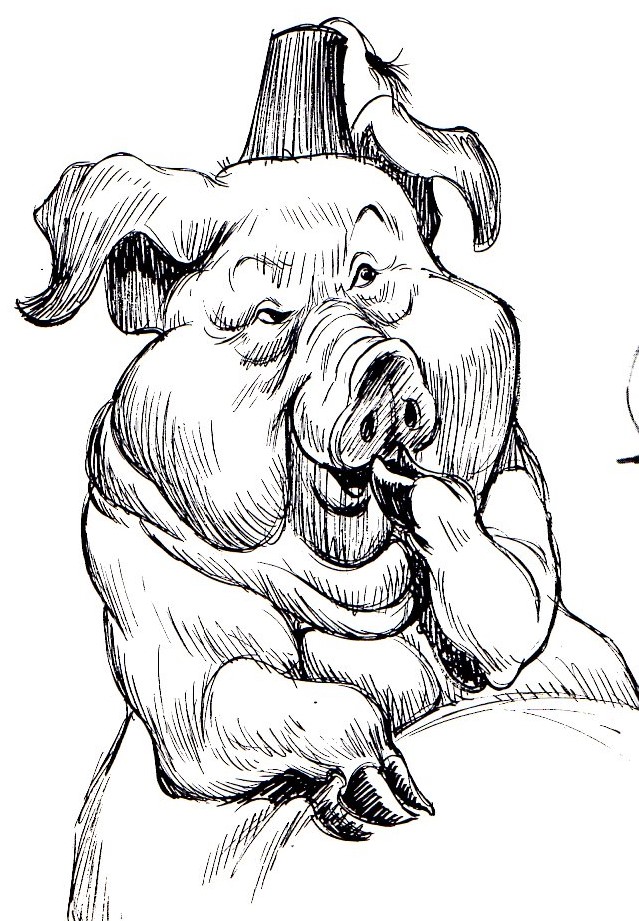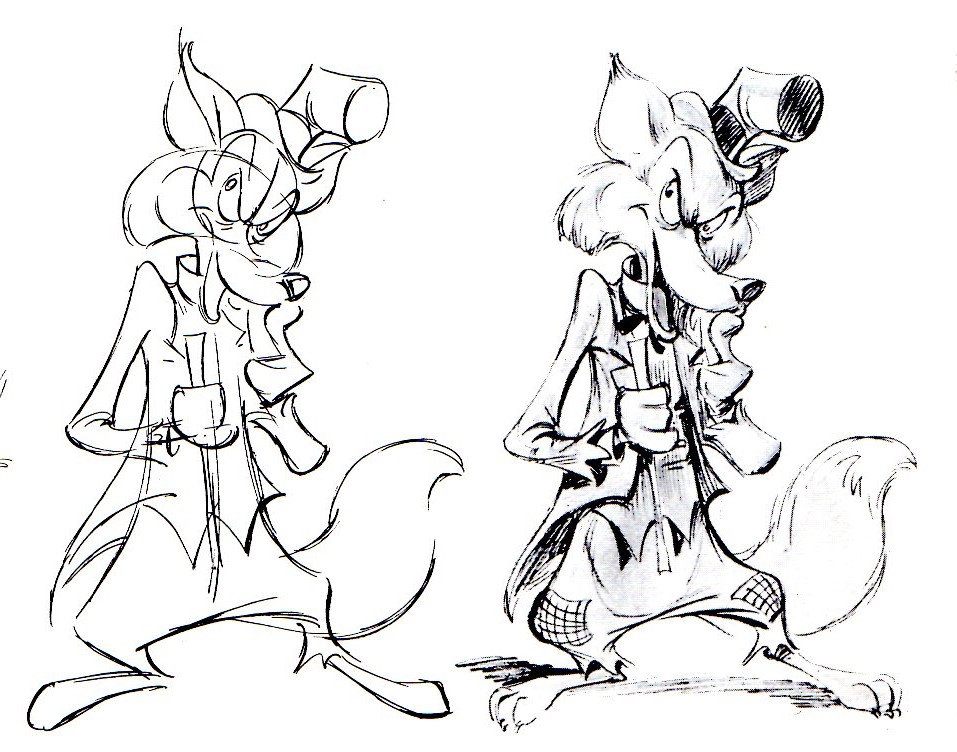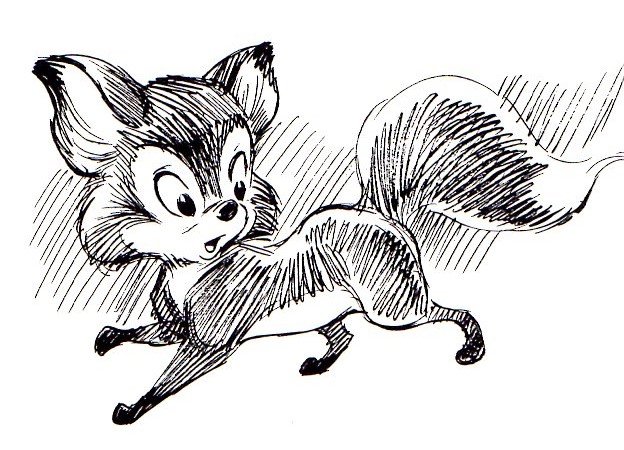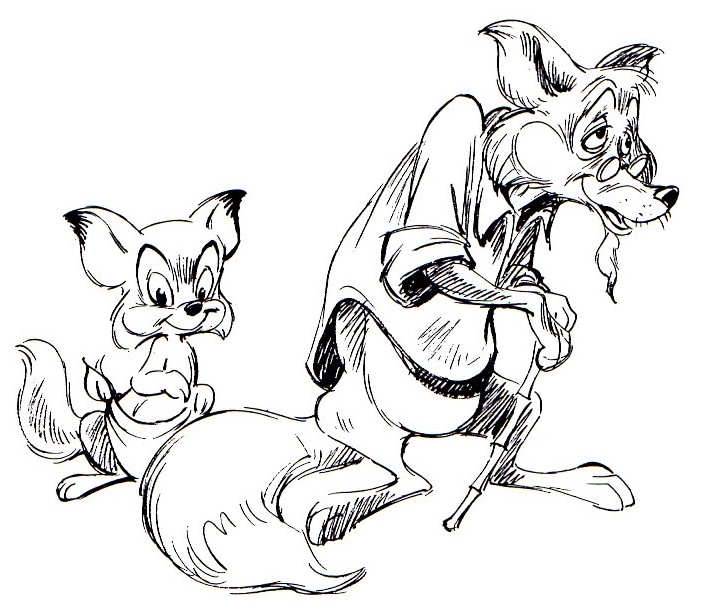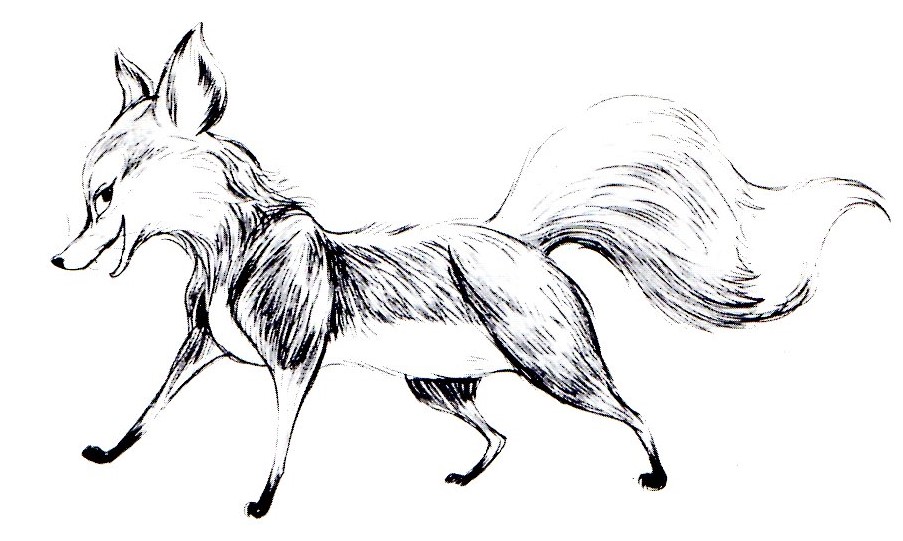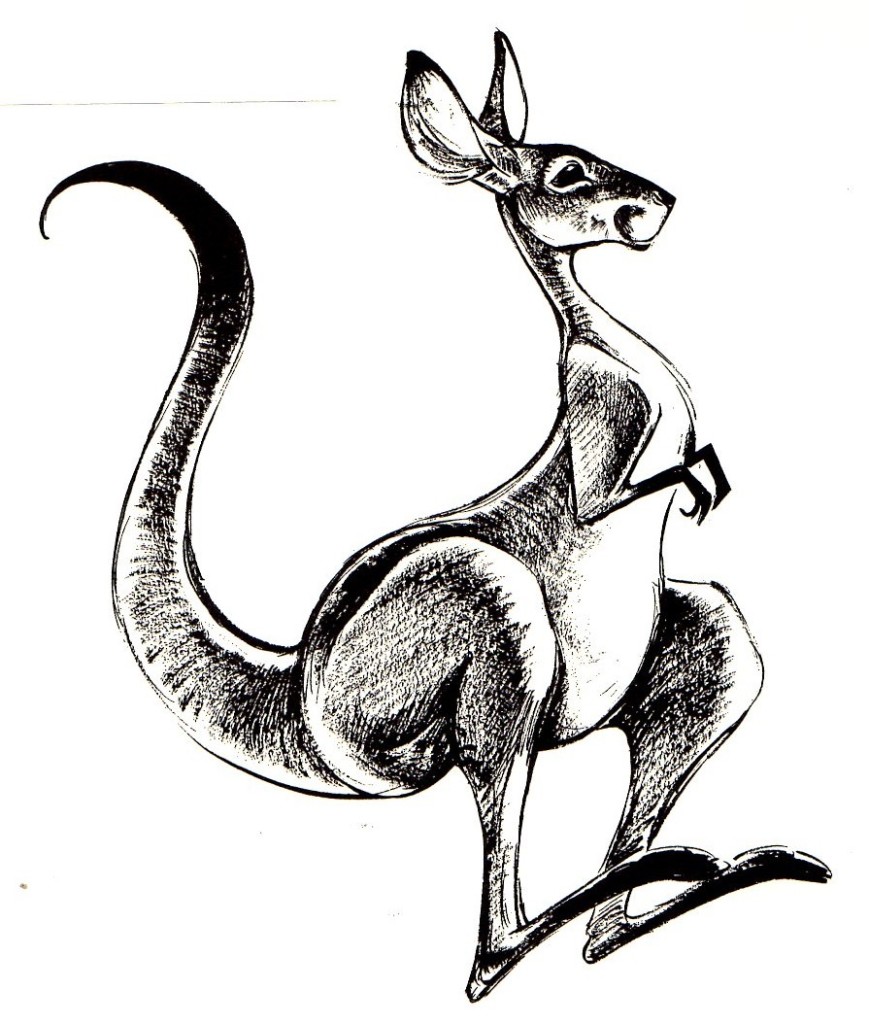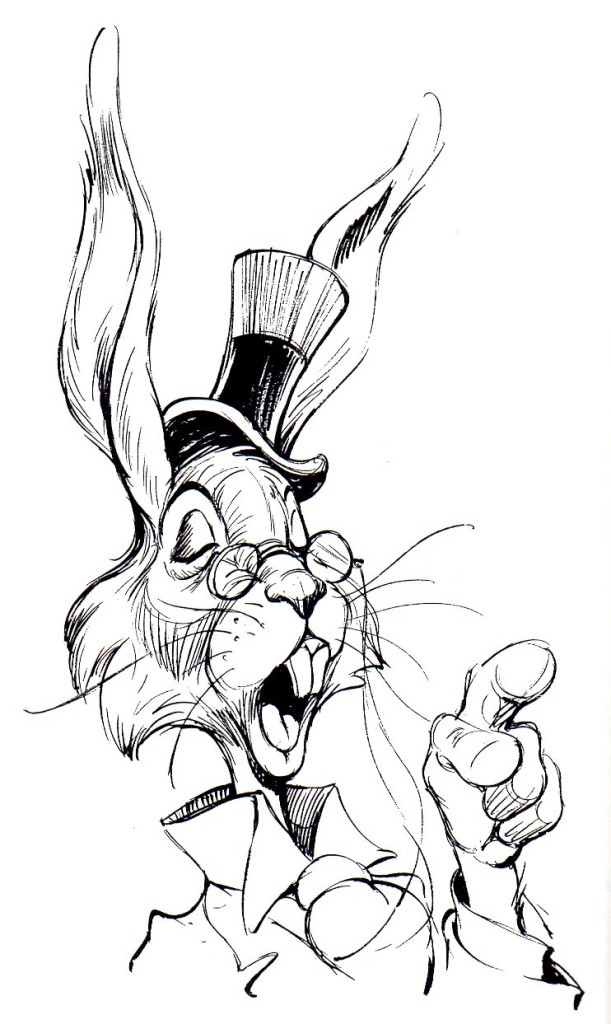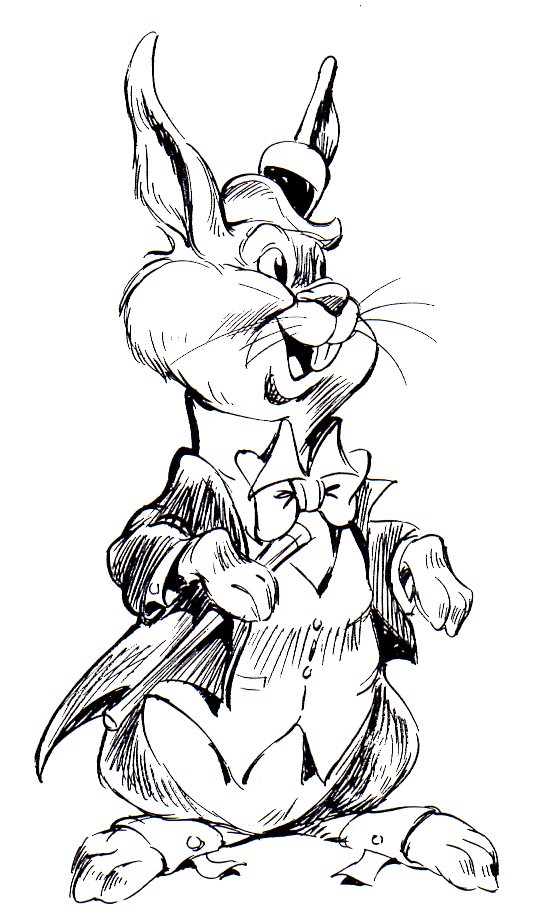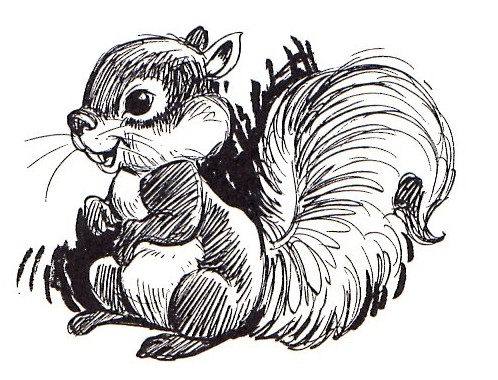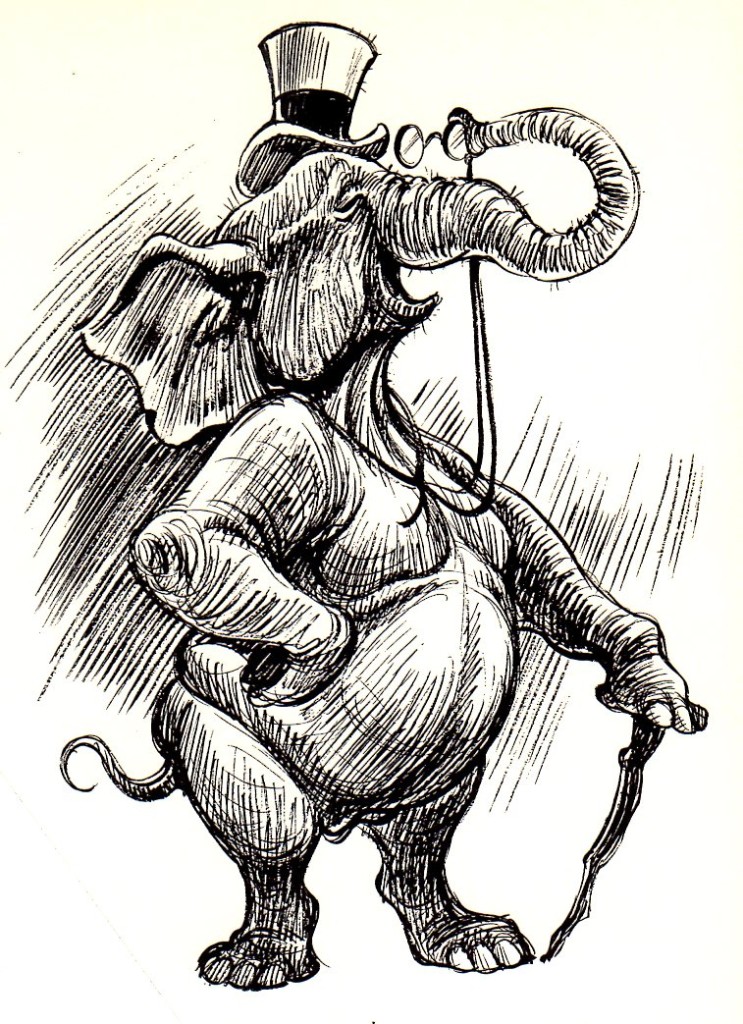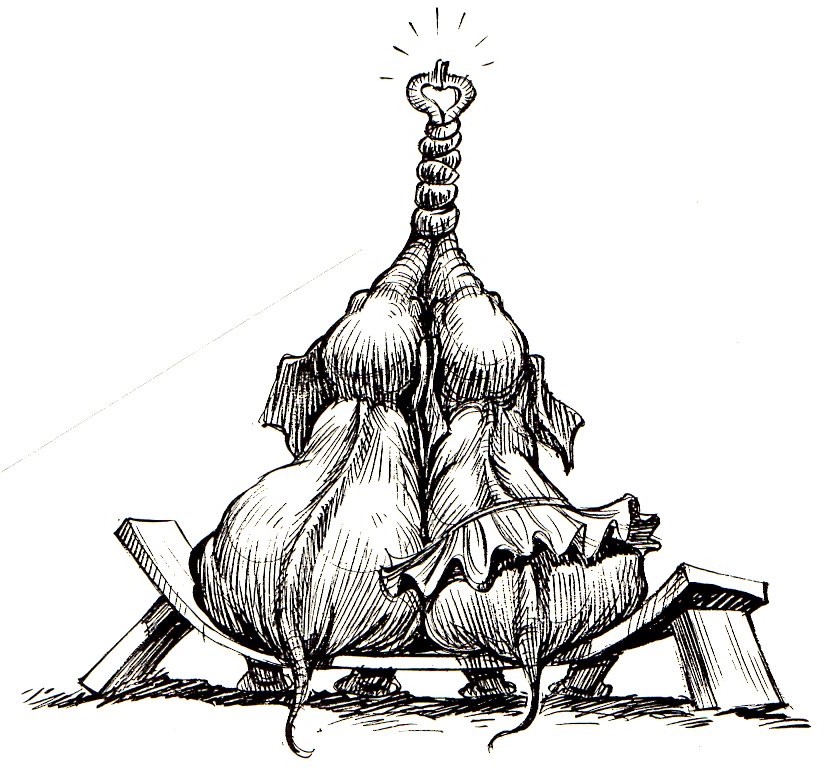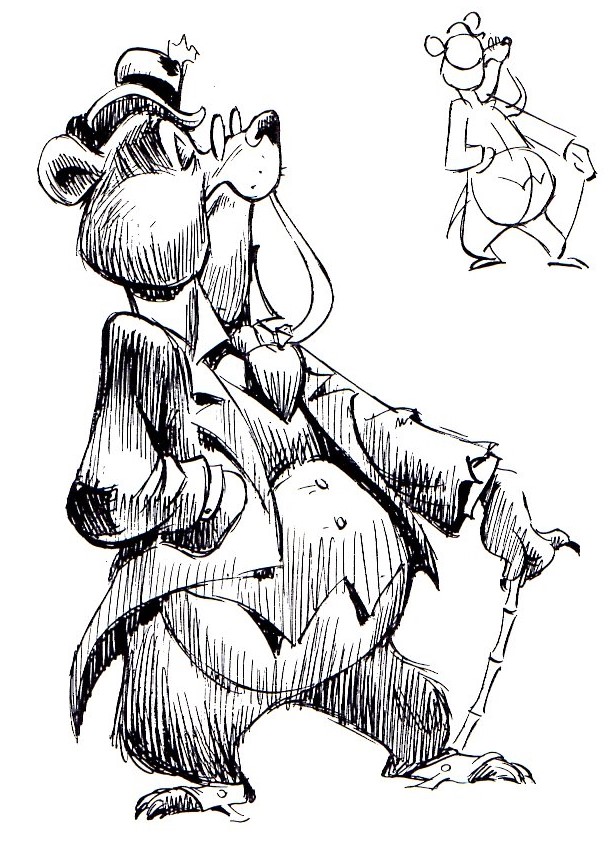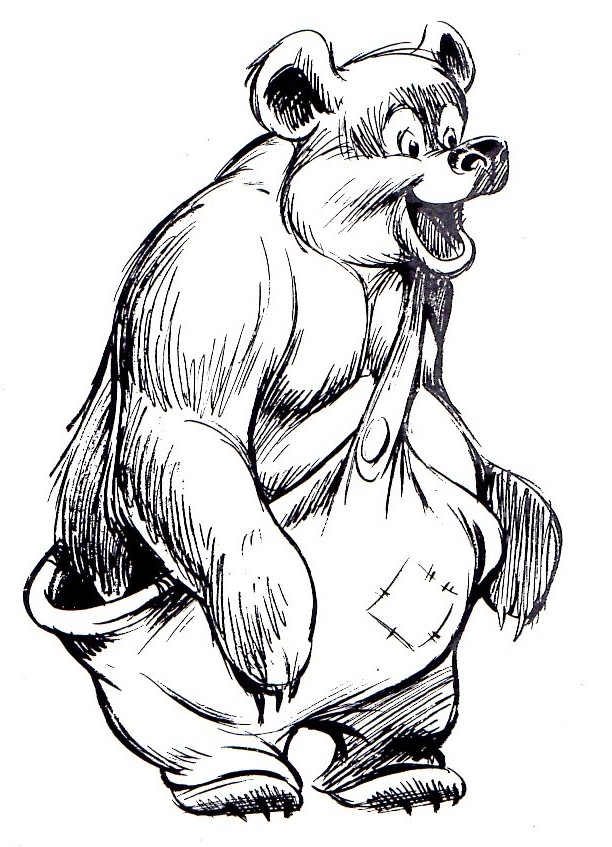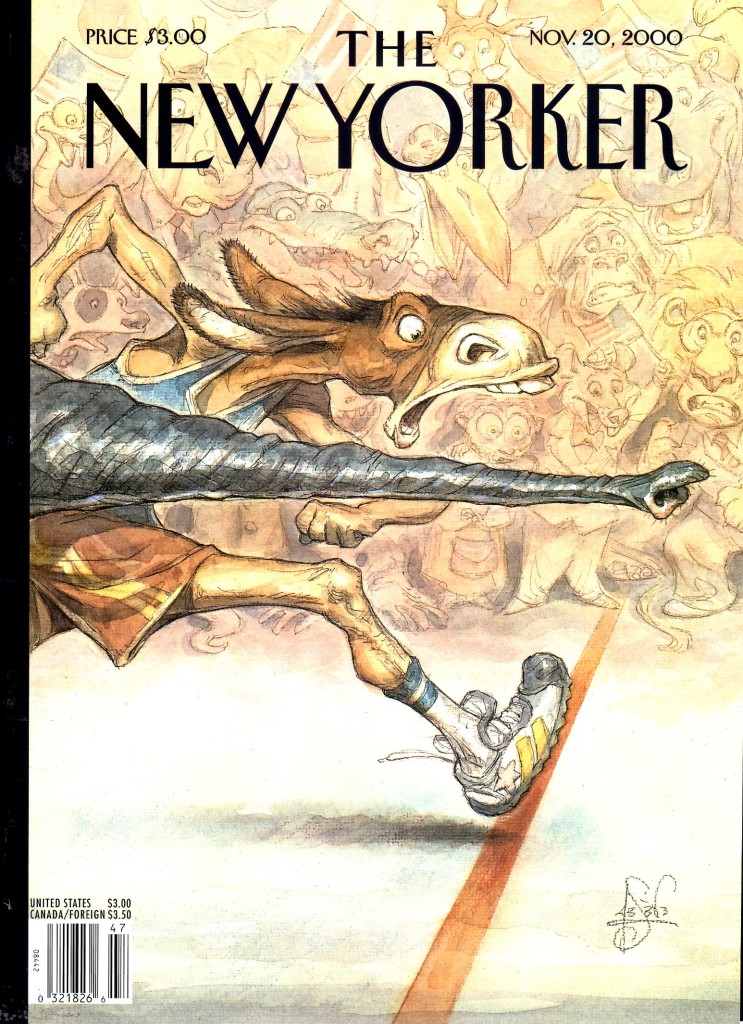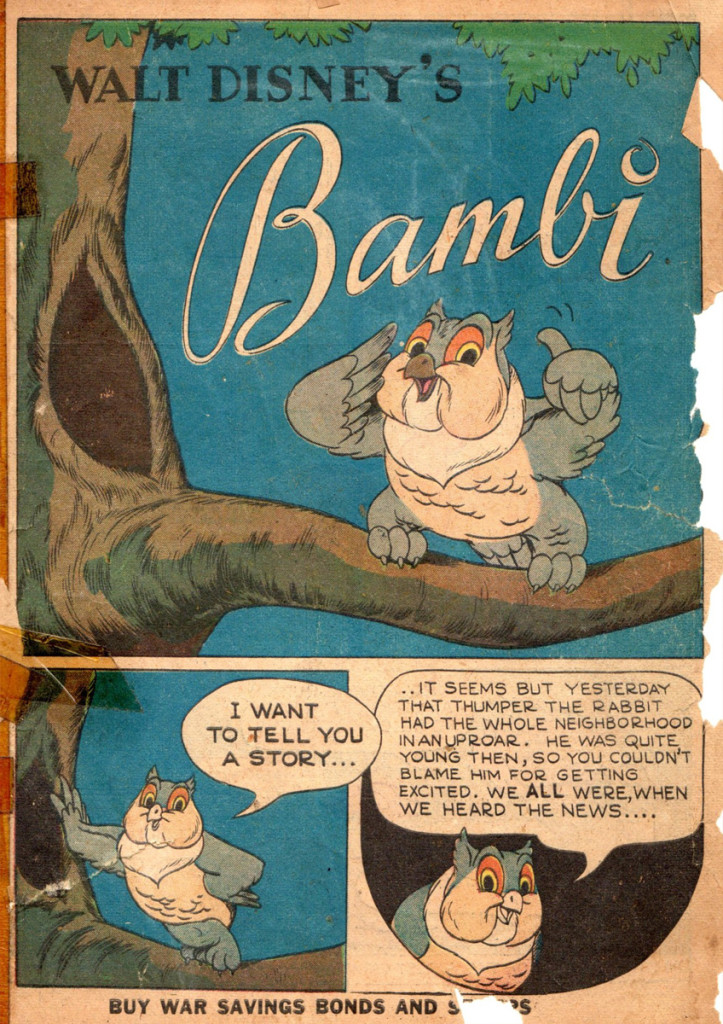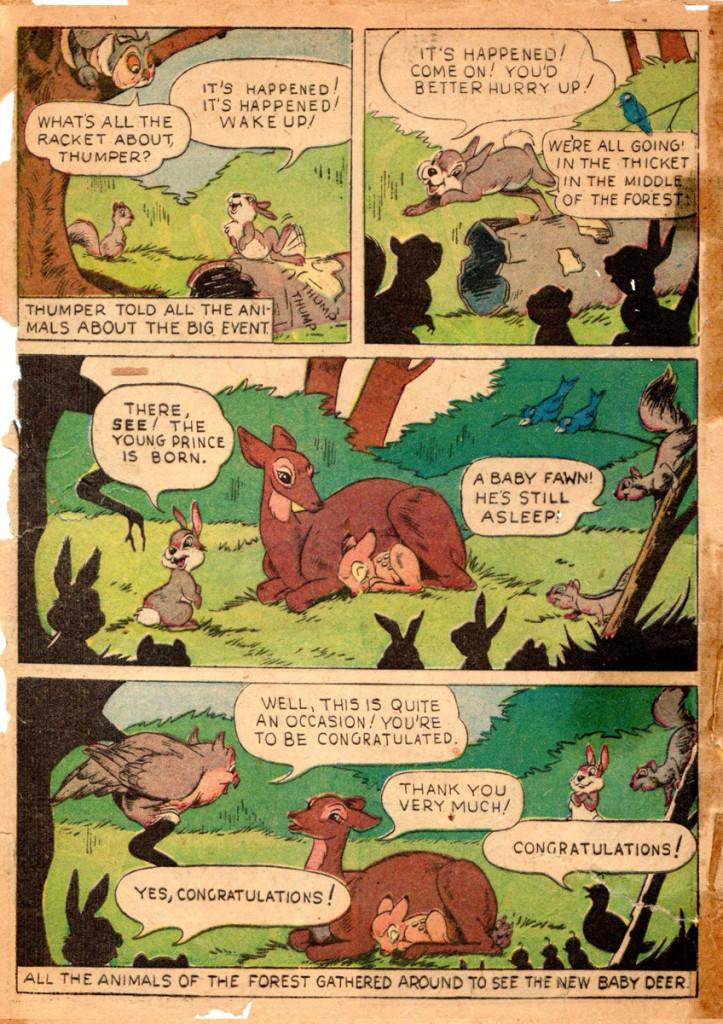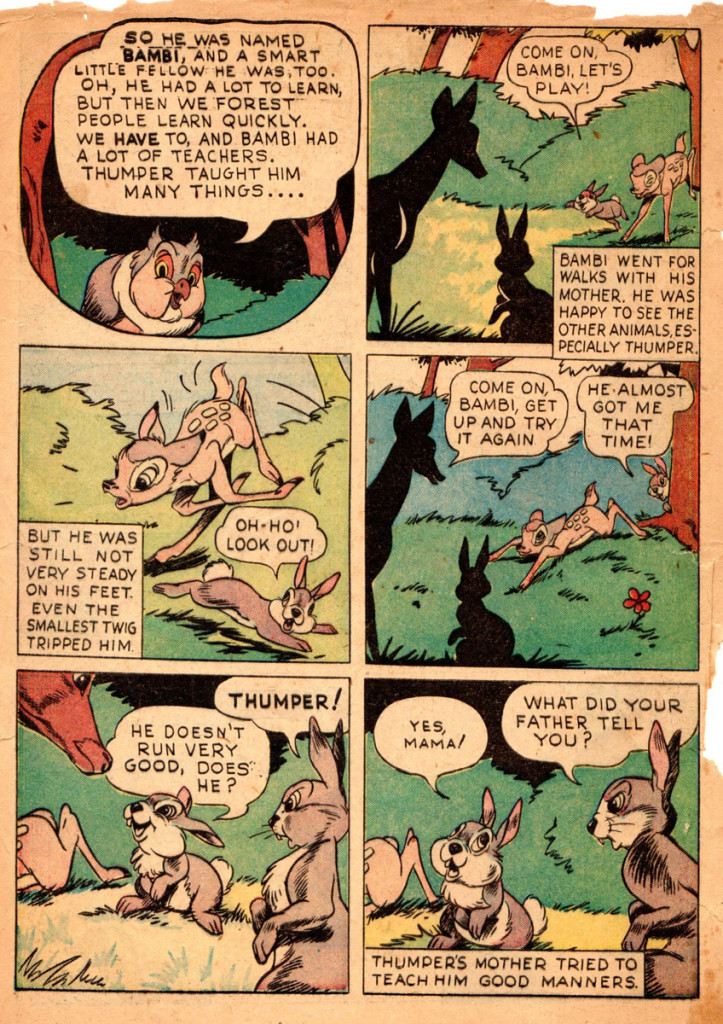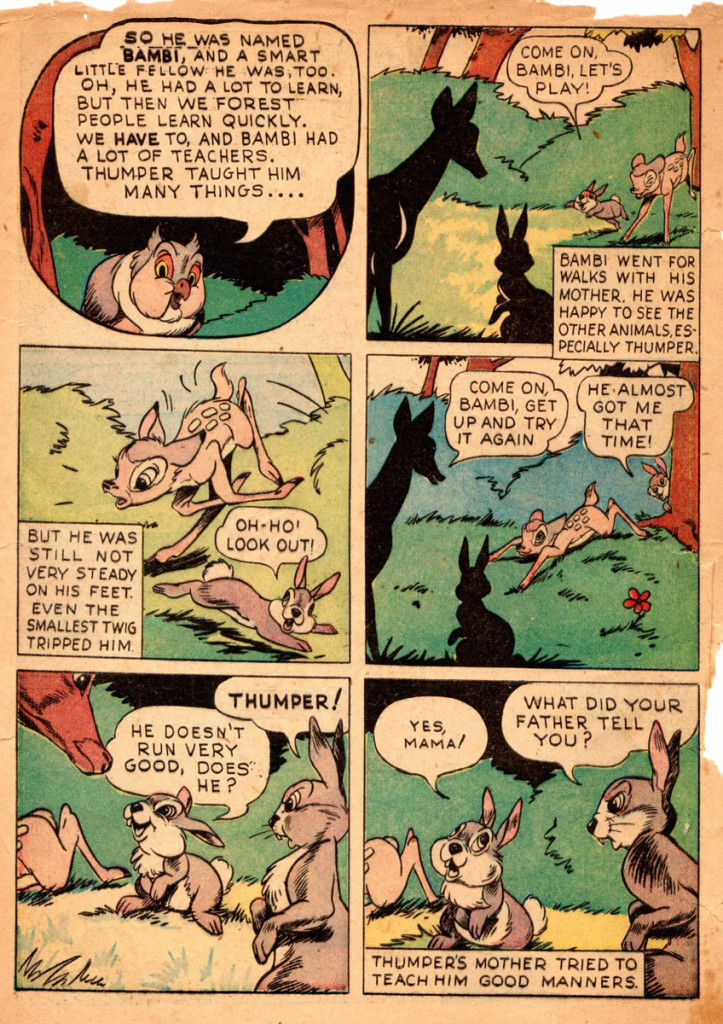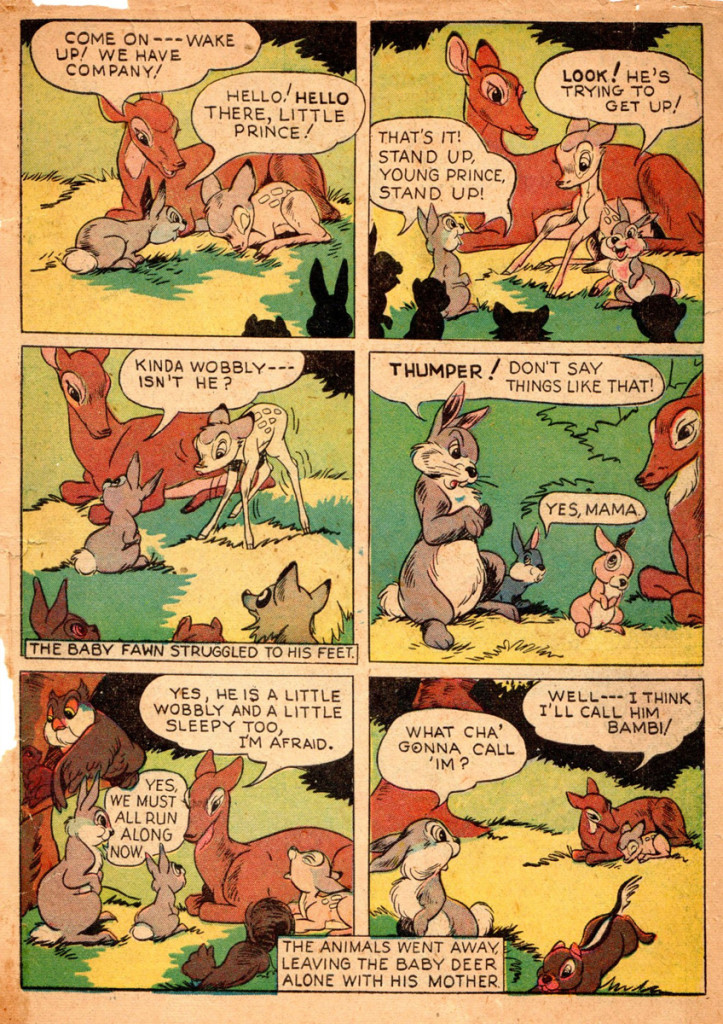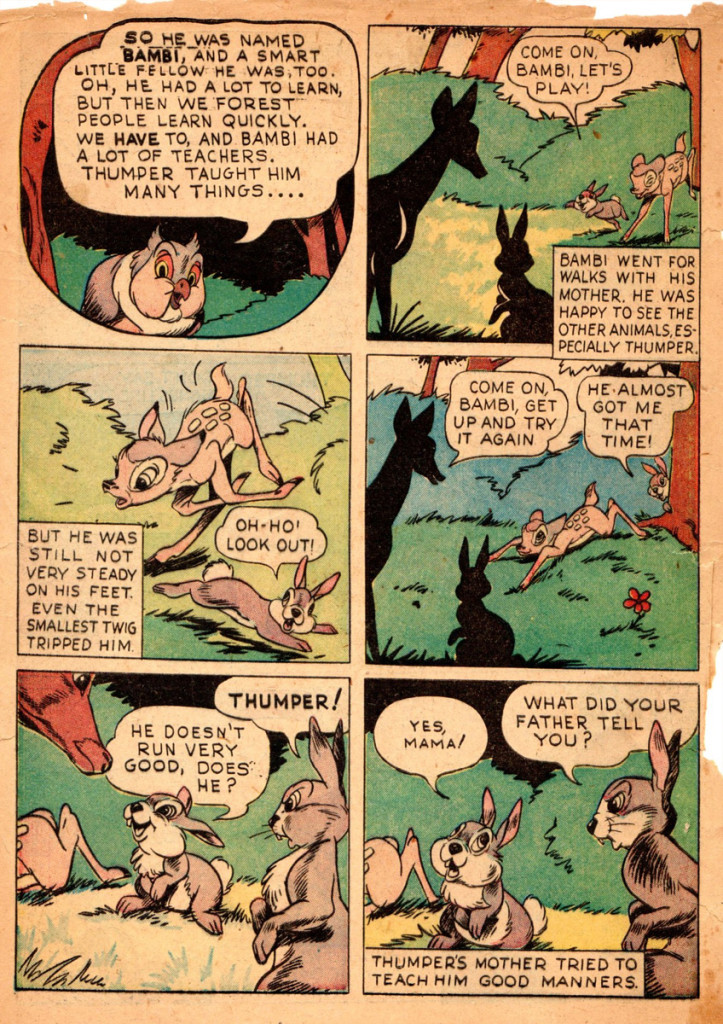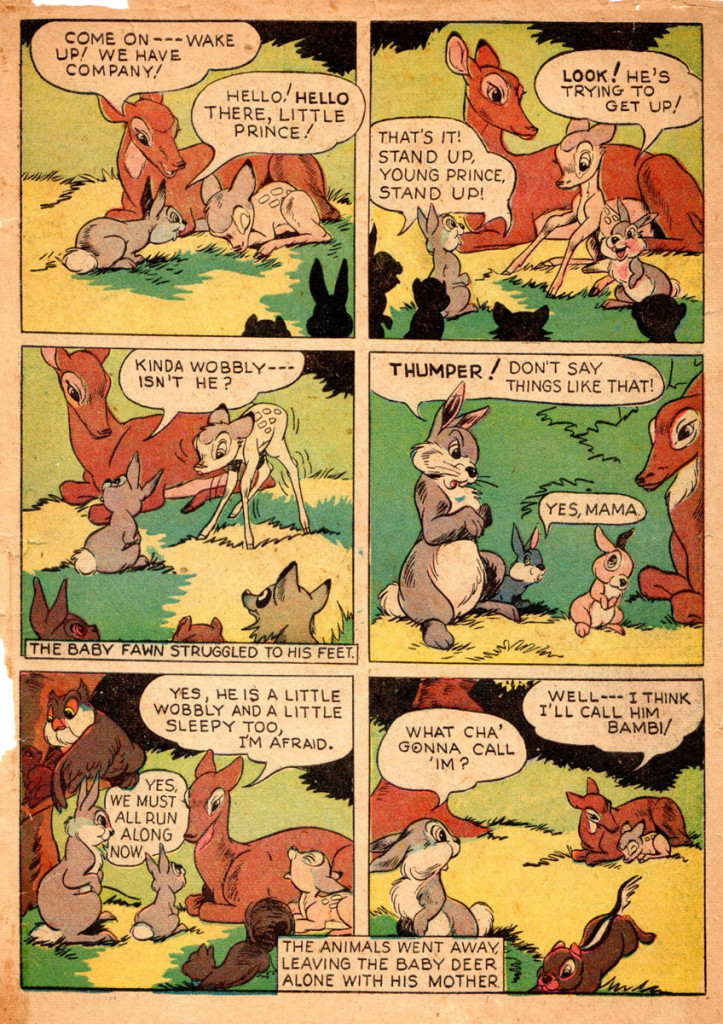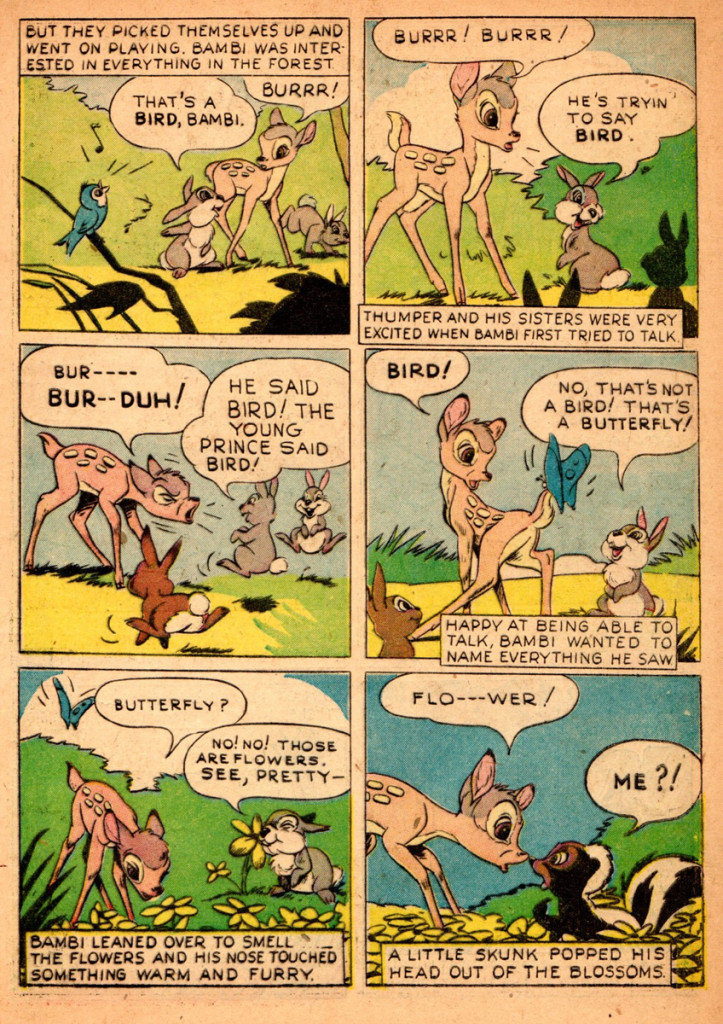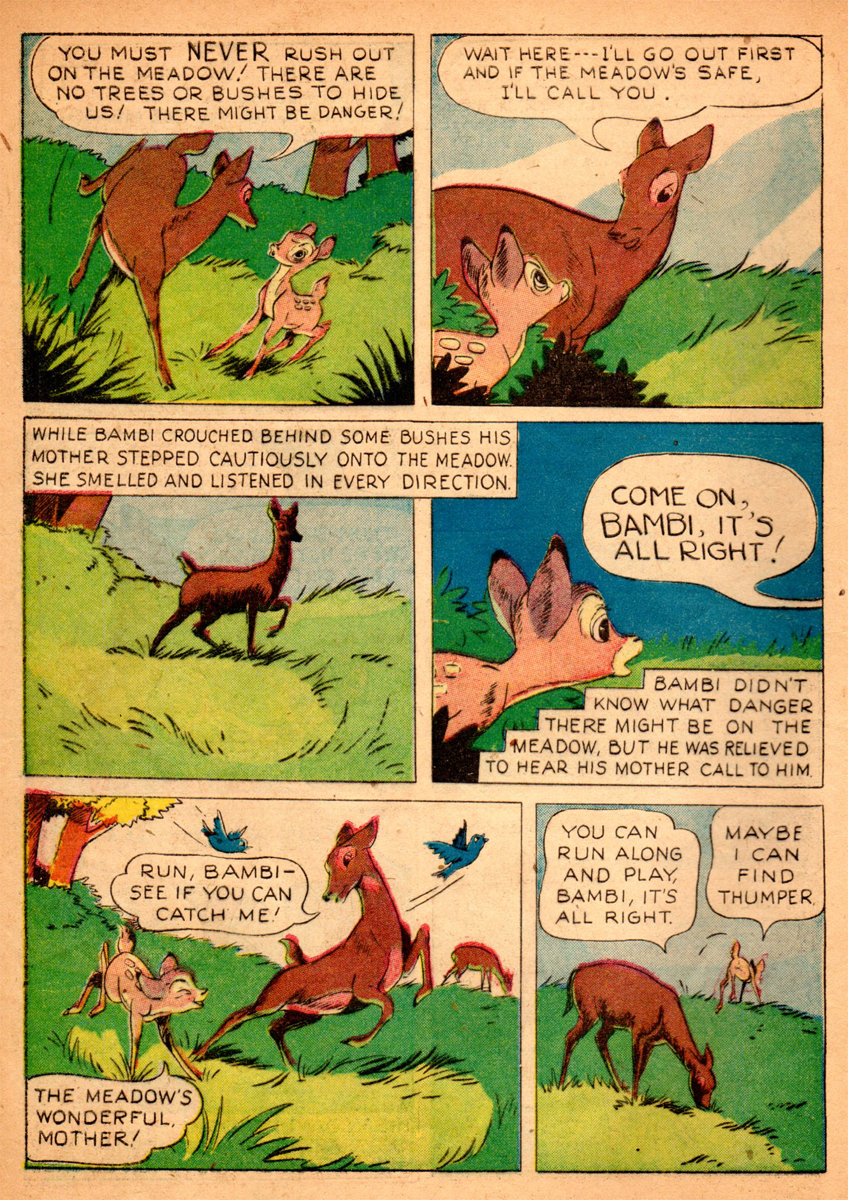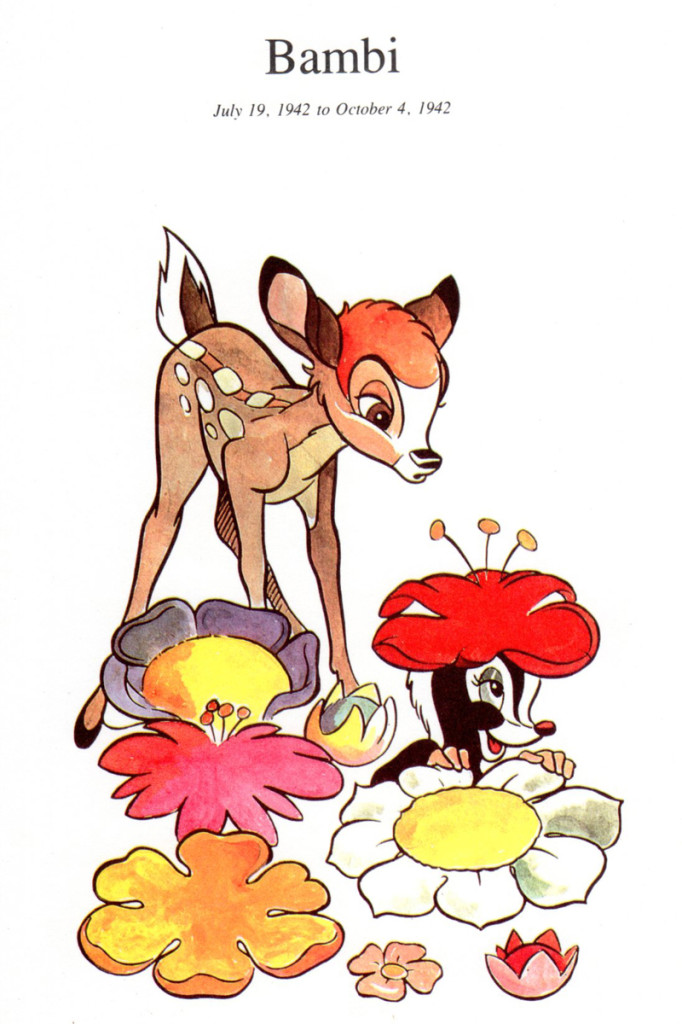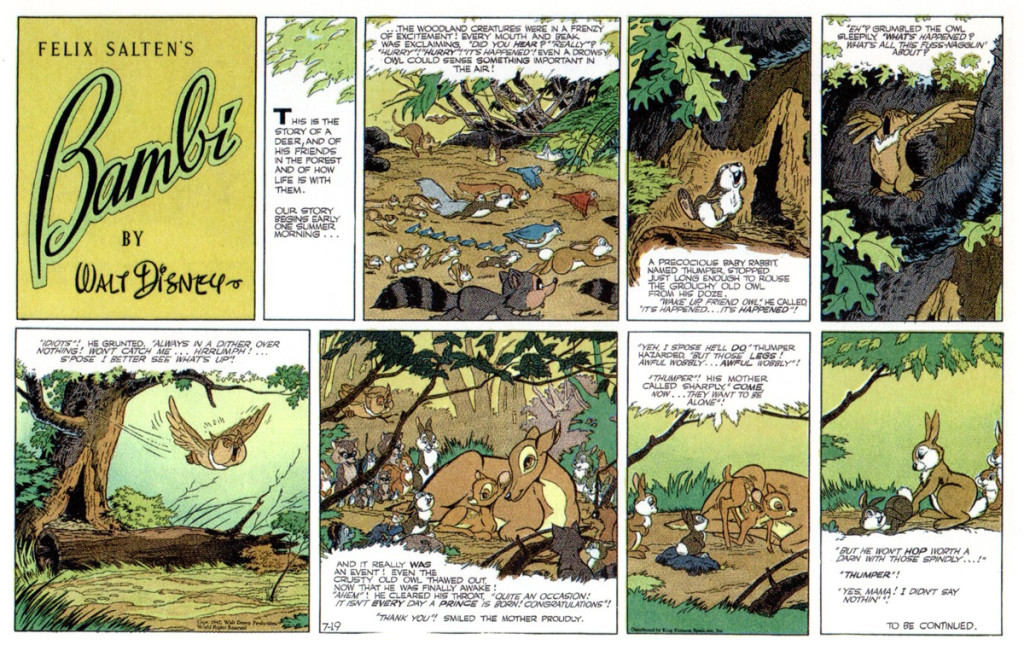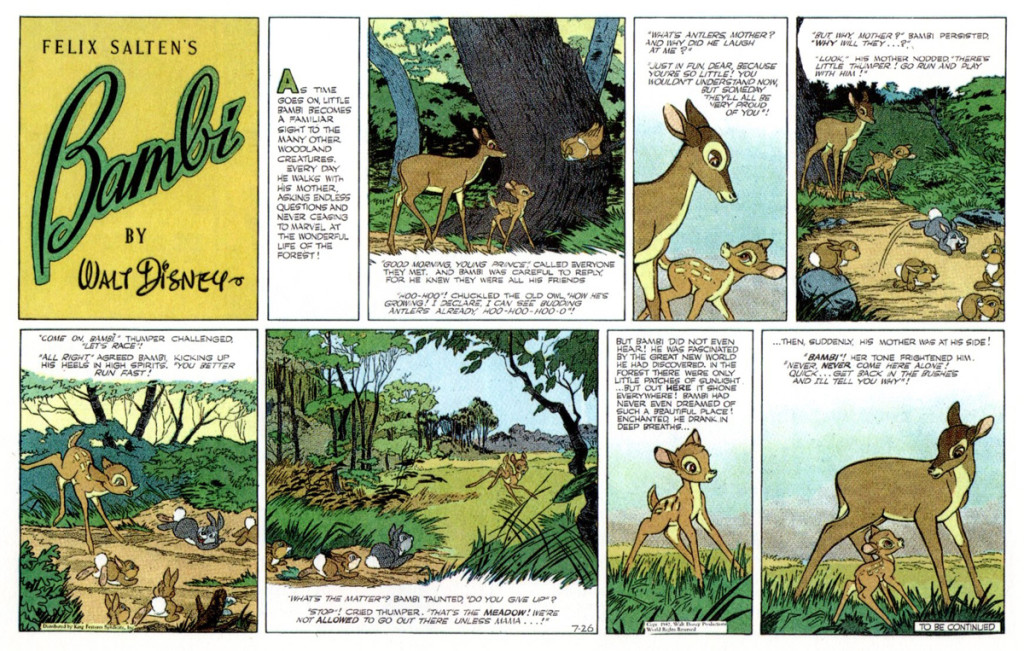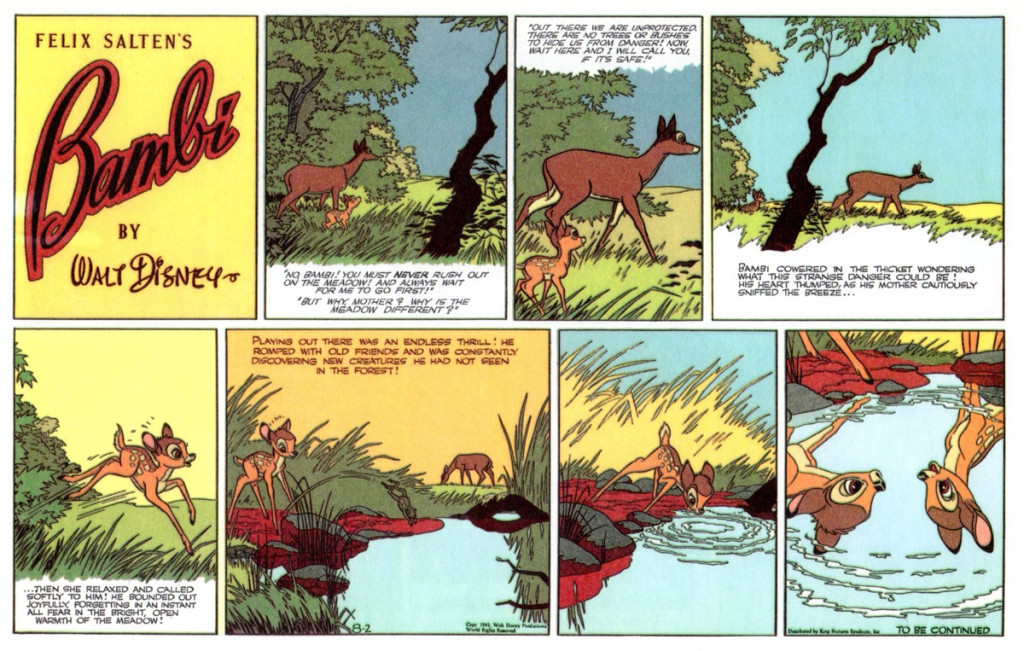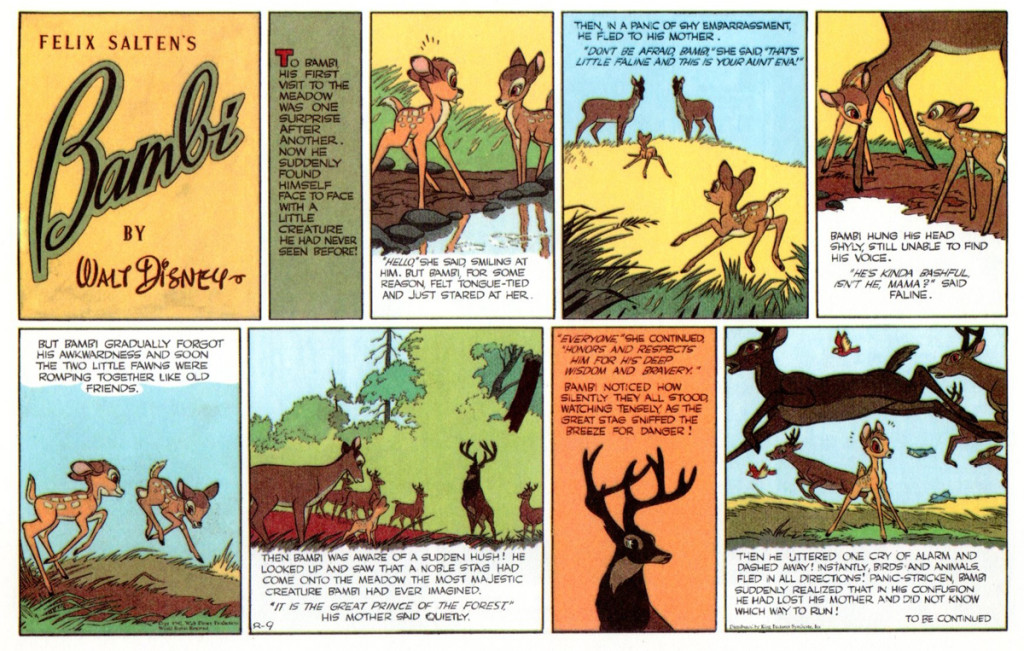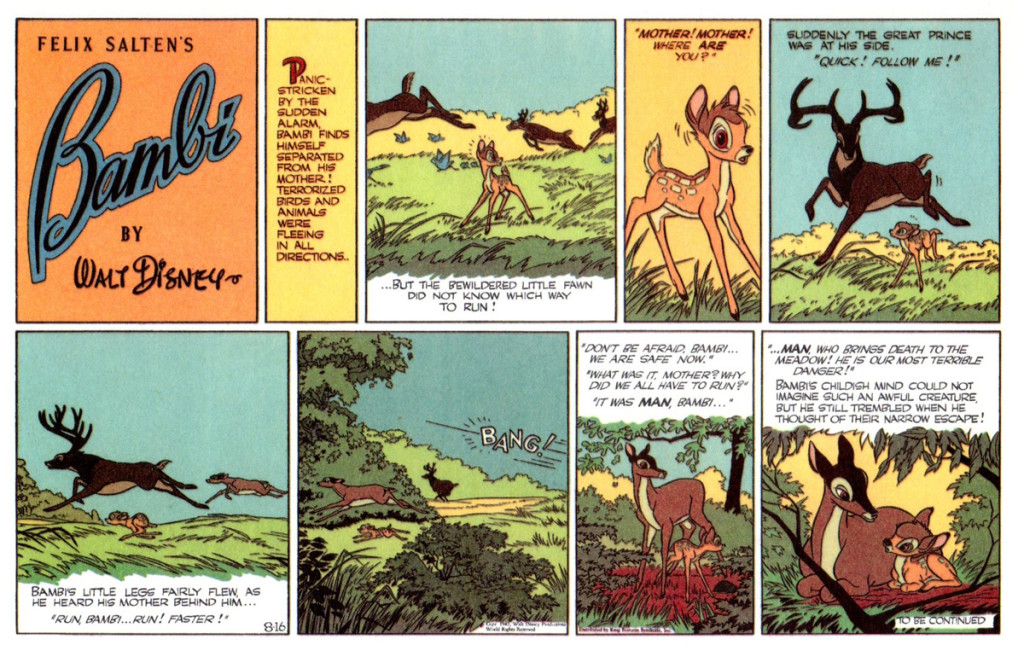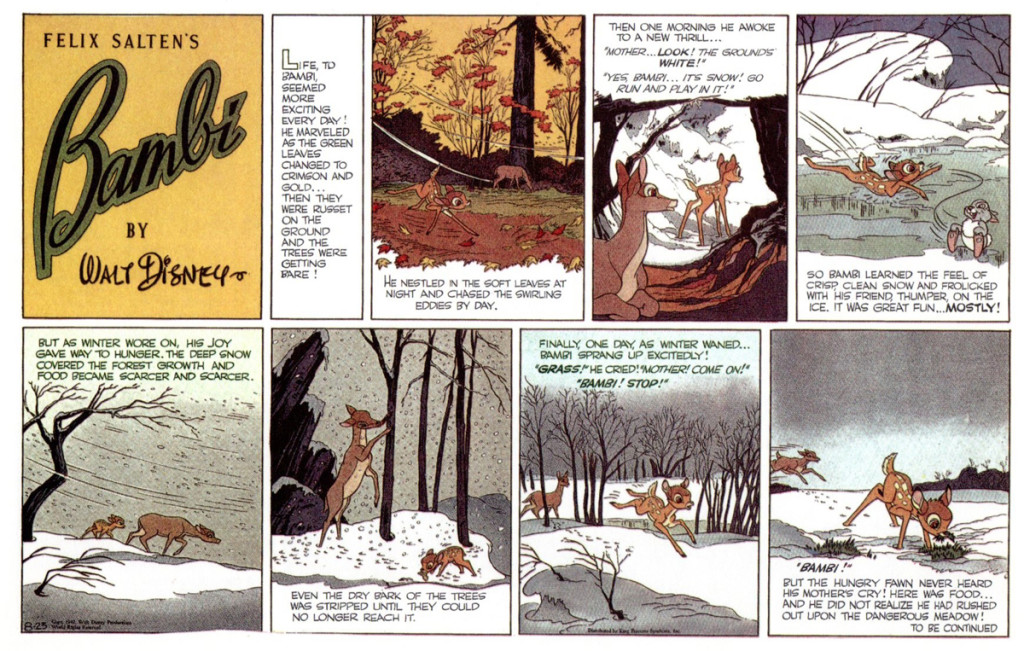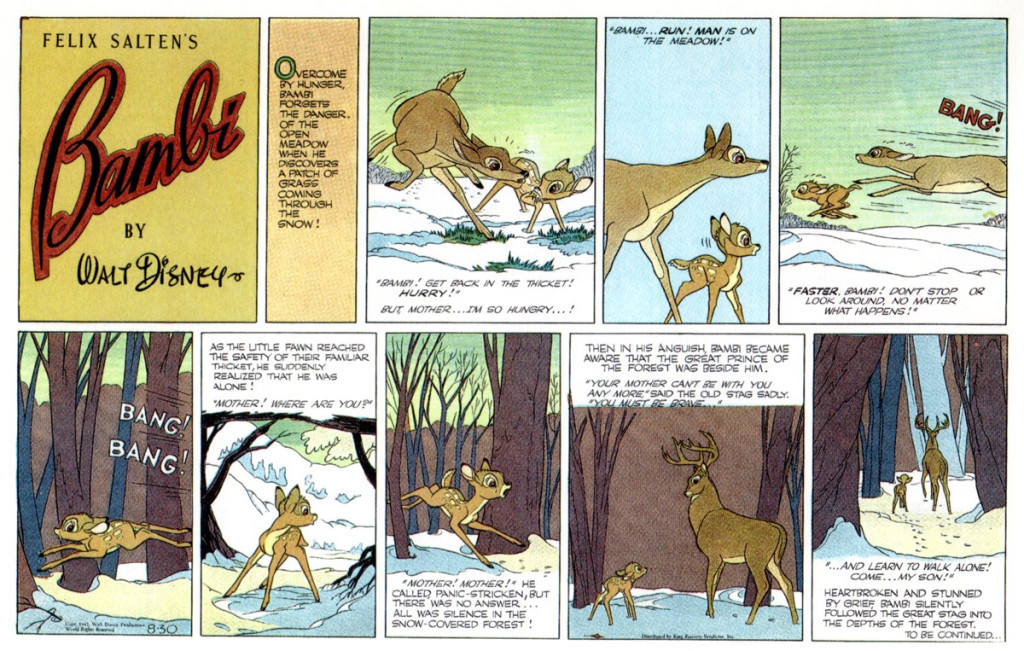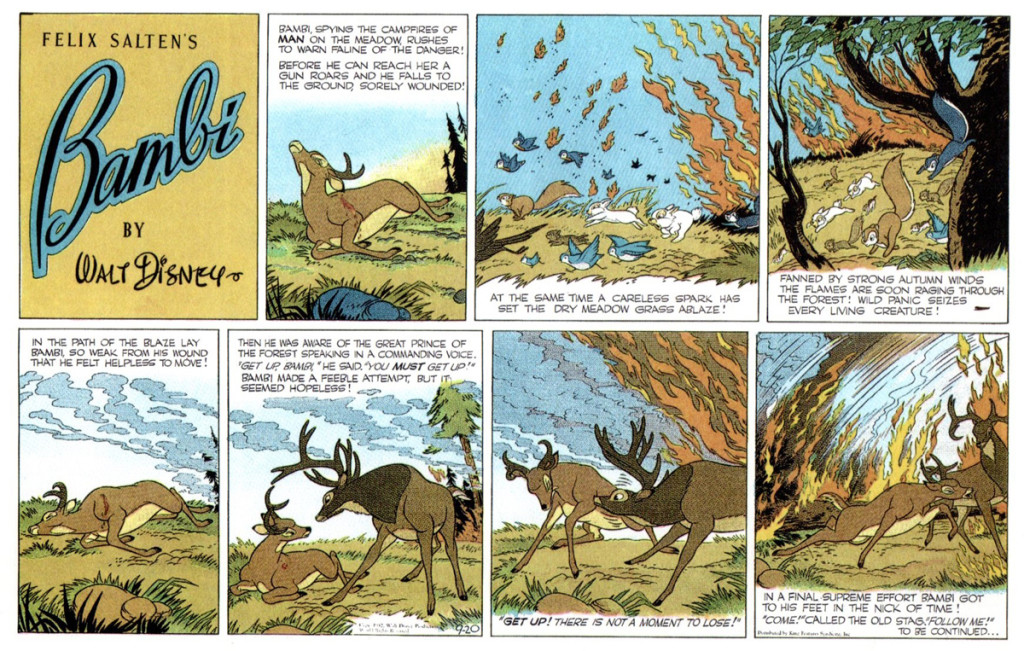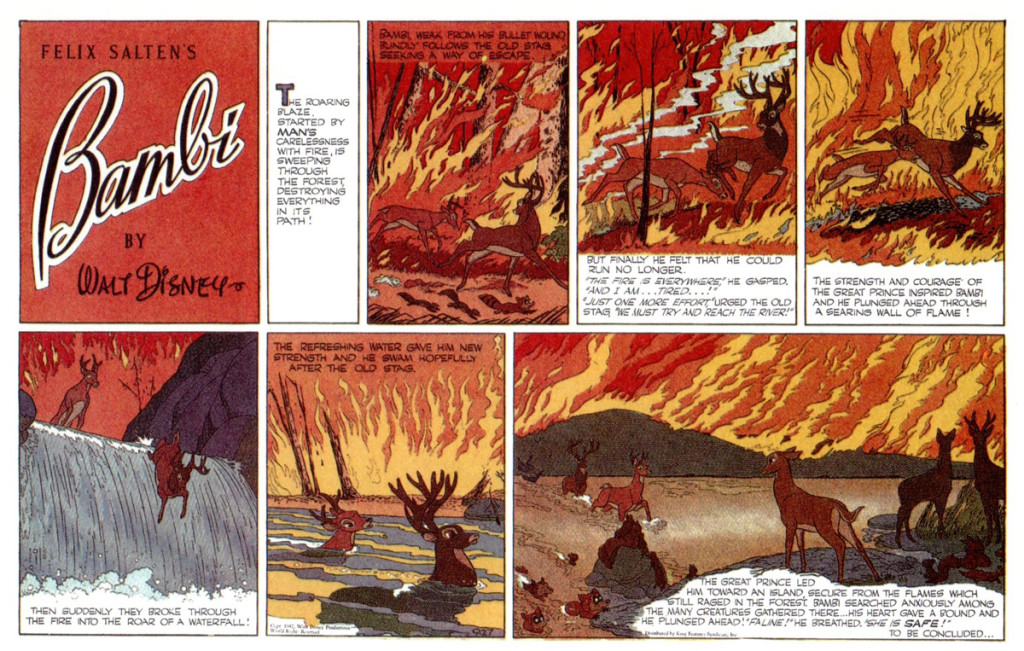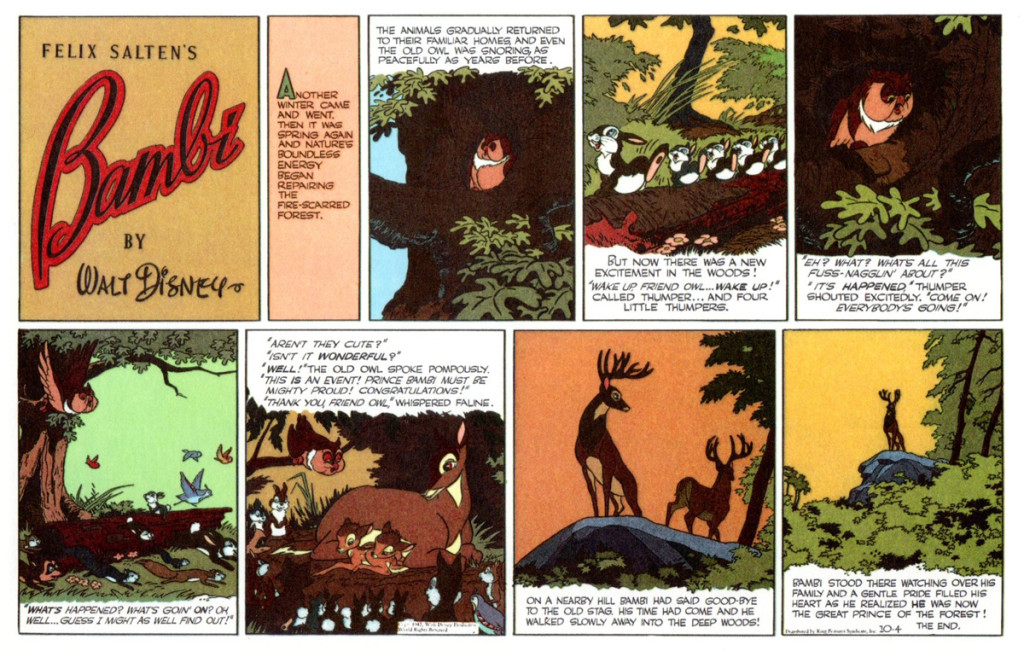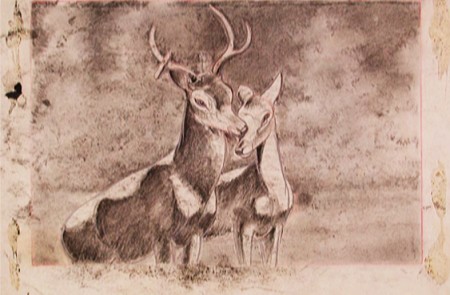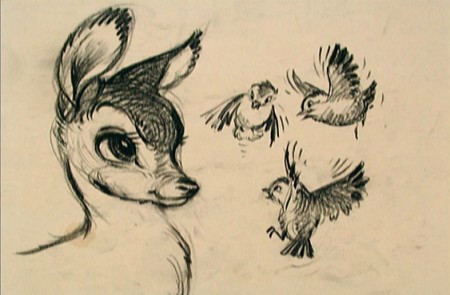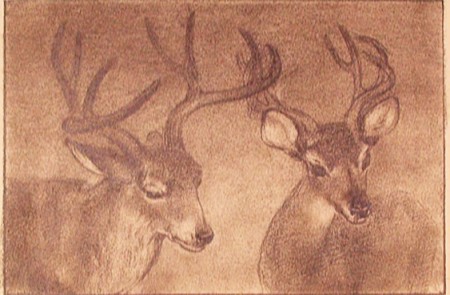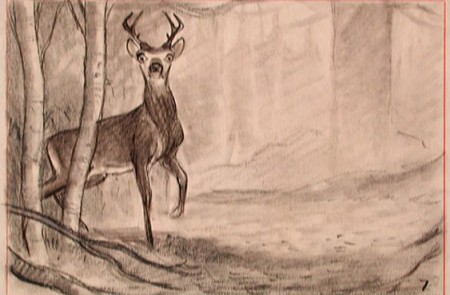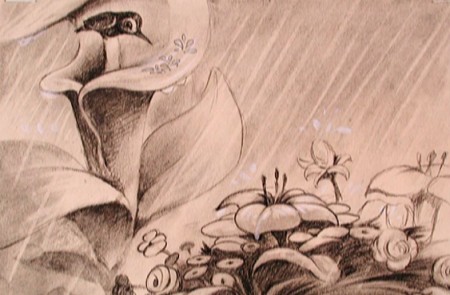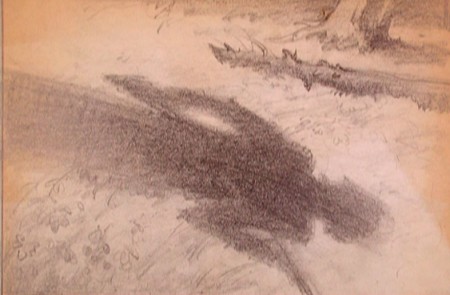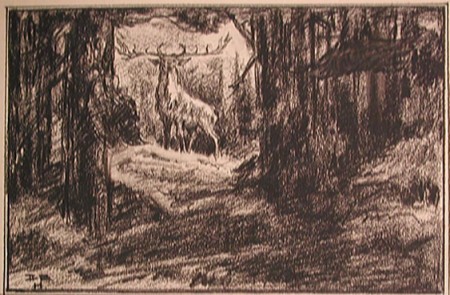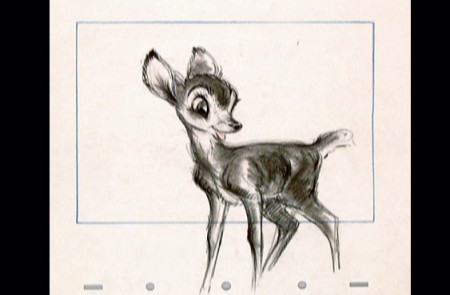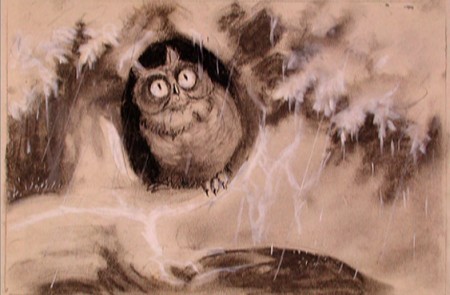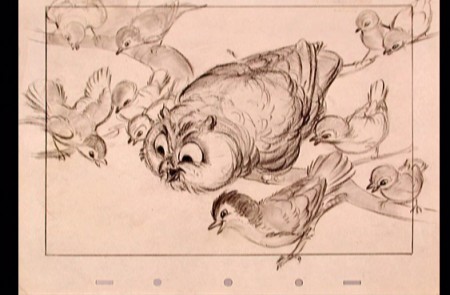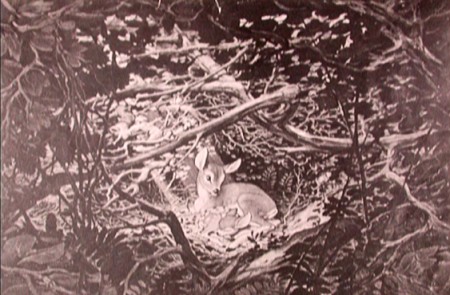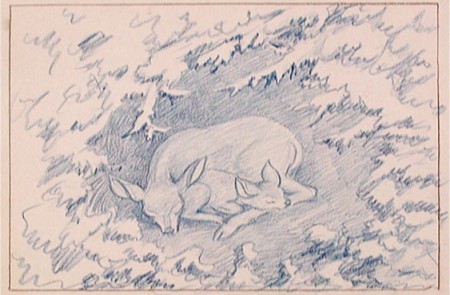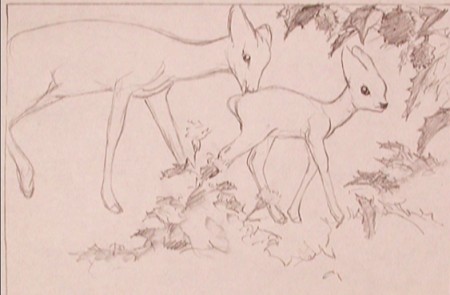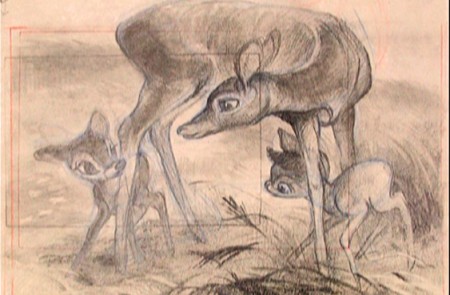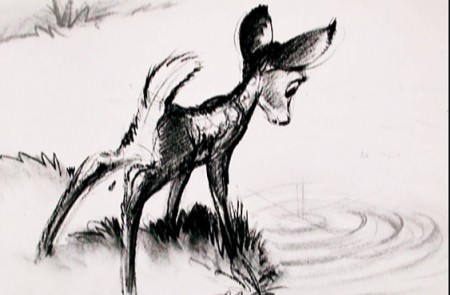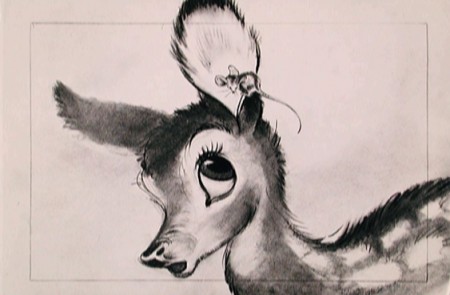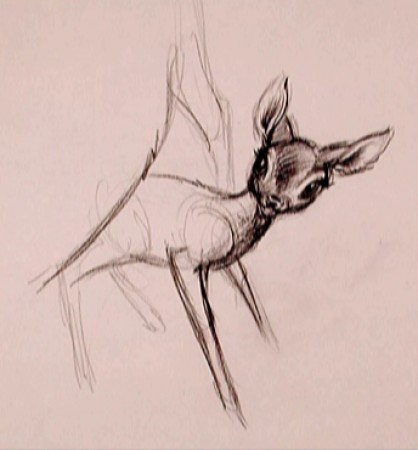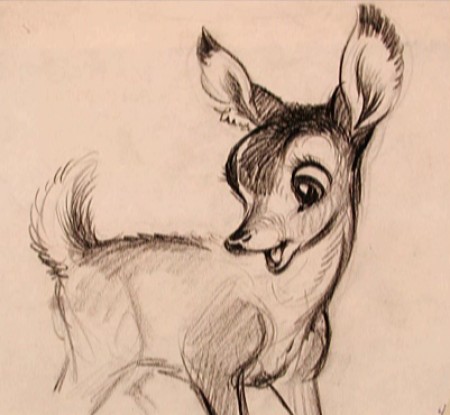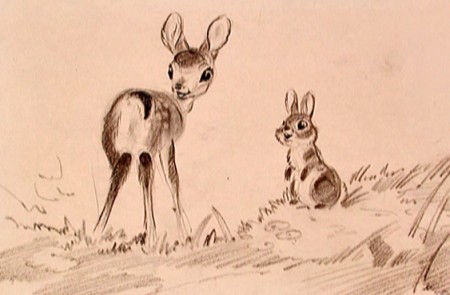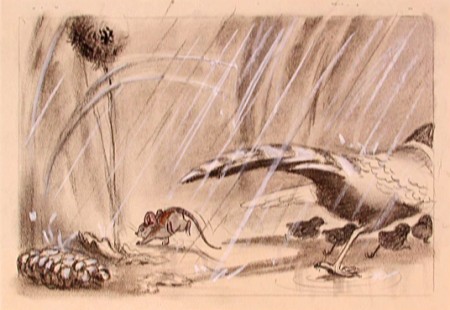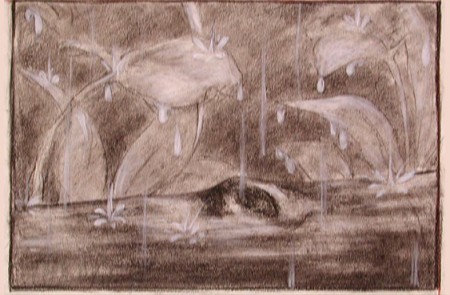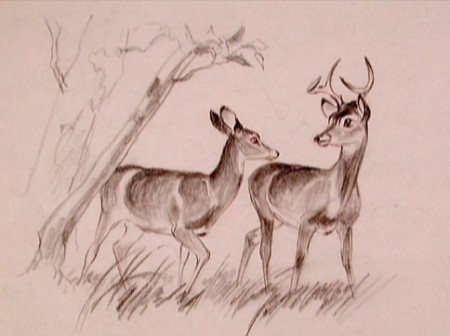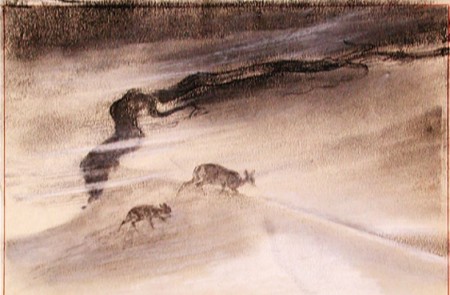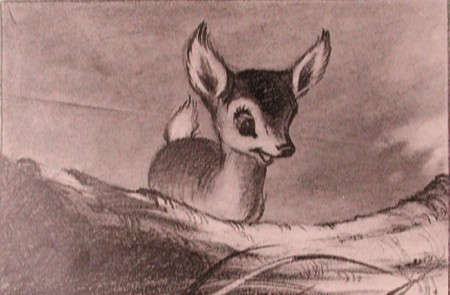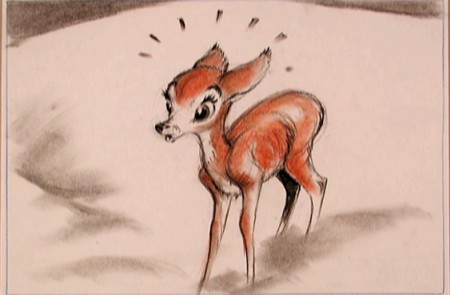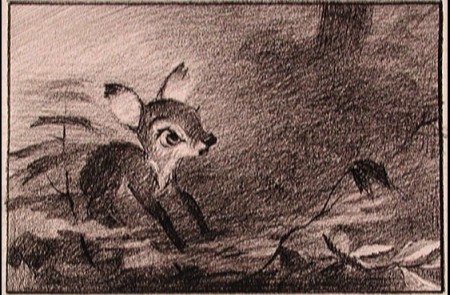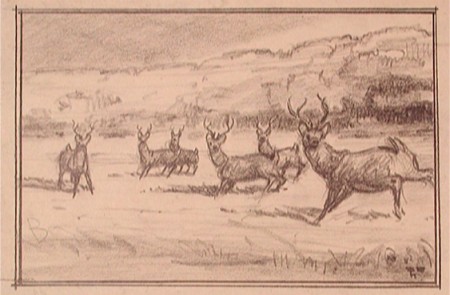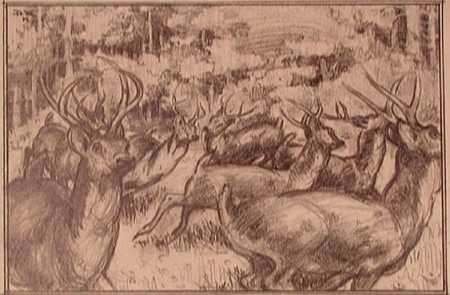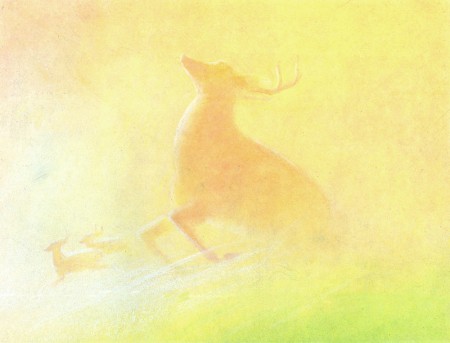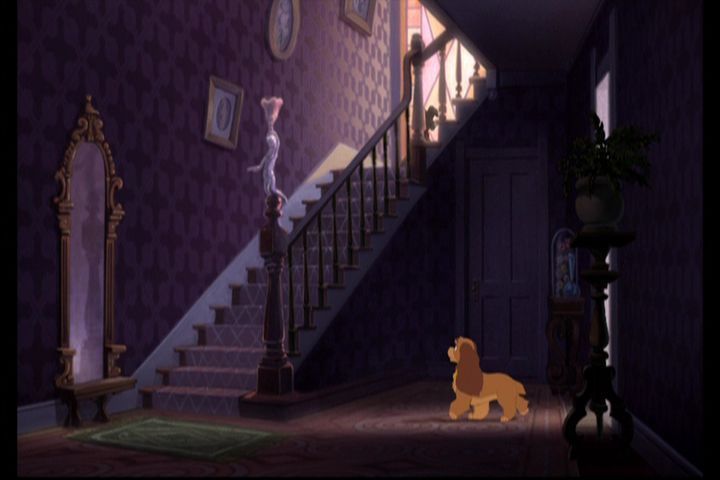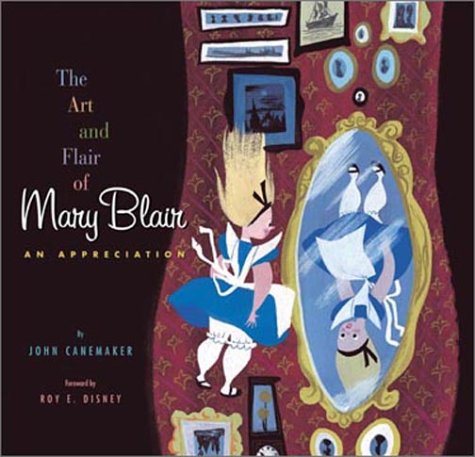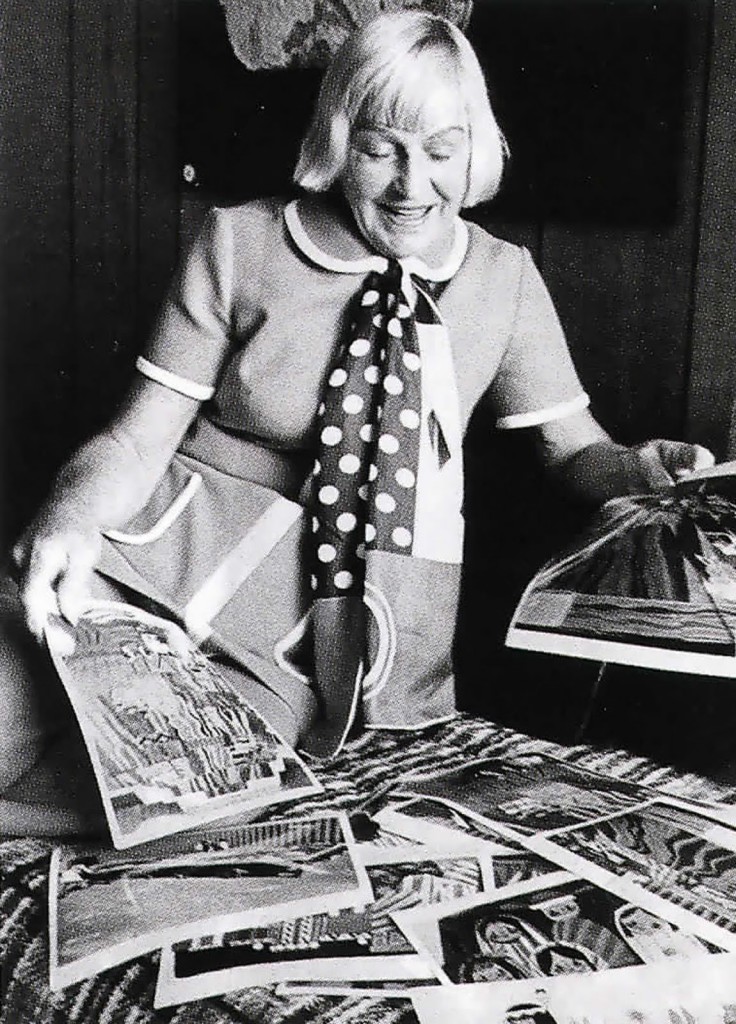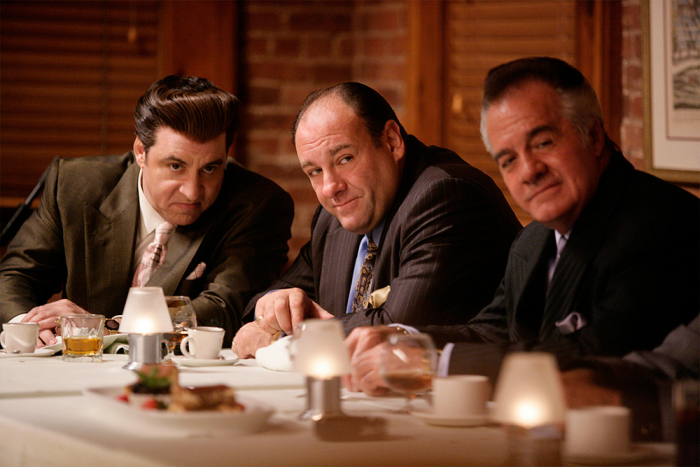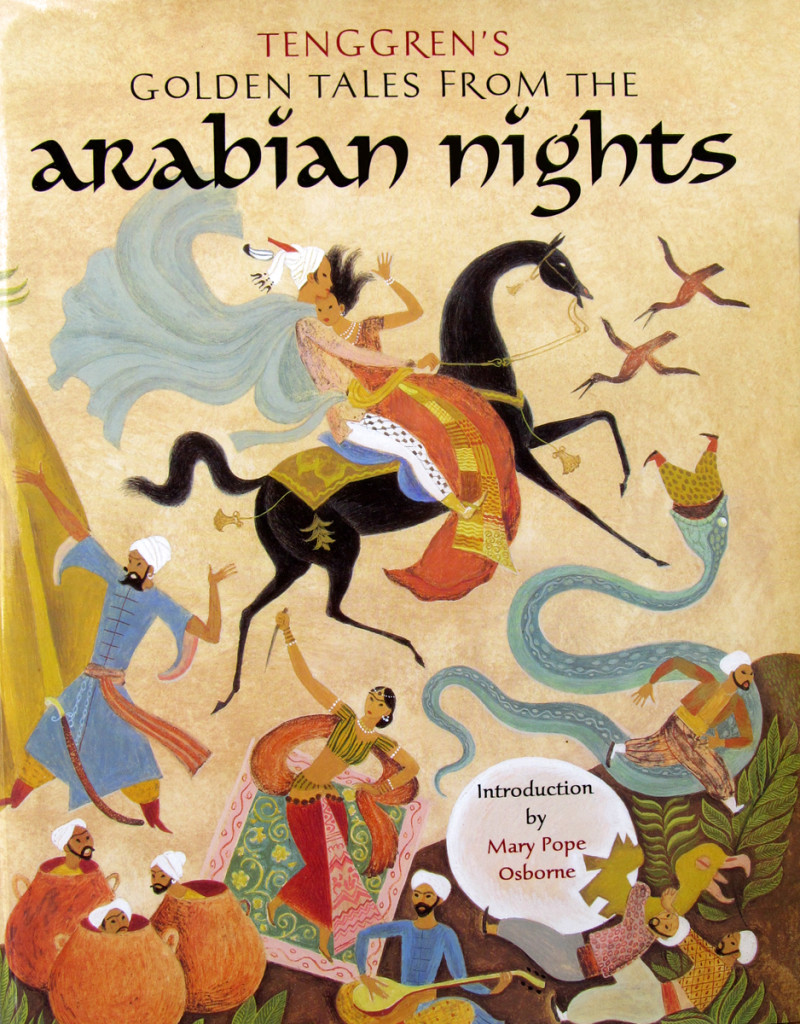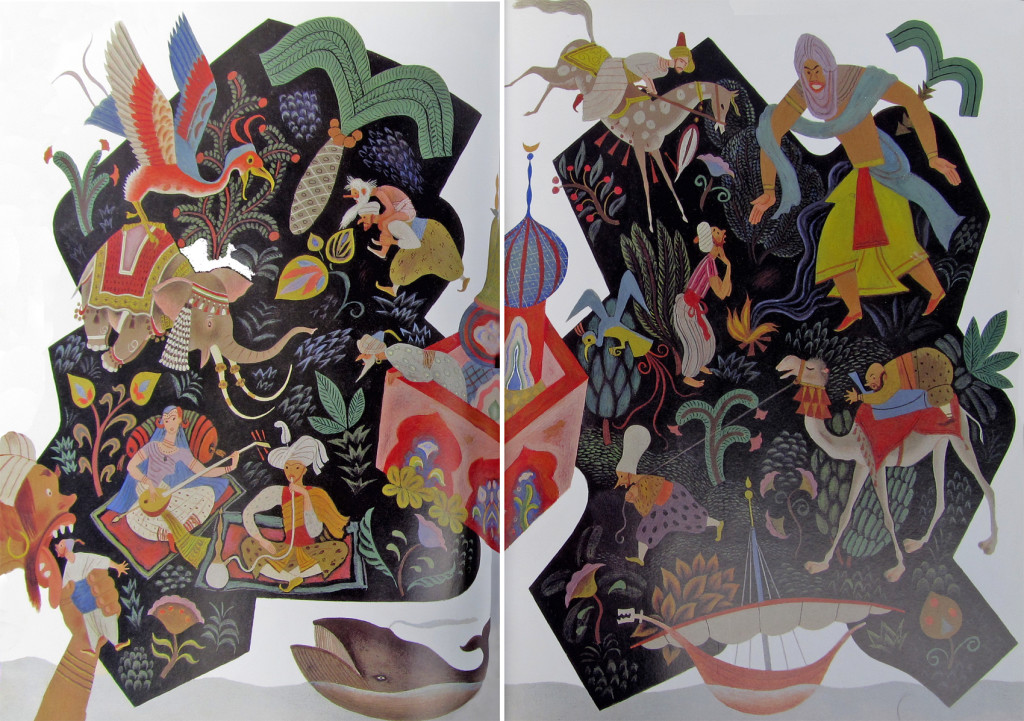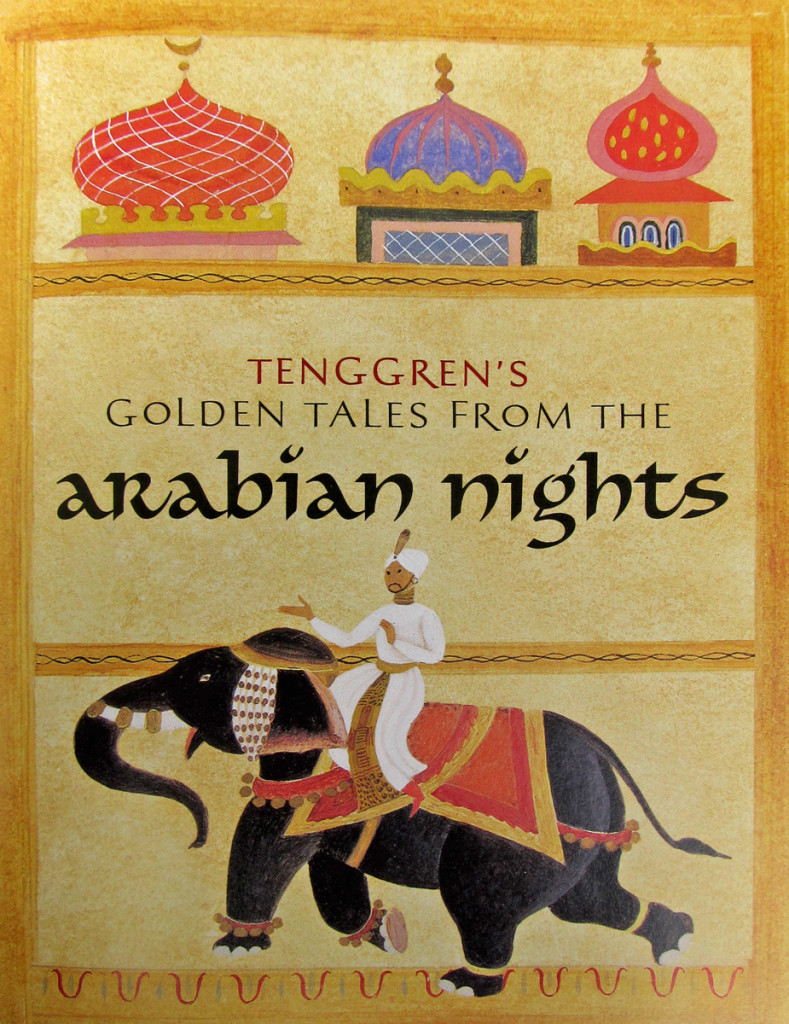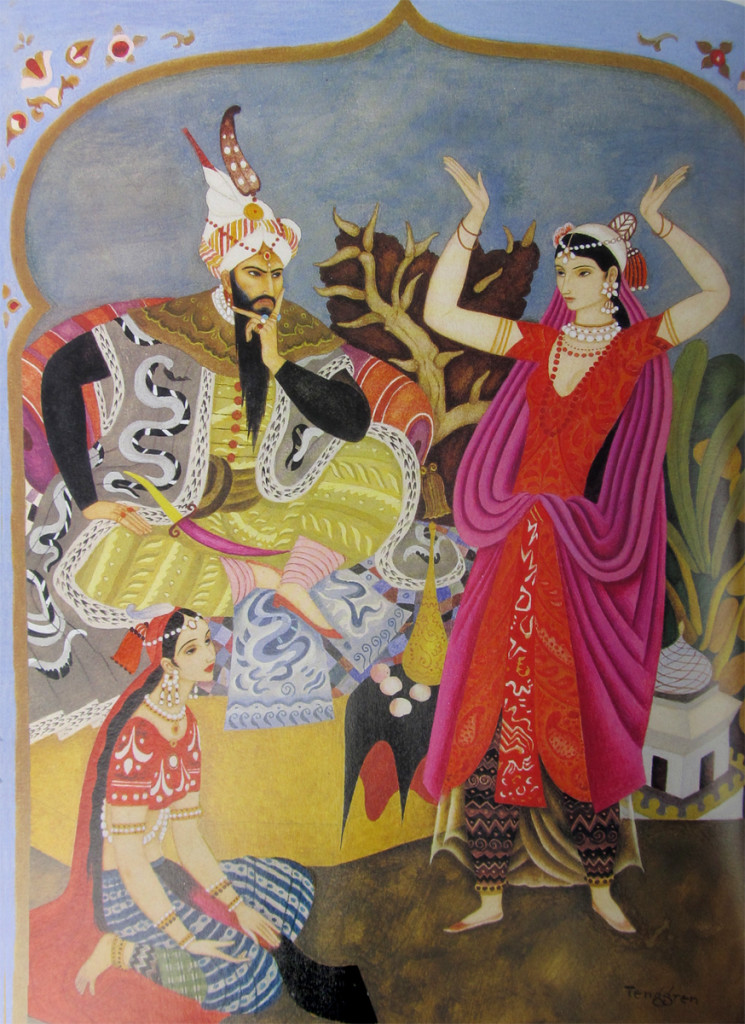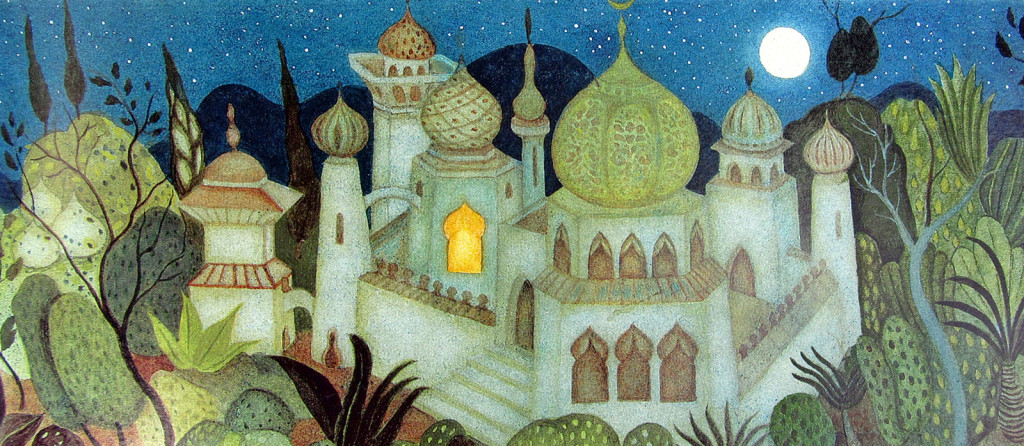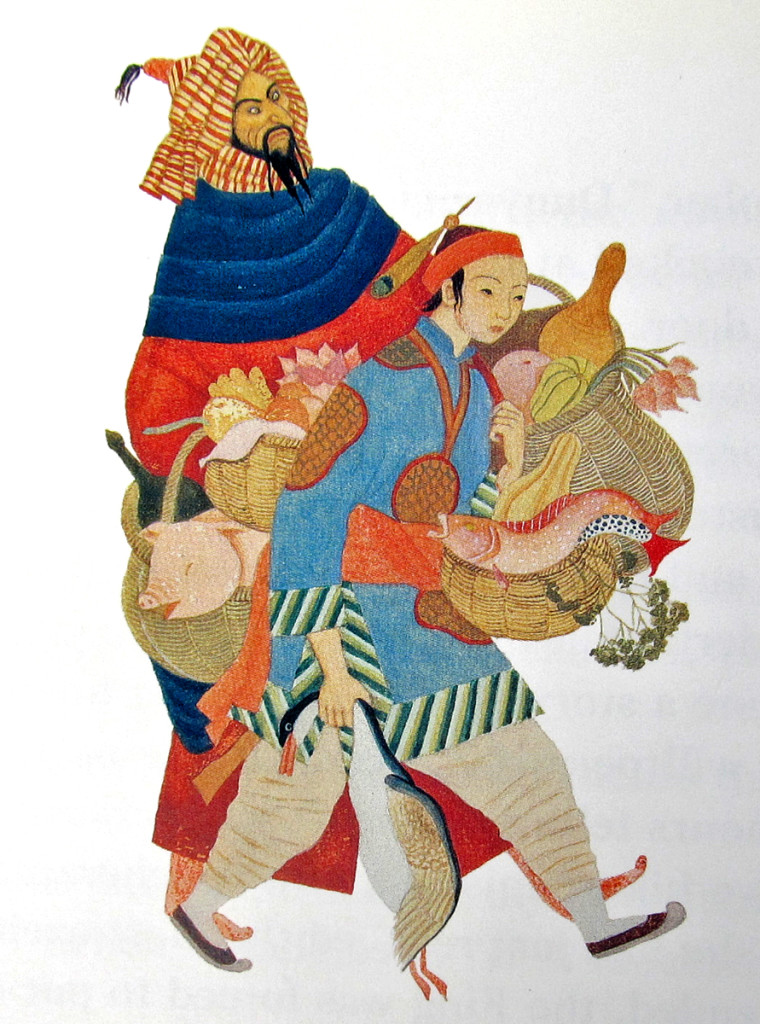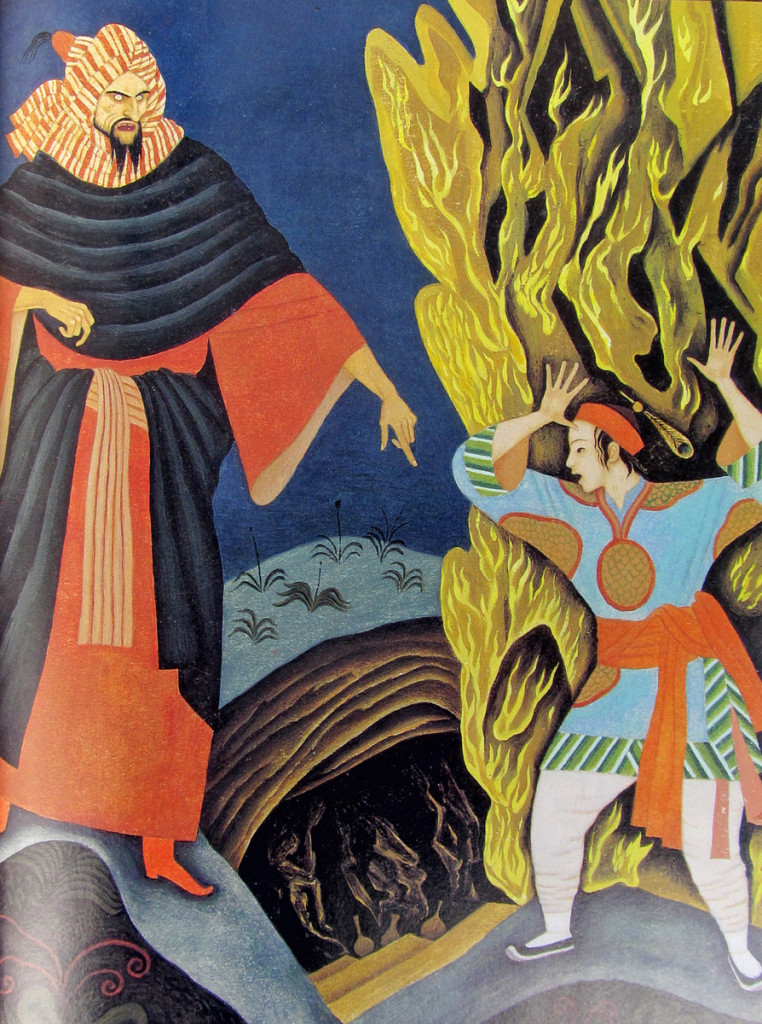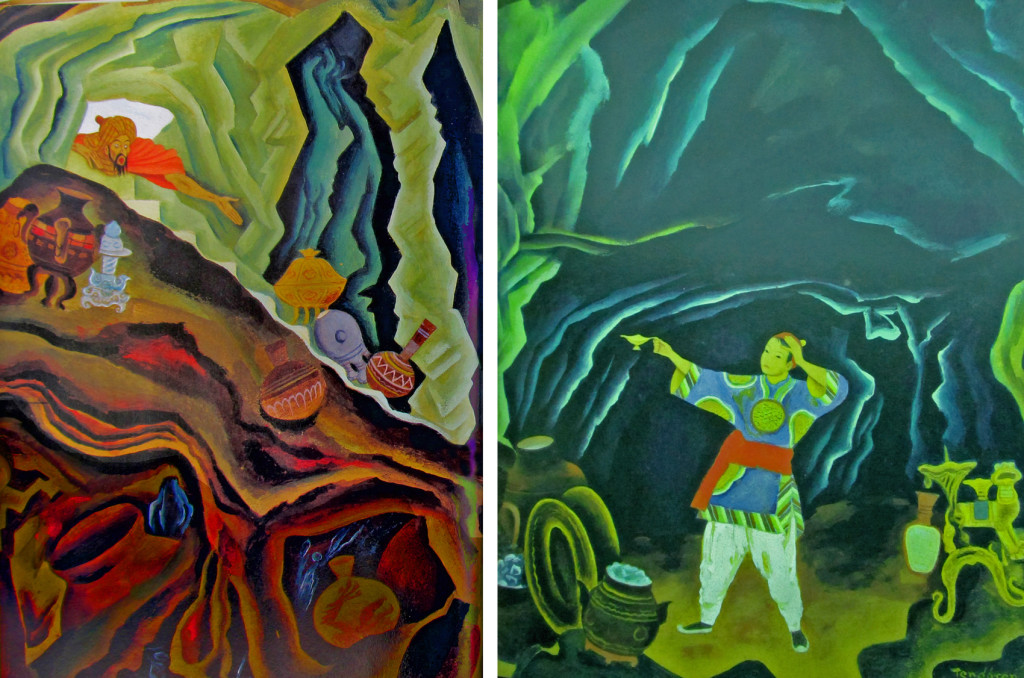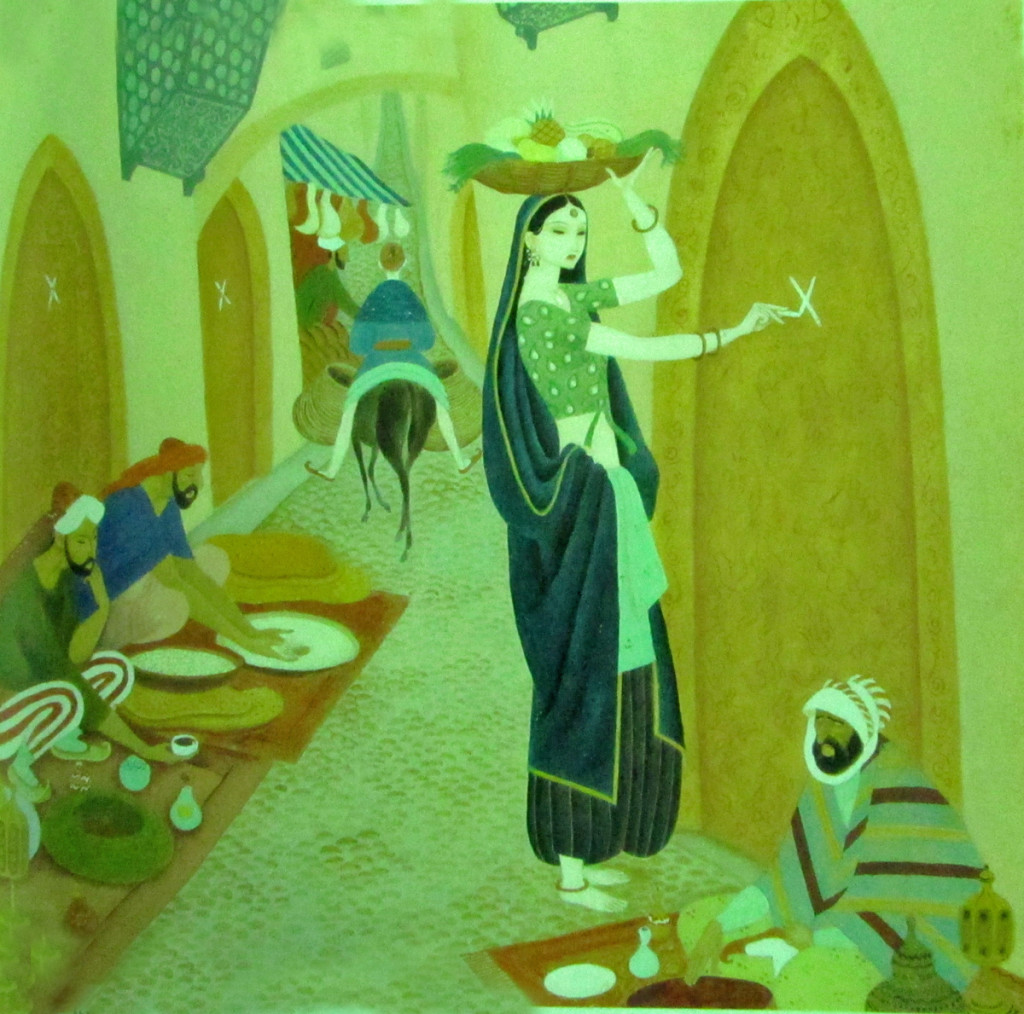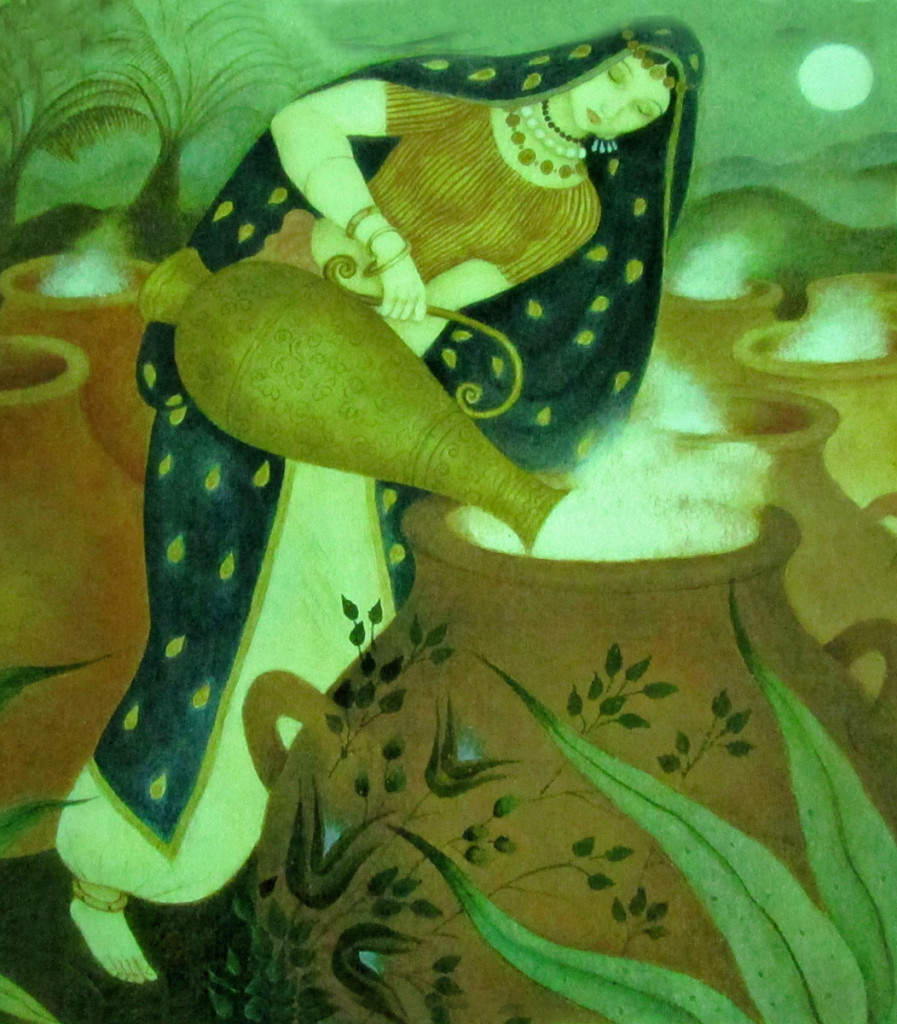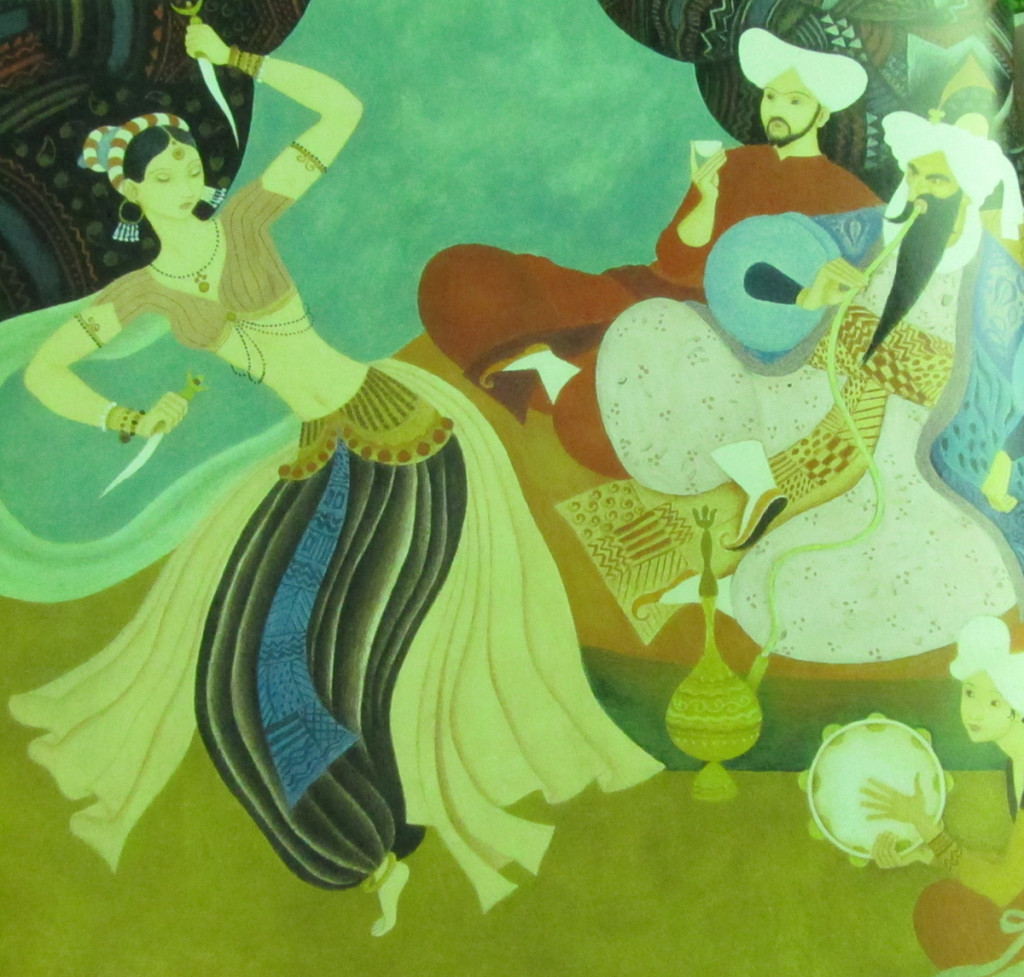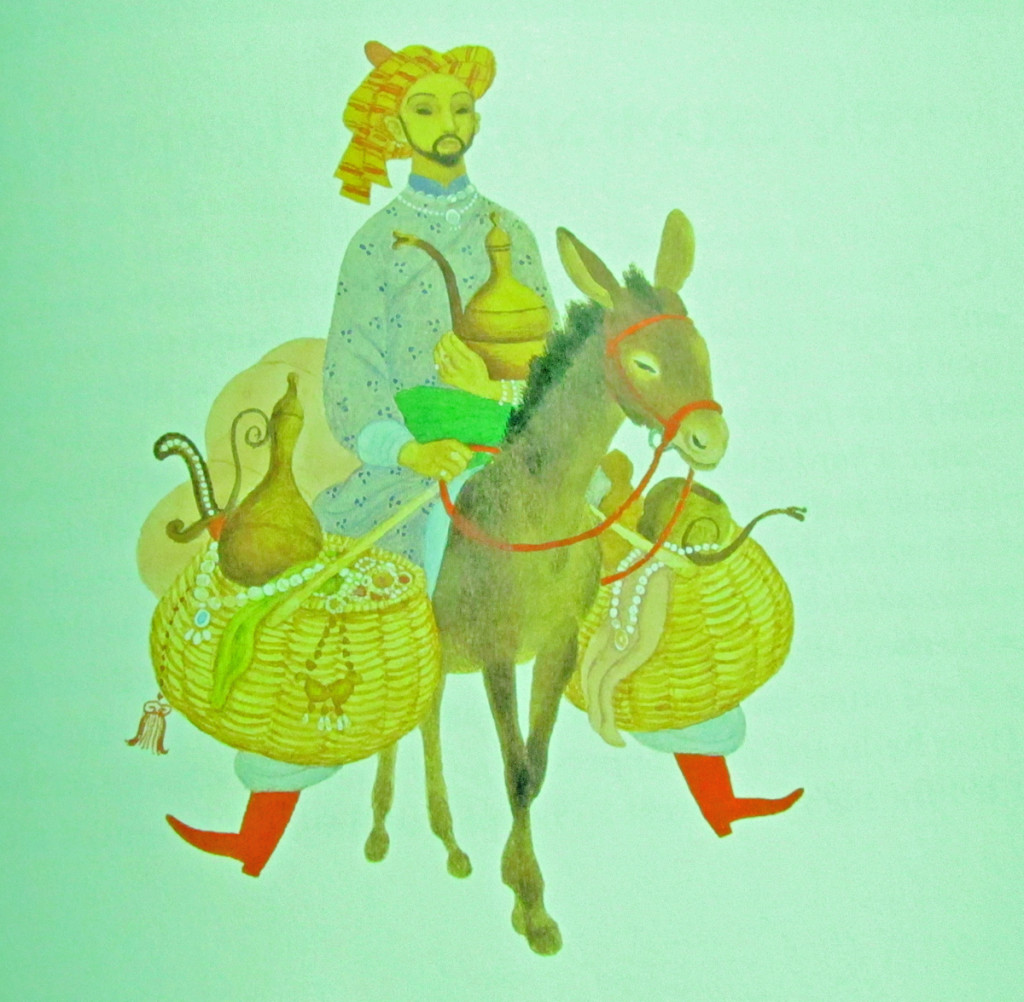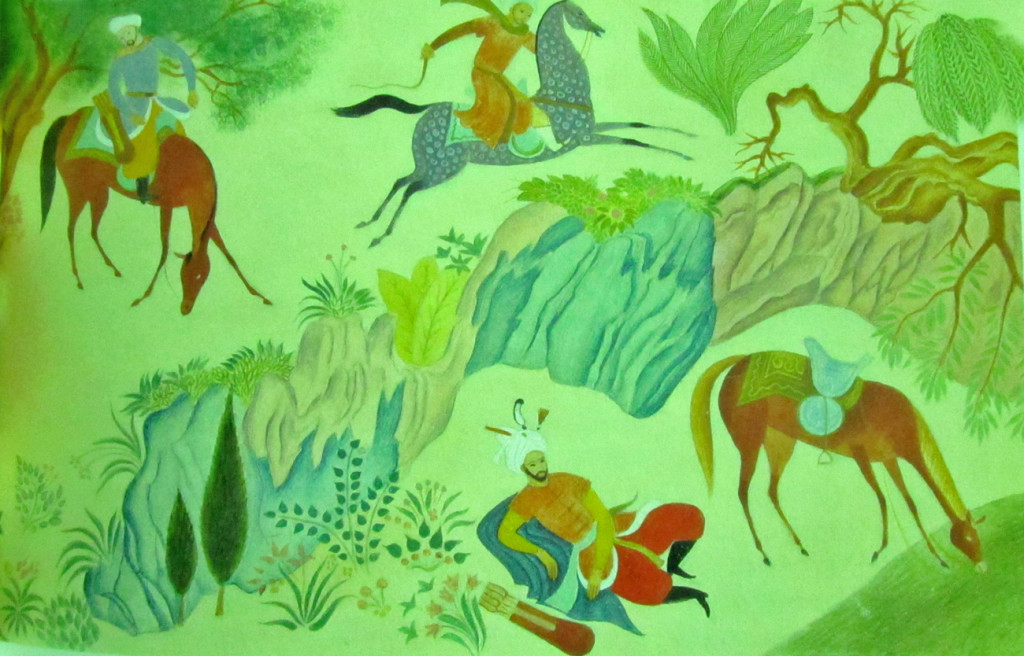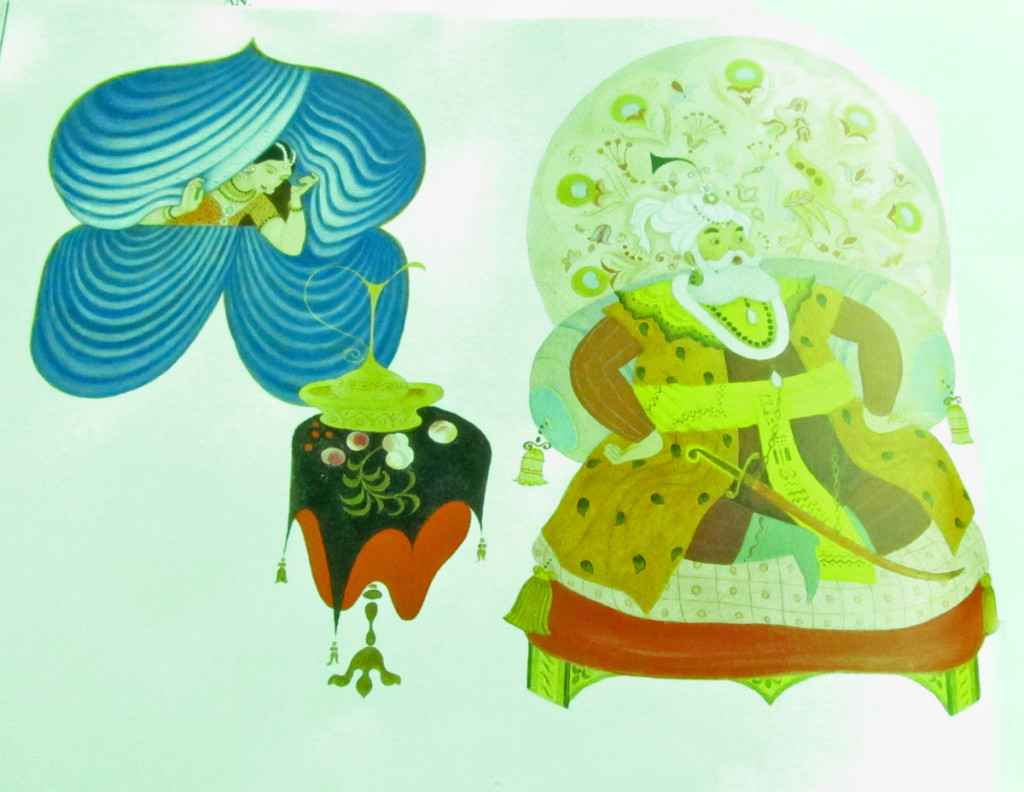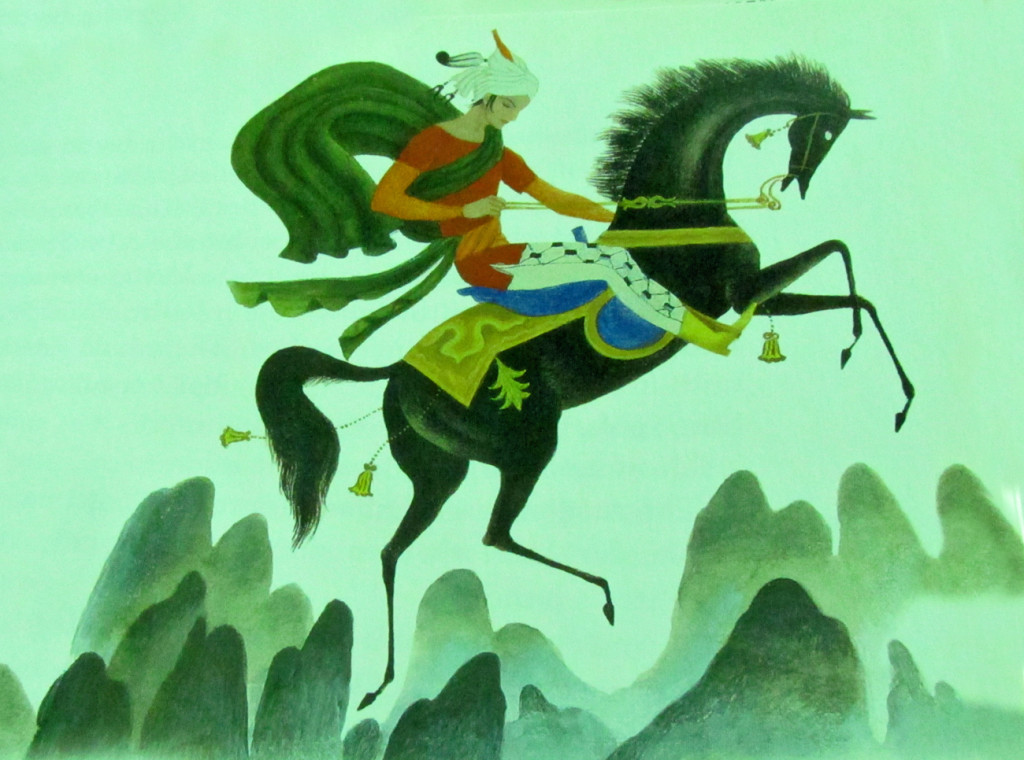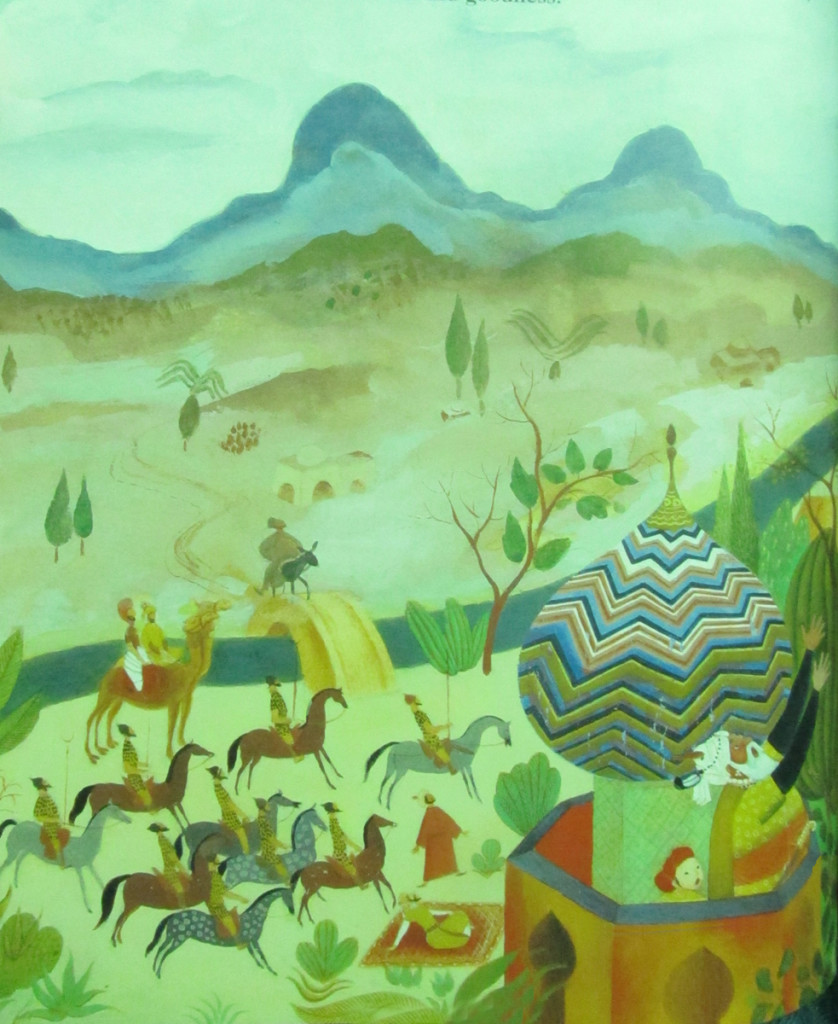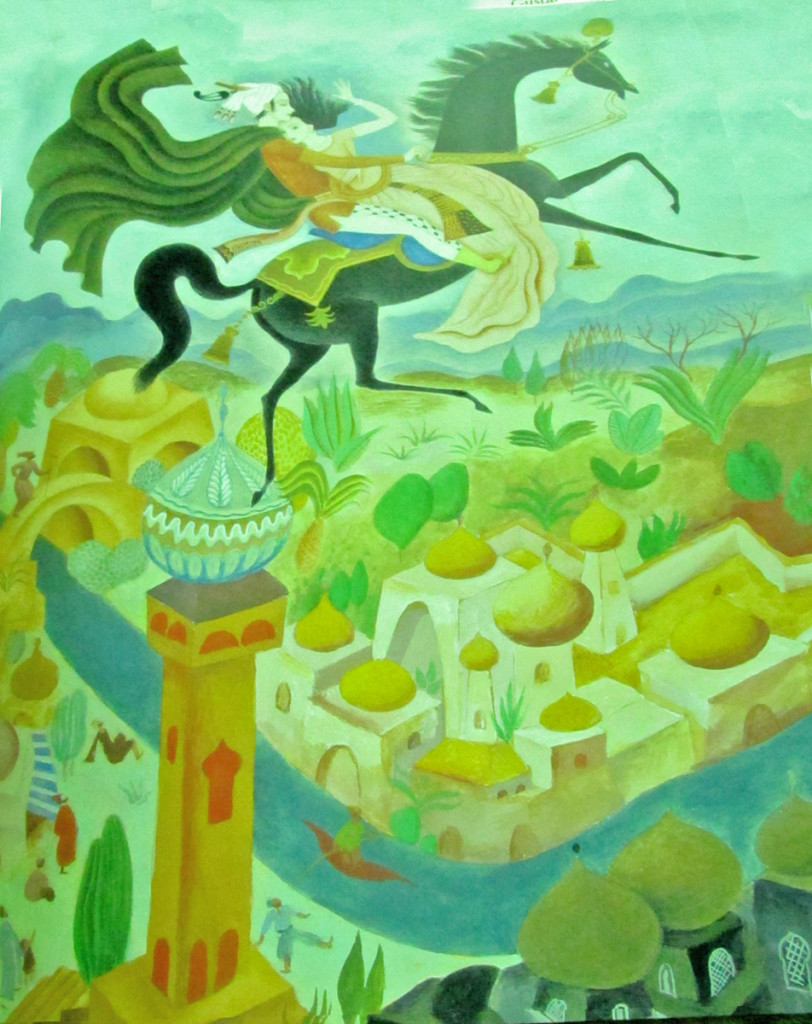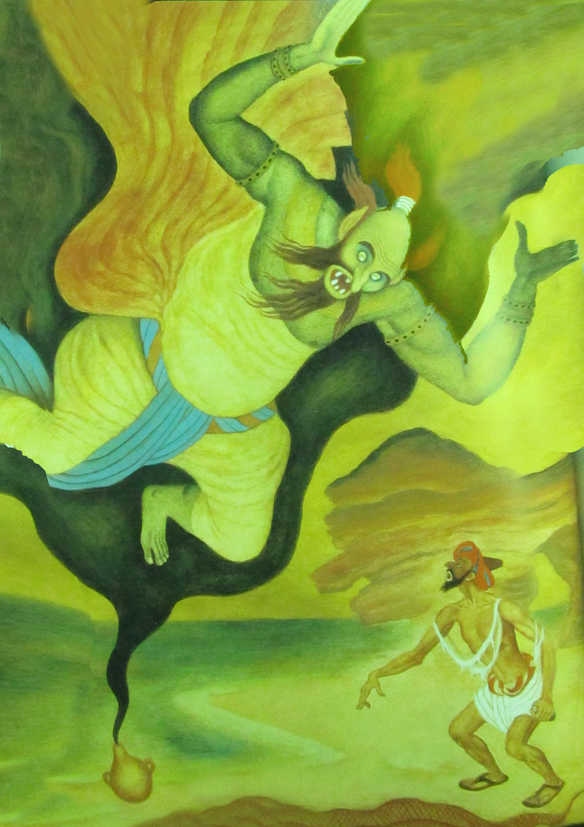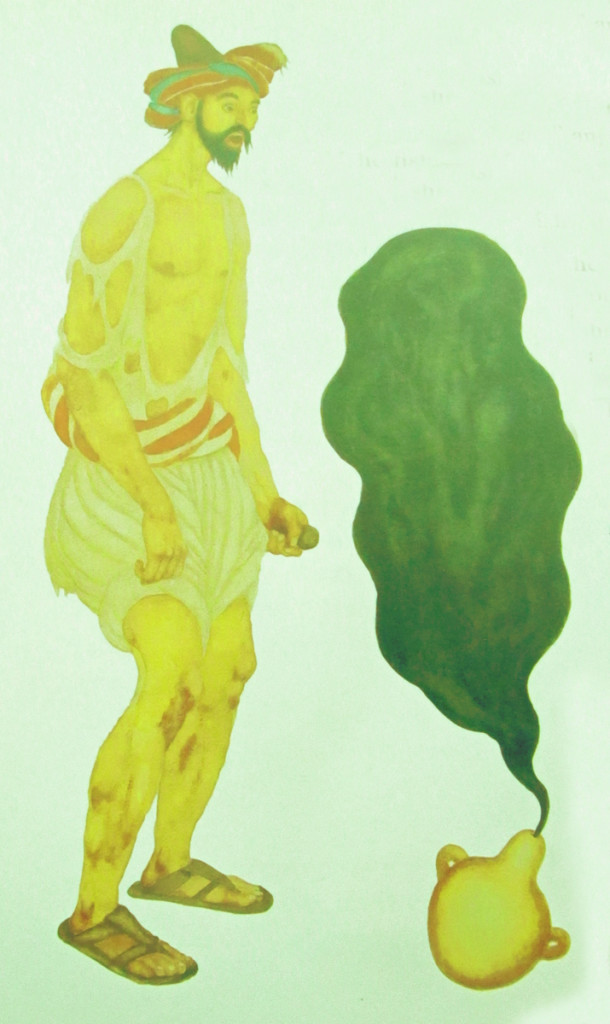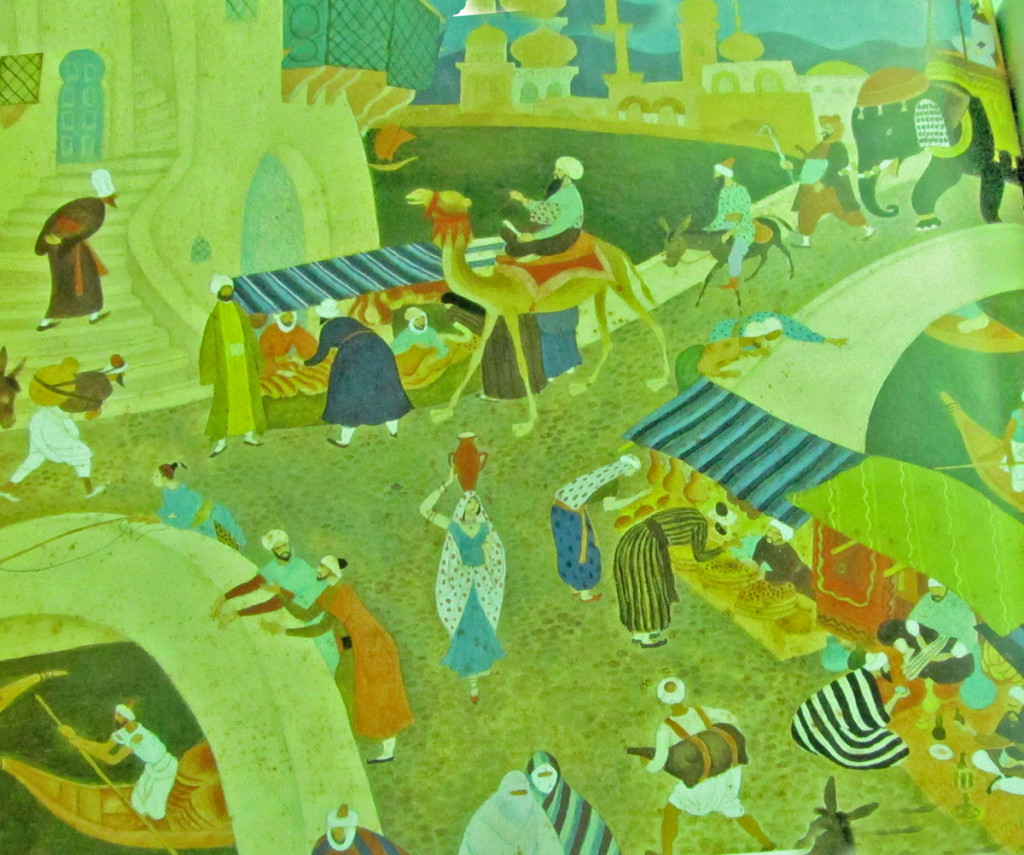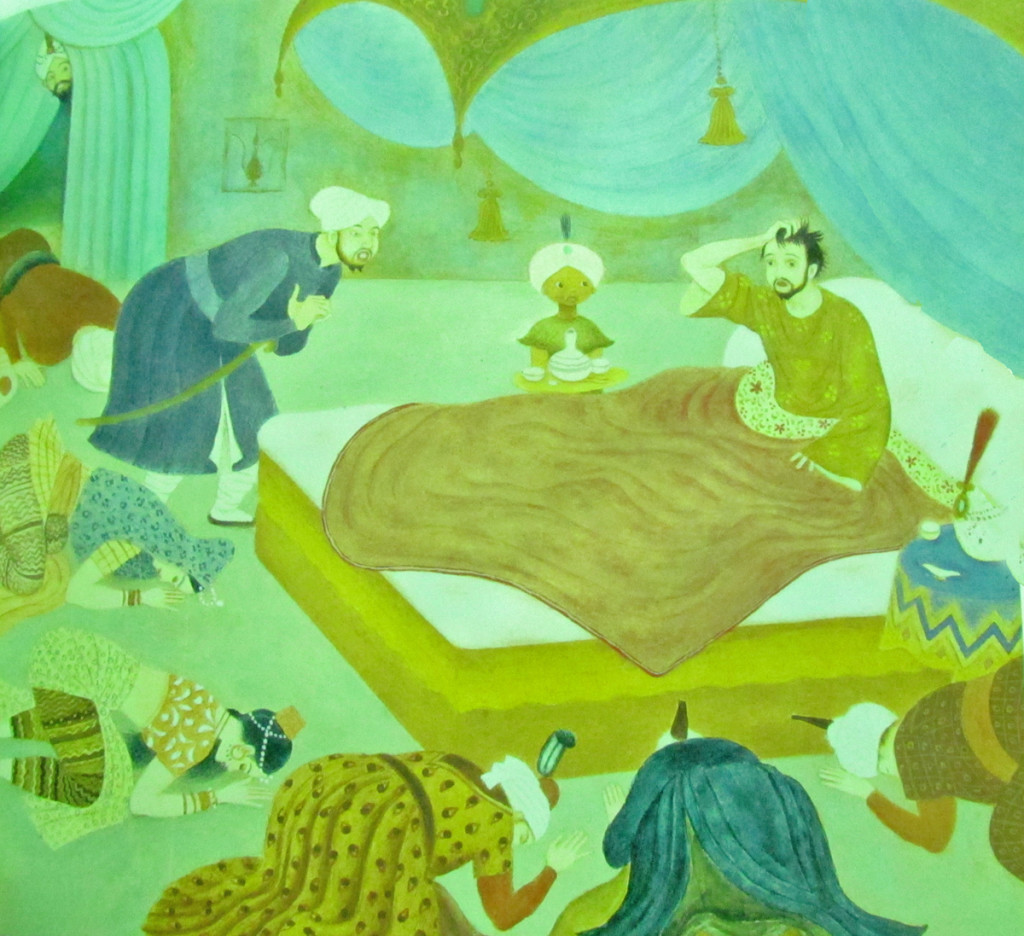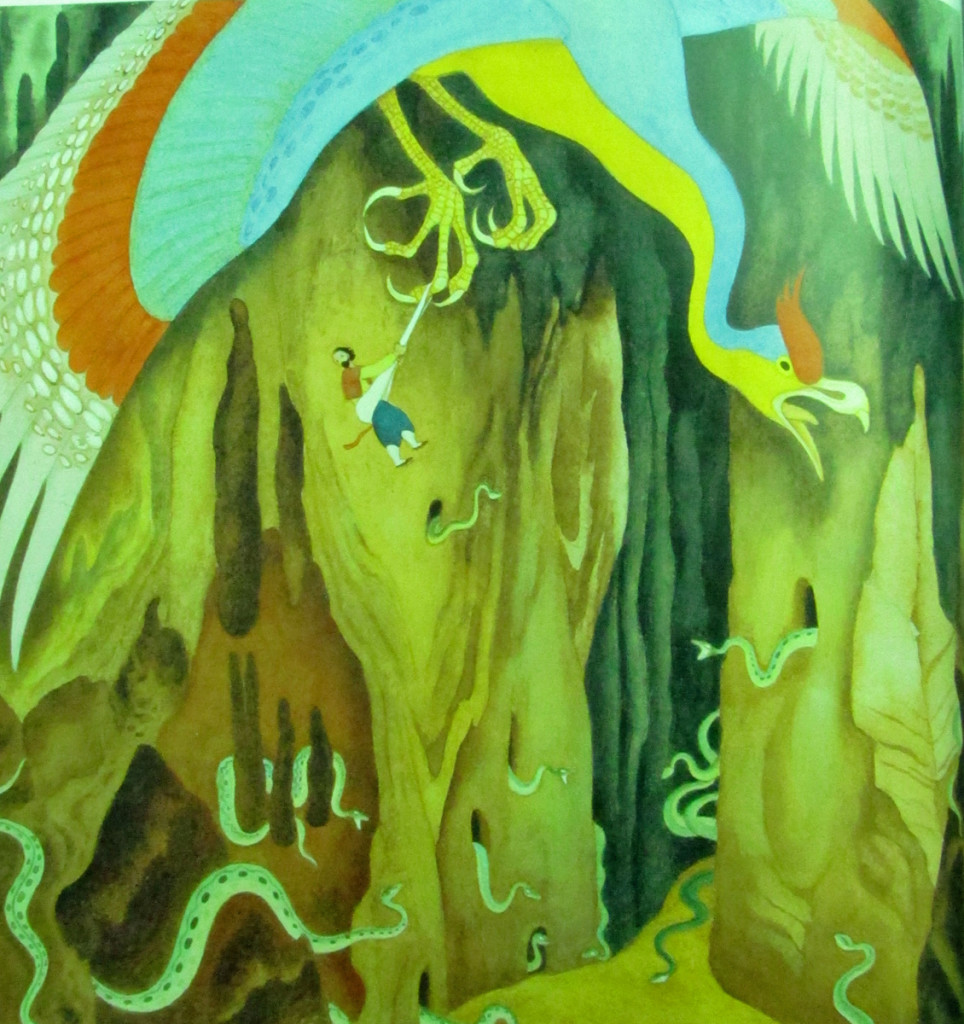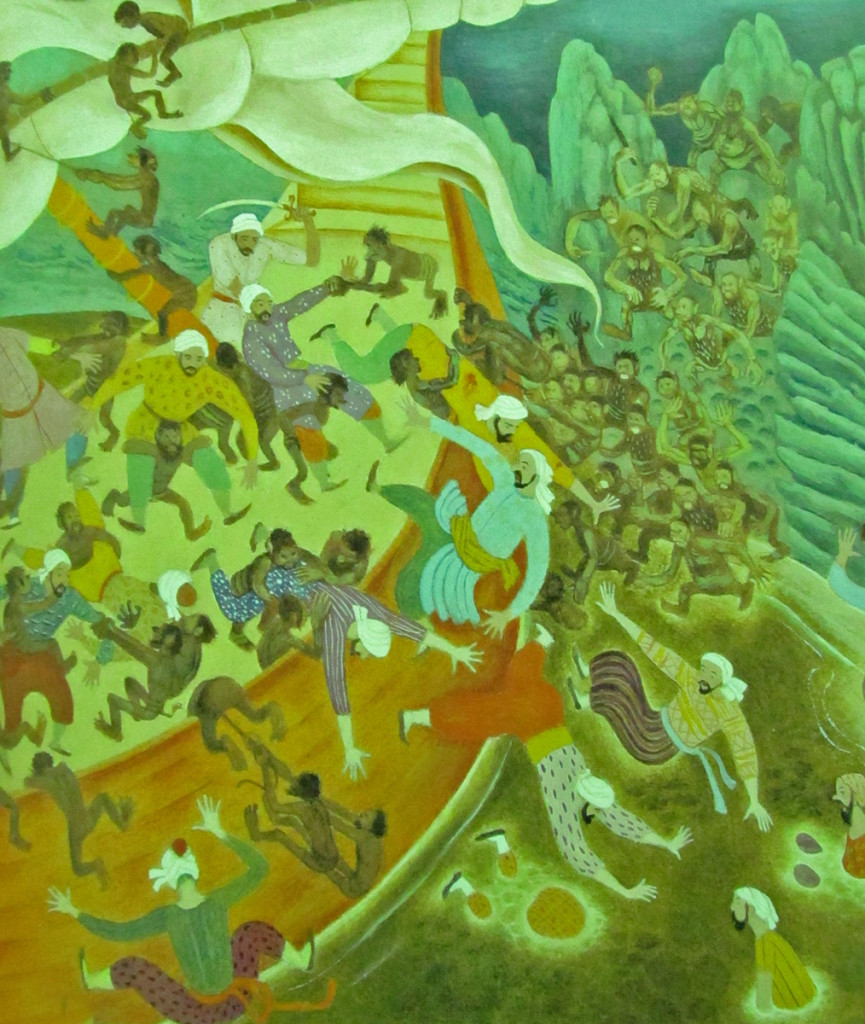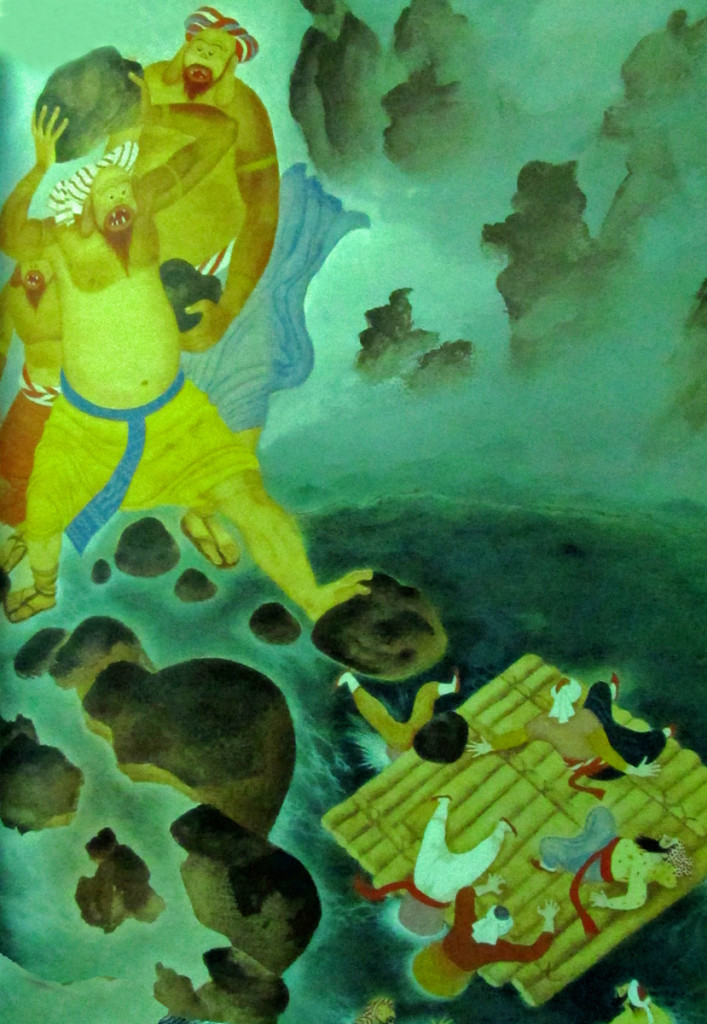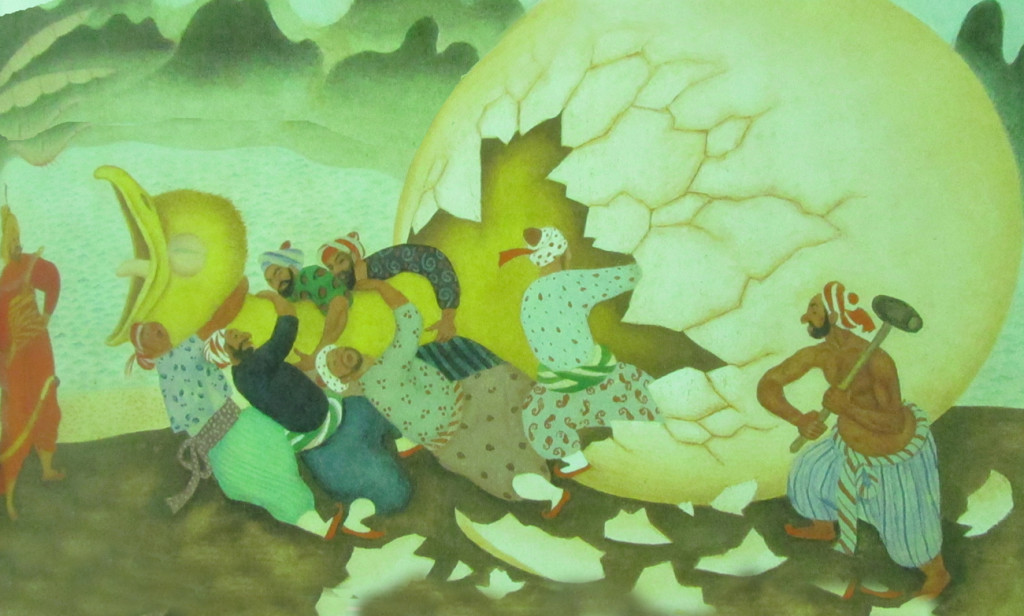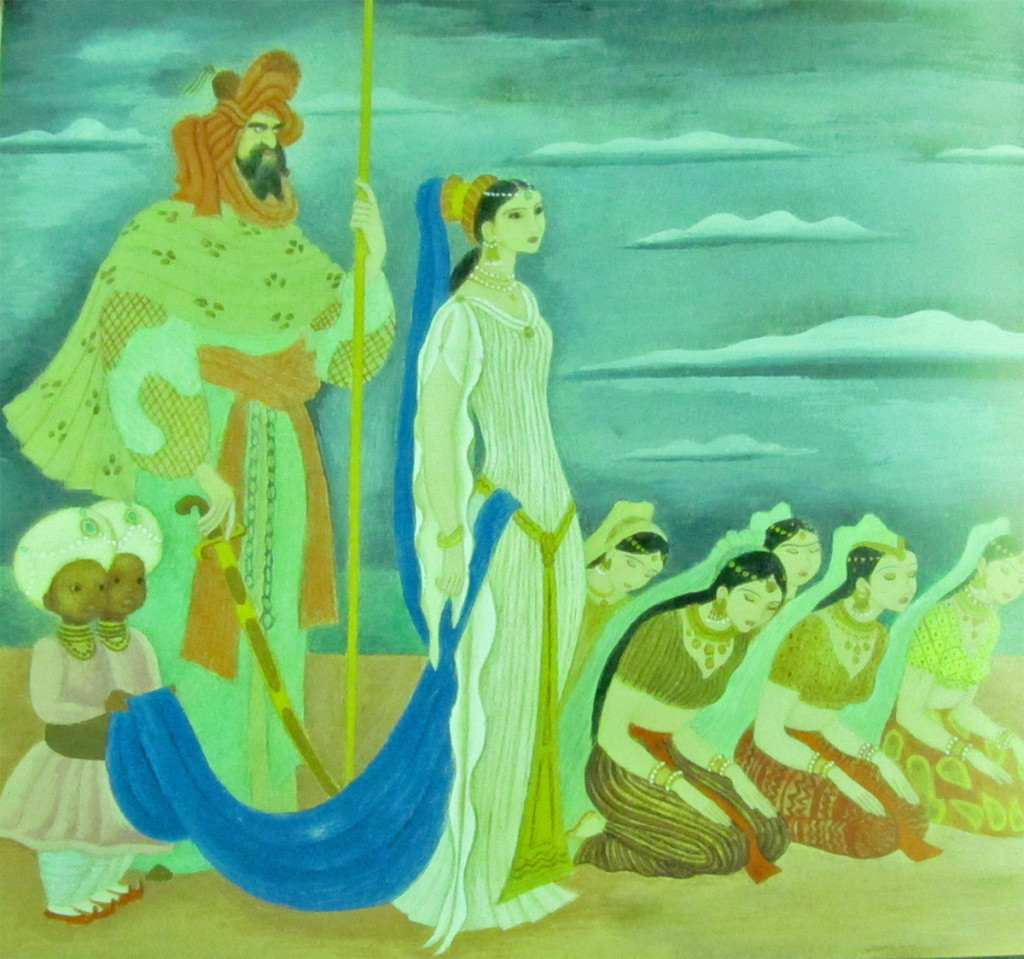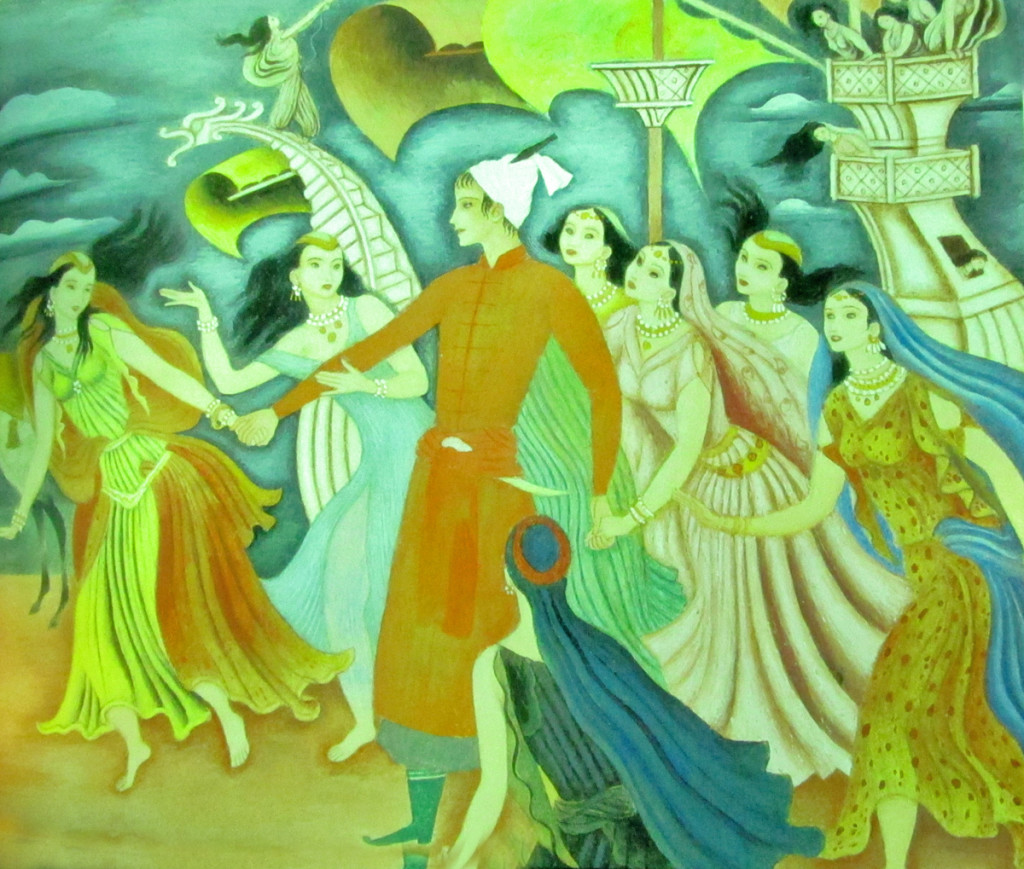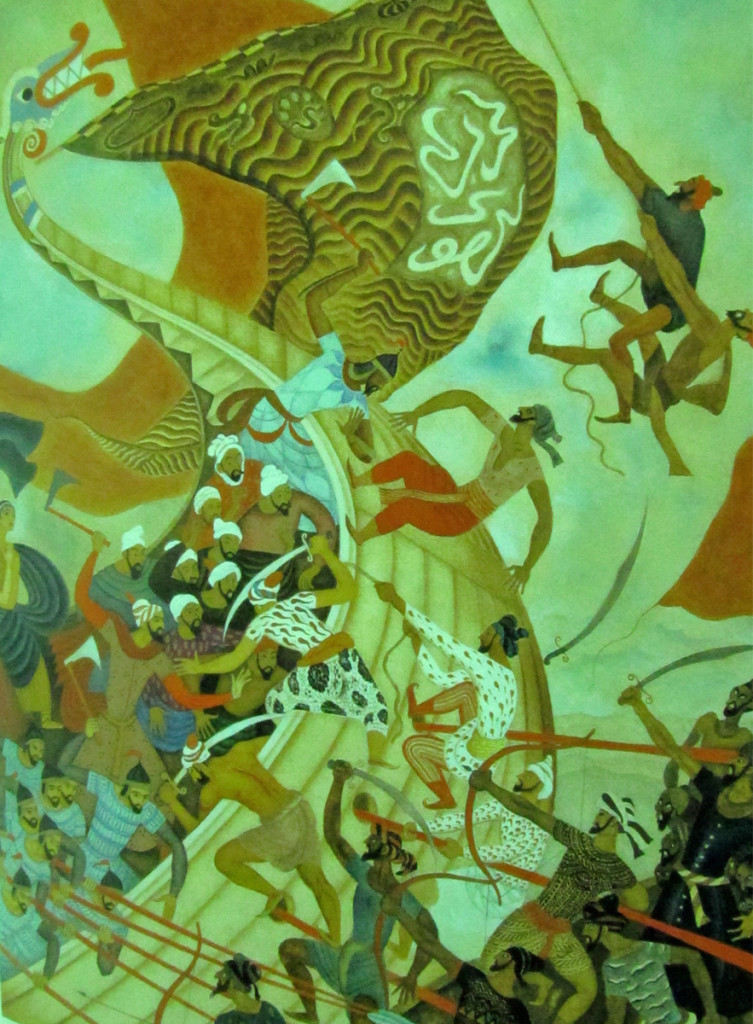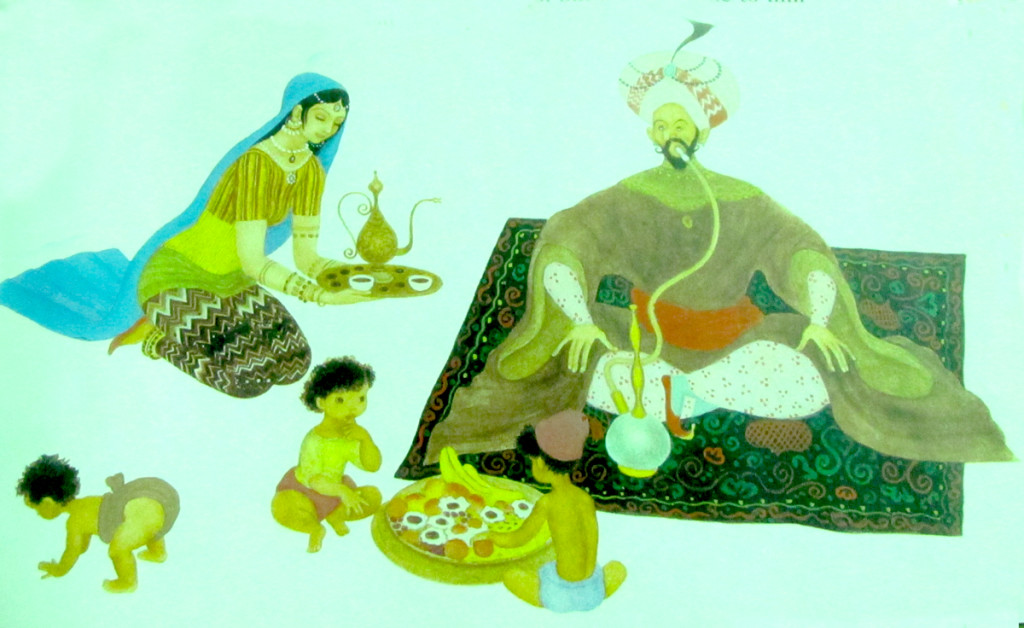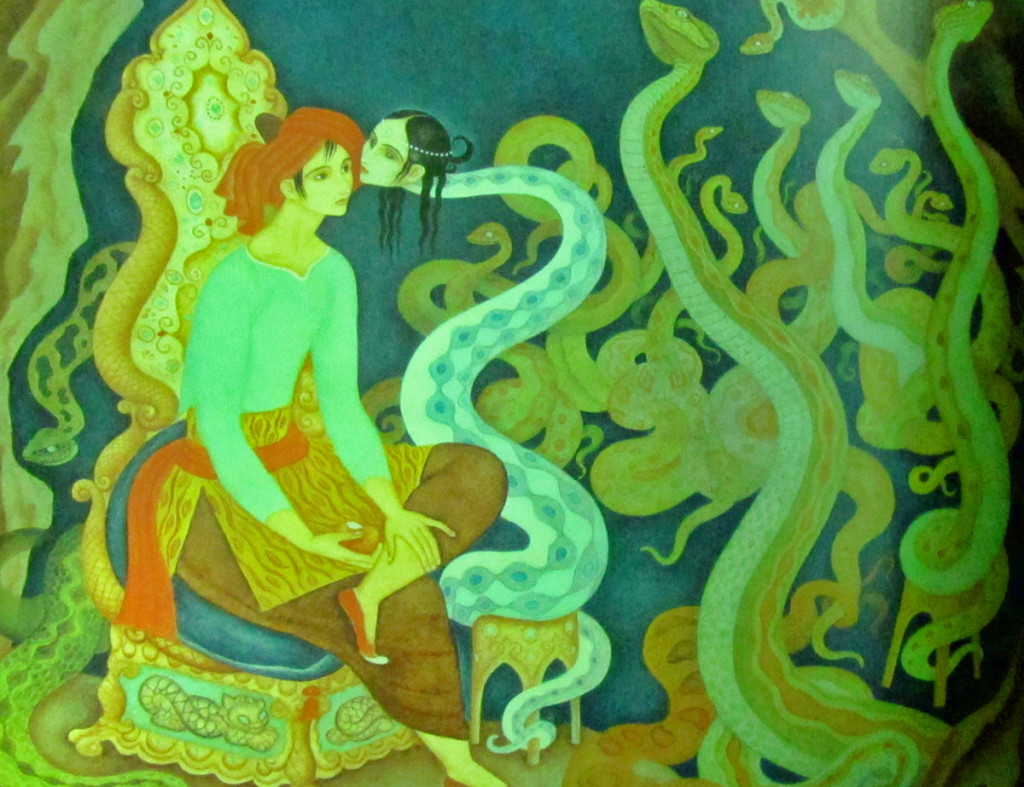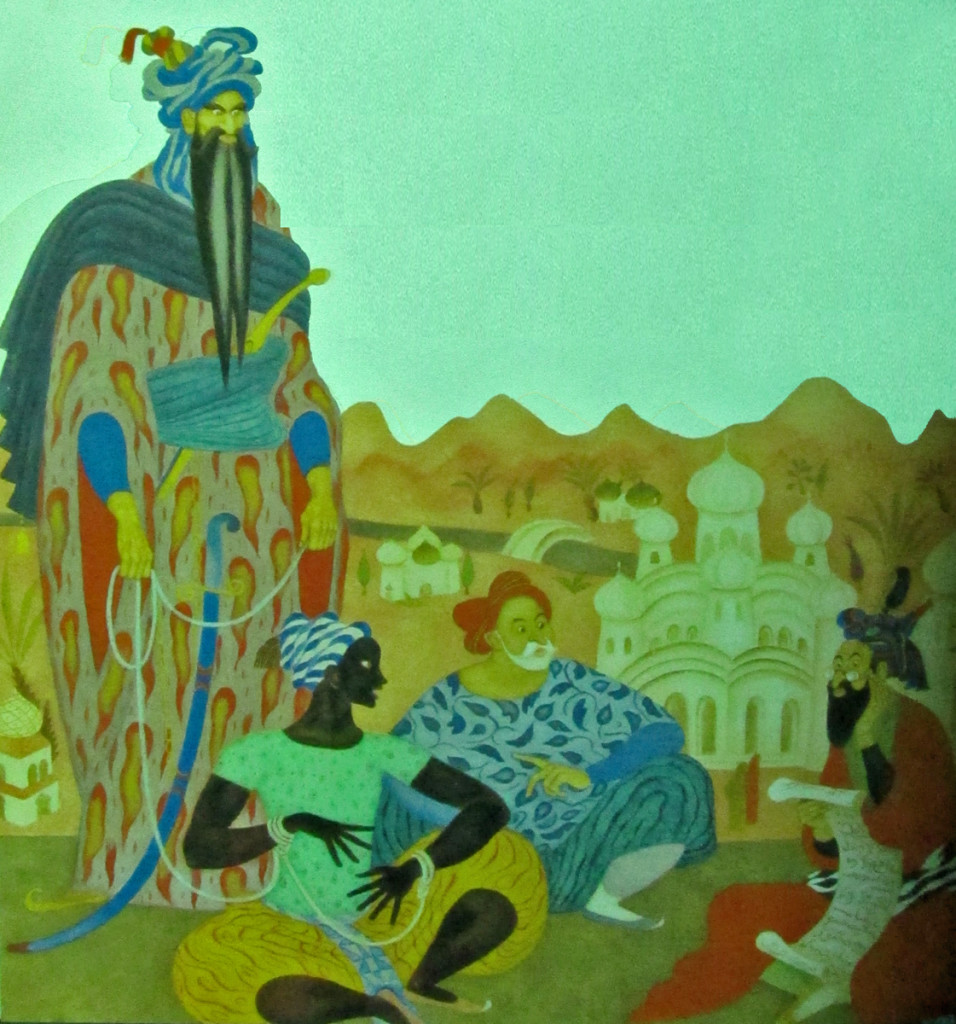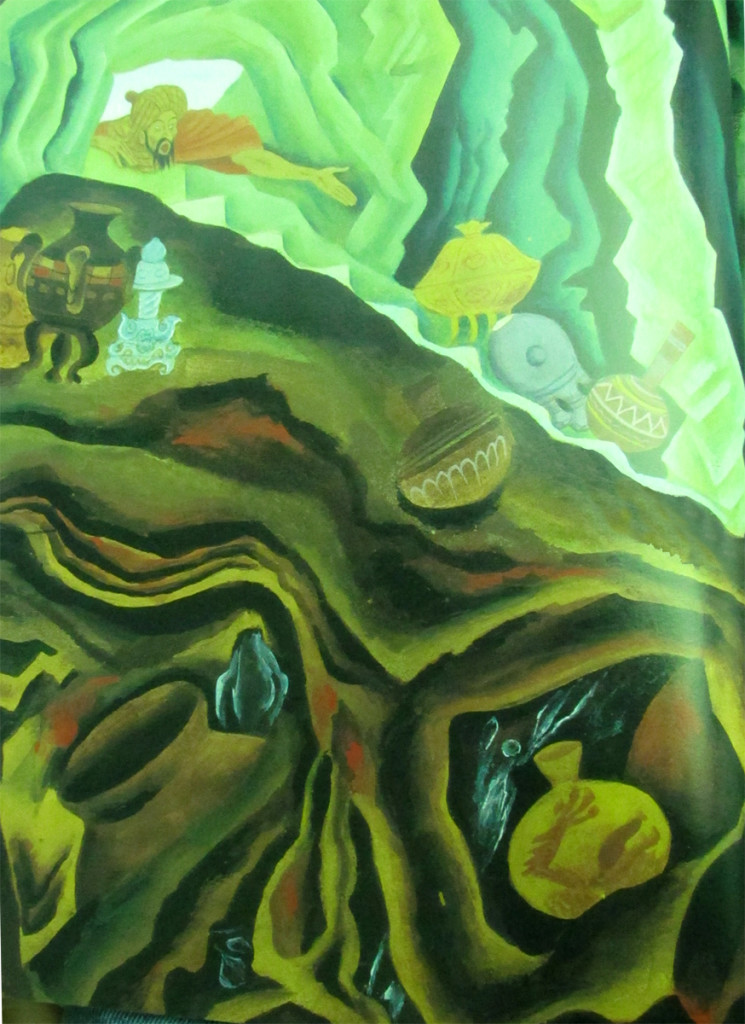Search ResultsFor "bambi"
Commentary 25 Oct 2013 03:58 am
Cherry picking in Animation Styles
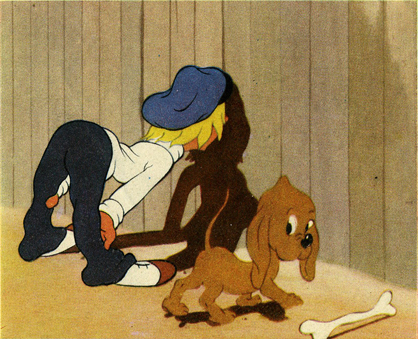 Disney was beginning to experiment artfully with his colors and shapes if not with his stories. He gave his designers a lot of free reign, and they slowly started taking it. The Silly Symphony films allowed them to push new areas in storytelling and the animators went for With films like Fantasia and Bambi that experimentation bled over into the feature films and excited the new guys enormously.
Disney was beginning to experiment artfully with his colors and shapes if not with his stories. He gave his designers a lot of free reign, and they slowly started taking it. The Silly Symphony films allowed them to push new areas in storytelling and the animators went for With films like Fantasia and Bambi that experimentation bled over into the feature films and excited the new guys enormously.
Walt had set up departments for story and designing, and newer artists like Joe Grant brought a verve to the stuffiness that had been settling into the artwork. Grant was a cartoonist – caricaturist who took a job at Disney doing caricatures and art for Mickey’s Gala Night Out and Mother Goose Goes Hollywood. Grant did a lot of great caricatures which leave us laughing through today. He went from starring artist of those two films to designing plenty of others whether they needed caricatures or not. His color work was every bit as good as anyt hing he’d done, and he kept the films rolling. Grant arrived as an artist and ended up being a star, taking full control over the newly devised Character Models department. While he was one of the better artists in the Thirties story department, he worked closely with Bill Cottrell as his storyboard partner. Cottrell didn’t do much drawing for his part of the partnership. The two were often also joined by Bob Kuwahara, a sketch artist, in doing the boards. The trio was inordinately successful (including the very fine films Who Killed Cock Robin? and Pluto’s Judgment Day); when they mined theeir work for shortsl they had a peculiar method to their madness in the making of the boards something that workekd well for them.
aaai, omn tr othrt hsnf, nrrf domrtning lrdr to fo thr job1
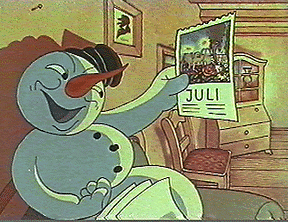 This was a peculiar way, for these Hollywood artists, to create their stories.
This was a peculiar way, for these Hollywood artists, to create their stories.
Meanwhile, overseas the Europeans were predominantly influenced Fleischer – or so they’ve often been quoted. Seeing the first Danish animated feature: The Tinderbox, one of my favorite fairy tales and it’s by Hans Christian Andersen, it carries so many of his they definitely do try to get into the heads Fleisher animators – Fleisher during Gulliver. The characters can’t hold their own lines. They distort, come back together and seem, always, to be living in a land of “takes.
“However, it’s not quite completely true. You have a film like The King and the Chimneysweep (done in France by Grimault) and they’re definitely modelling their work after Disney. Distribution to the Far East is covered by Ghibli, Miyazaki’s company. Miyazaki also controls rights to Kirikou et les hommes et les femmes by Michel Ocelot. They also have several of the 2D films done by Trnka in the late forties early fifties. Trnka didn’t follow the guidelines of Disney, but he was escorting himself. He had a style all his own found under the animation camera. He stuck with the original,
The man did great work.
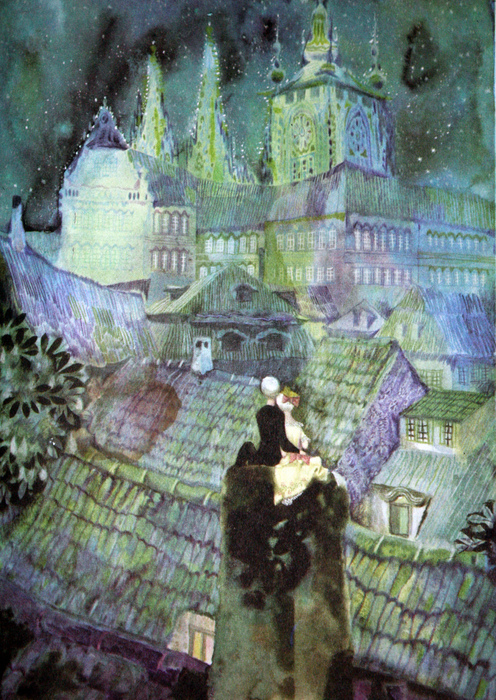 When the Nazis stepped in and took over the Fischerkoesen Studio they gave orders that their studio should emulate Disney. And that’s what they did. They tried to supersede some of the most brilliant multiplane work done by Disney. In fact they did an exxcellent job excpt for the muddy movement.
When the Nazis stepped in and took over the Fischerkoesen Studio they gave orders that their studio should emulate Disney. And that’s what they did. They tried to supersede some of the most brilliant multiplane work done by Disney. In fact they did an exxcellent job excpt for the muddy movement.
You can show how animated films were influenced by others but you also have to show the results. In the case of all the Disney tied work, the working layout is stunning, but the animation left a lot to be desired. The needed a dominating animator who could get the artists to express themselves. This, of course, was also true of the Fleischer-inspsired work. The films are really lacking for good animation.
David Hand tried this in England just following WWII when he set up a studio outside London and tried to train new workers to the medium. The Ginger Nutt series was born, and didn’t last long. But quite a few animators grew out of this system. Harold Whitaker was probably the foremost animator, and. I know Gerry Potterton made it through this system. His look is far from Disney, ever farther from Fleischer. Maybe that’s why he was successful.)
So it started when Fleischer went to Hollywood/Disney where it got slicker. Europeans and Japanese picked up what they wanted from those cherry-picking from Europe. I hope soon to write about the “moderne” art of Russia.
Miyazaki has his own style which is different from other Japanese animation studios. Like his aircraft and air battles, it’s more European than Japanese and more Japanese than any other’
European. It’s his style, though. That’s to be sure.
Animation Artifacts &Articles on Animation &Books &Commentary 23 Sep 2013 08:00 am
Heading Toward WB
Maurice Noble began his art career at Chouinard’s Art Institute. He and Mary Robinson (Blair) followed similar paths at the school. They both moved on to jobs decorating windows of Robinson’s Department Store. Their design styles were in no way similar, but their approaches to the art were. This was during the Great Depression, and there was no chance of getting a raise of salary there to match what ould be earned at Disney, They both moved on to working at Disney’s Studio.
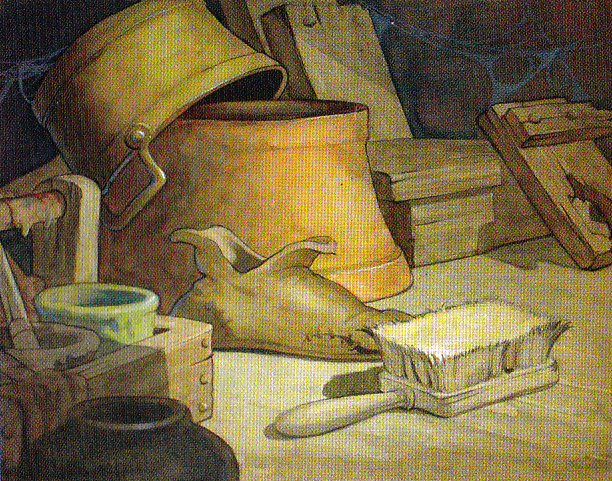 His first assignments were in painting backgrounds for some Silly Symphony cartoons such as Elmer Elephant, Water Babies, The Old Mill and The Country Cousin. All of these were “A” list Symphonies and were certainly plumb assignments within the studio, yet it took Maurice a short bit of time to appreciate the move he’d made toward animation. He soon found himself painting backgrounds on Snow White and designing on Bambi, Pinocchio, Fantasia and Dumbo. On Dumbo he helped to design the Pink Elephants sequence. He developed his personal approach to animation design.
His first assignments were in painting backgrounds for some Silly Symphony cartoons such as Elmer Elephant, Water Babies, The Old Mill and The Country Cousin. All of these were “A” list Symphonies and were certainly plumb assignments within the studio, yet it took Maurice a short bit of time to appreciate the move he’d made toward animation. He soon found himself painting backgrounds on Snow White and designing on Bambi, Pinocchio, Fantasia and Dumbo. On Dumbo he helped to design the Pink Elephants sequence. He developed his personal approach to animation design.
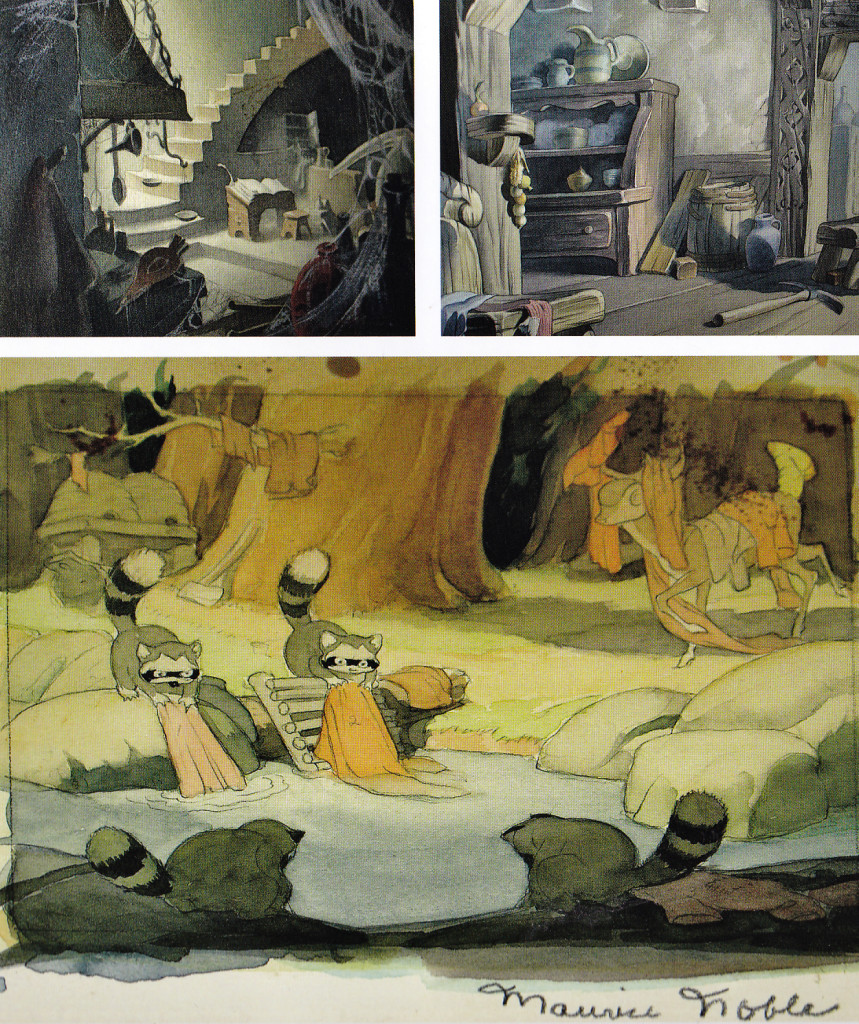
Selected art by Noble from Snow White
There was also a legendary screening, set up by Frank Lloyd Wright, attended by many at the Disney design group, of a Russian animated film called The Tale of Czar Durandai. This 1934 short film was directed by the famous Ivan Vanov-Vano. John Hubley also used thisfilm as an example of inspirational work for the animation he was to do.
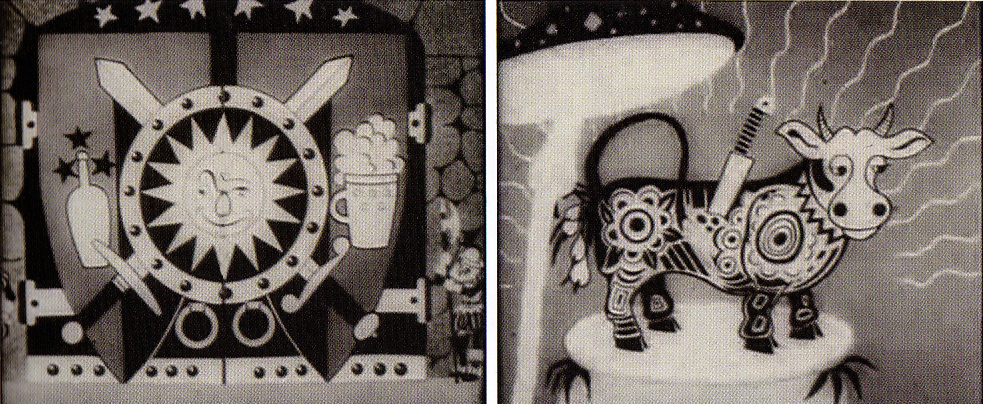
The Tale of Czar Durandel
Maurice Noble had also participated in the strike at Disney’s. When it was over, he was given a second-rate office, and it was obvious he was no longer in high demand at the Studio. He sat doing nothing for quite some time before receiving severance pay. He then joined the Signal Corps to work for the Army. The aggregation of artists who had joined the group was a top-notch selection of excellent designers all of whom were committed to 20th Century Art in animation. Animation had joined the Modernist movement, and was on its way to producing “adult” fare.
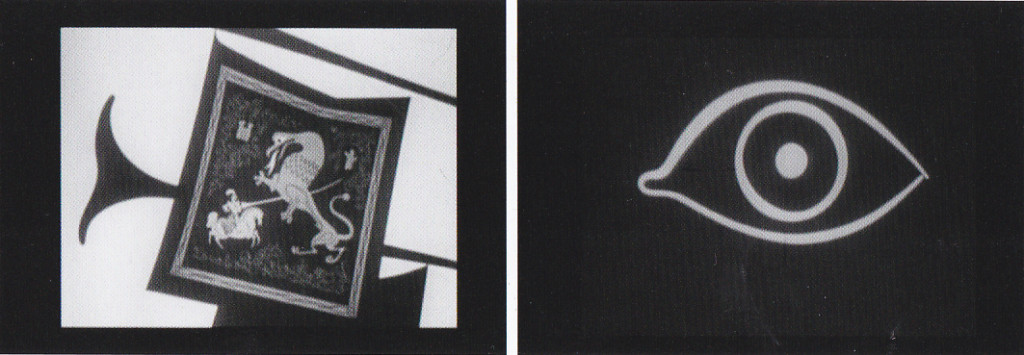
A Few Quick Facts About Fear was a short produced/directed by Zach Schwartz
which took complete use of the new approach to artwork in animation.
Noble worked with Zach Schwartz on a film which led the way to the new approach to animation art. The film was done purposefully in B&W using a bold approach to the art.
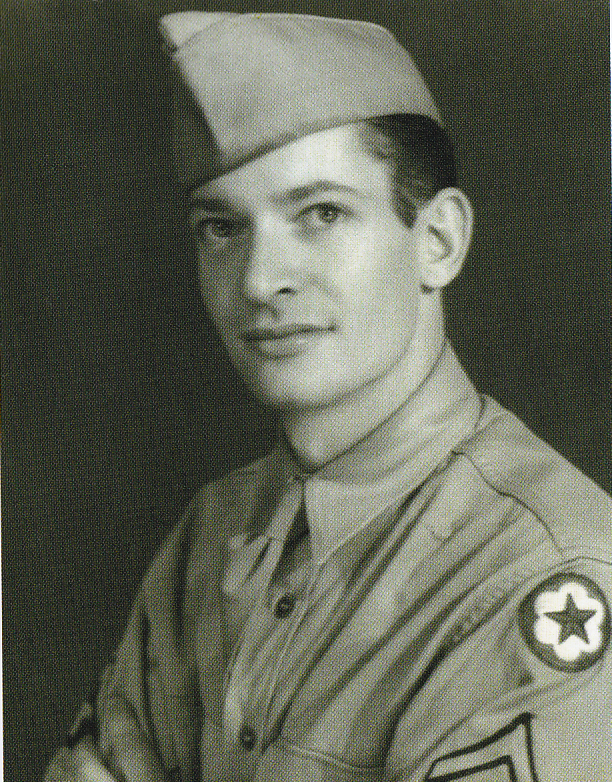
Maurice Noble in the SignalCorps.
Daily post 22 Aug 2013 06:04 am
Animators’ Sketchbooks – pt.1
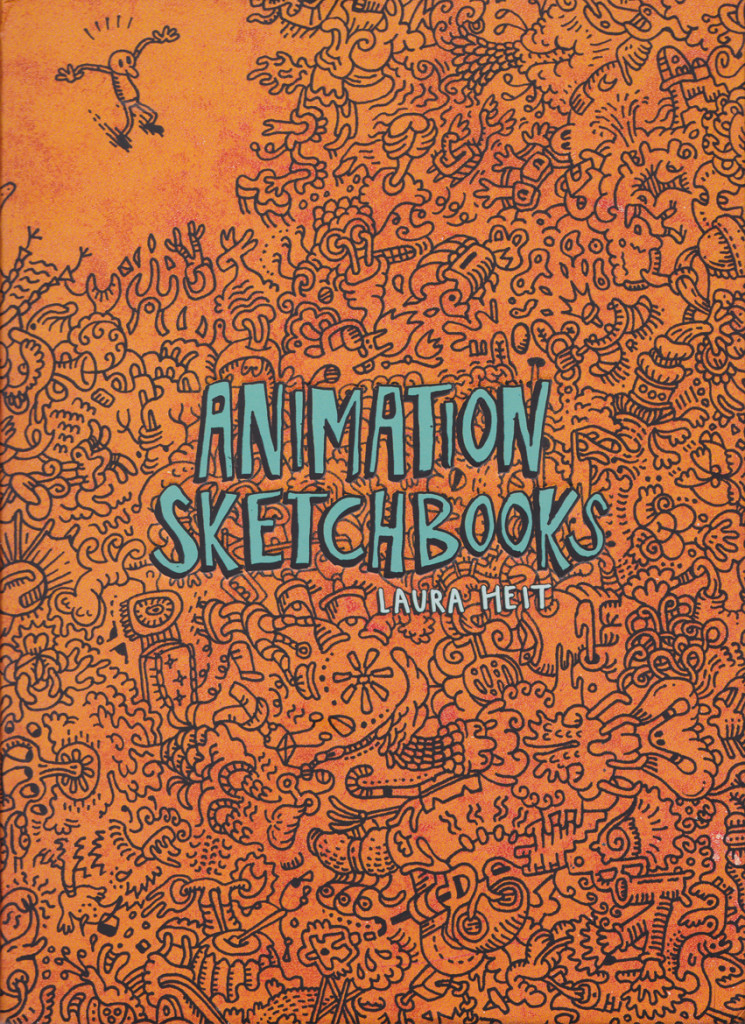
Animation Sketchbook, cover
Back in the 60′sm when I first saw Richard Williams‘ work and then when I went to work for Williams, I noticed there was something new and wonderful afoot. Williams did a lot of the storyboard work himself, and these were often sequences that he he, himself animated. The same, mind you, was true of sections of the storyboard that Ralph Bakshi took great pride in doing. Even Don Bluth put qte a bit into his storyboard work and took great pride in what sections he’d done. Like Williams, he espoused the urgency of the great of animation, but he seem to take more personal pleasure from those storyboard sequences he did on is own.
Chronicle Books recently sent me a beauty of a book to take a look at. Called Animation Sketches, there’s no doubt this book was done to be sold at the current San Diego Comic-con. It’s a virtual feast of art by new, young animation film makers. In the old days, ou’d have a collection of artworks which were made to piece together some scene from Dumbo, Bambi or the like. Nowadays, because the artwork is built on original free-form work, each artist’s sketches are designed to stand on their own, and they do.
I’d like to present a fair share of the many drawings and sketches in this book, but it’ll take time, so expect more than the one post I offer here. This book offers a new tye of stlizing which formidabl attempts to chnage the look of animation. It is certainly not designed for two dozen people to be working on the same show, but for now, at least, this method seems to to be working.
Most board artists who were doing long sequences, did their omplete boards. When a key short was in process, that one board artist did it all. From Lambert the Sheepish Lion to Eric Goldberg’s Genie in Aladdin or his Nutcracker Suite short for Fantasia 2000 there can be no denying that the individual was leading the way through some of these very personal films.
This book of art edited and collected by Laura Heit shows the other – the most personal of film work. Here’s some of it.
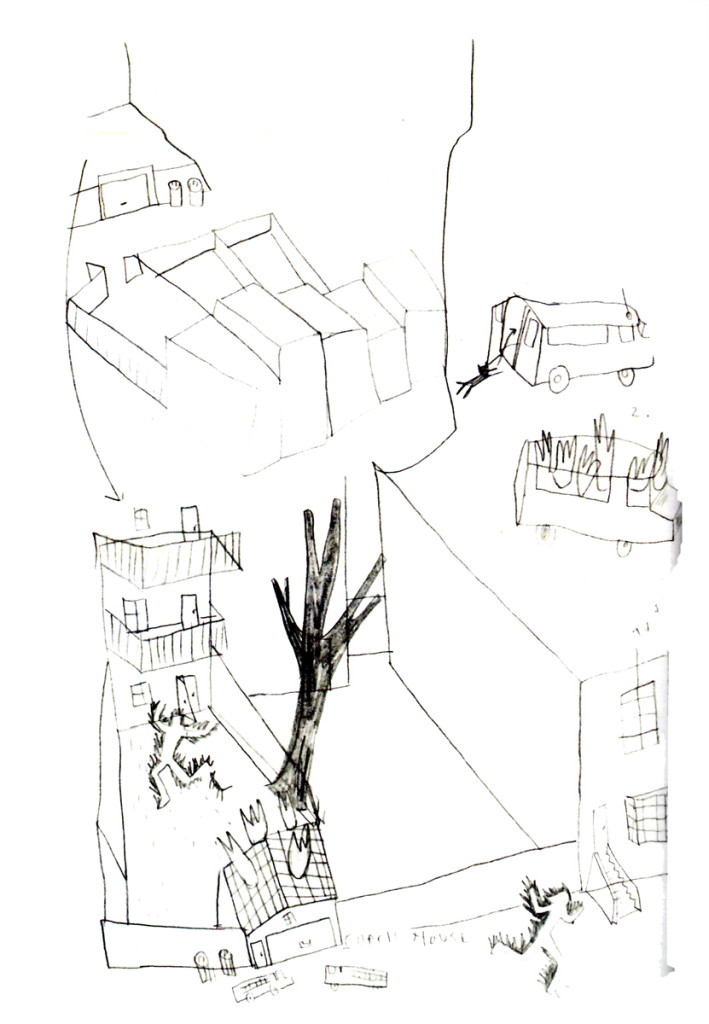 1
1
Daily post 23 Jul 2013 08:39 am
Animation SketchBooks
 1
1Animation Sketchbook, cover
Chronicle Books recently sent me a beauty of a book to take a look at. Called Animation Sketches, there’s no doubt this book was done to be sold at the current San Diego Comic-con. It’s a virtual feast of art by new, young animation film makers. In the old days, ou’d have a collection of artworks which were made to piece together some scene from Dumbo, Bambi or the like. Nowadas, because the artwork is built on original free-form work, each artist’s sketches are designed to stand on their own, and they do.
Given the length of this blog, I’ve chosen a number of sketches which successfully illustrate some artists’ visions.
Here, then, are artists like Chris Hinton, Paul Driessen, Pierre Luc Granton and others. I’ll have a couple of future posts of other artists from this book. For now, enjoy these.
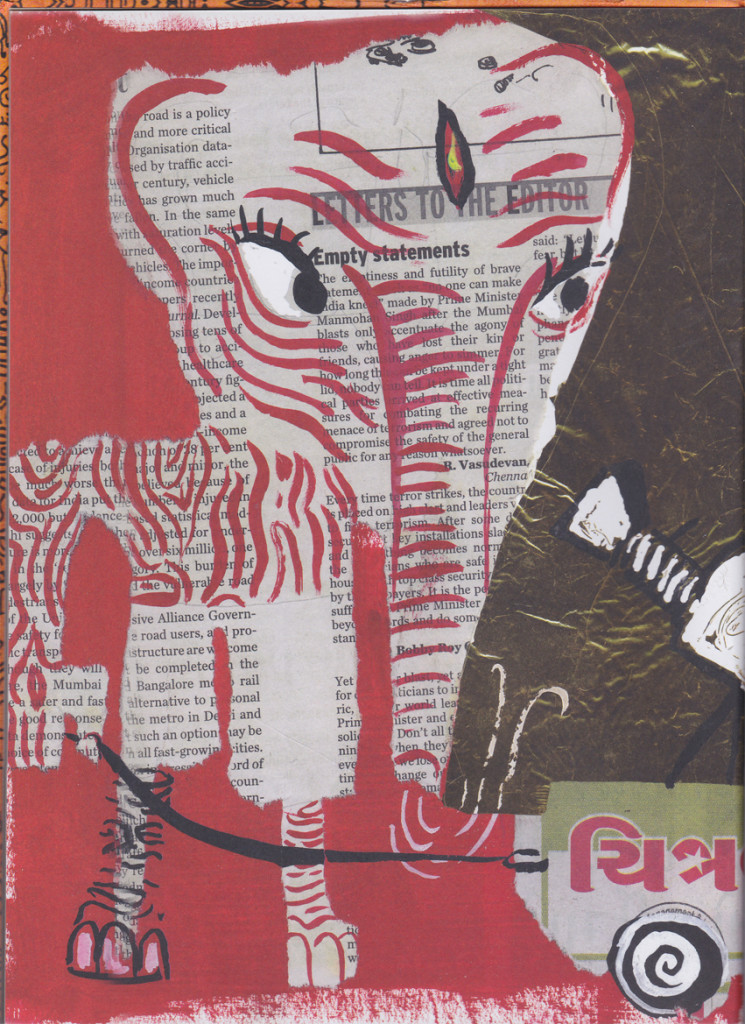 2
2Linda Heit
Thanks, Chronicle Books for the wonderful printing of this current book.
Bill Peckmann &Books &Comic Art &commercial animation &Disney &Illustration 12 Jul 2013 07:12 am
Ken Hultgren artwork
Ken Hultgren was an animator who worked for Disney during the height of the animal artistry that went on in the studio through the making of Bambi. Ken was a brilliant draftsman whose work was turned into a couple of beautiful drawing books after the finish of Bambi. It’s certaily worth pursuing the couple of books he produced. They all vary enormously and show off his flagrant abilities as an anmal artist.
 > 1
> 1
Bill Peckmann &Commentary &Daily post 03 Jul 2013 03:59 am
Bambi Comics
I apologize for any problems you’re having with the Splog just now. Verizon is a tough foe who cannot do their job correctly despite the high prices. They promise everything will be in order by Sunday July, 7th. I can only hope and keep trying.
Michael
A couple of days ago I posted some attractive designs that were done in the late thirties/early forties in preparation for the making of the animated feature, Bambi. The drawings were quite beautiful, and they led, without a moment to spare, to Bill Peckmann‘s forwarding some amazing comic strip pages. The Disney studio published an accompanying comic strip for the newspapers.
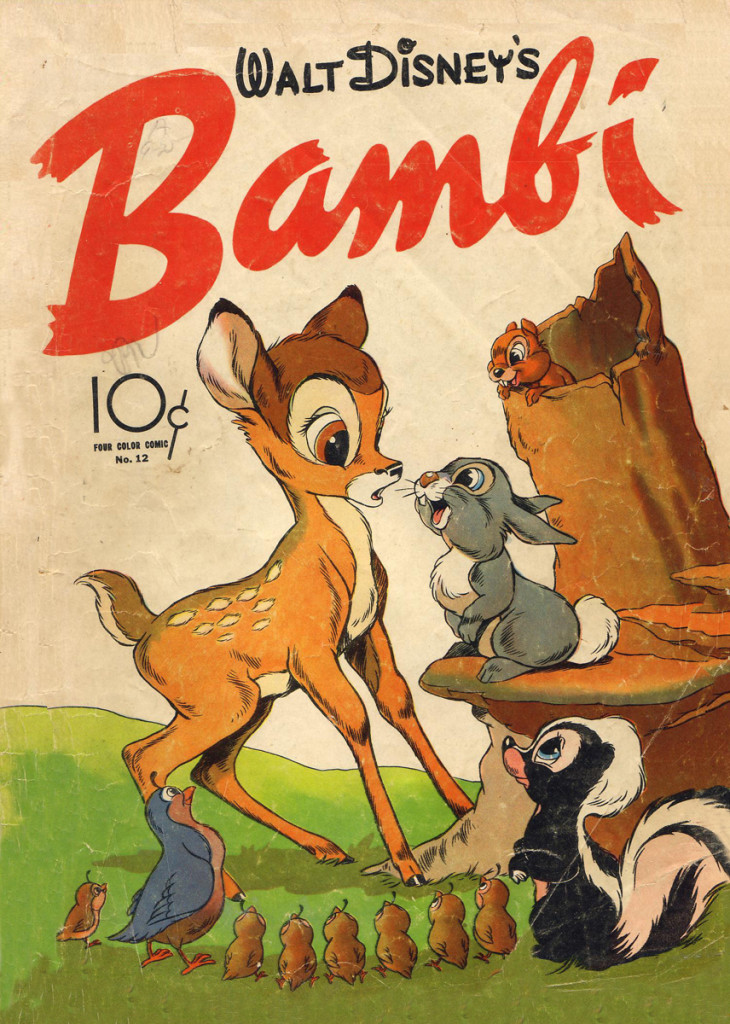
Bill Peckmann writes:
“our friend Germund von Wowern sends this
front cover of the first Bambi (1942) comic book.
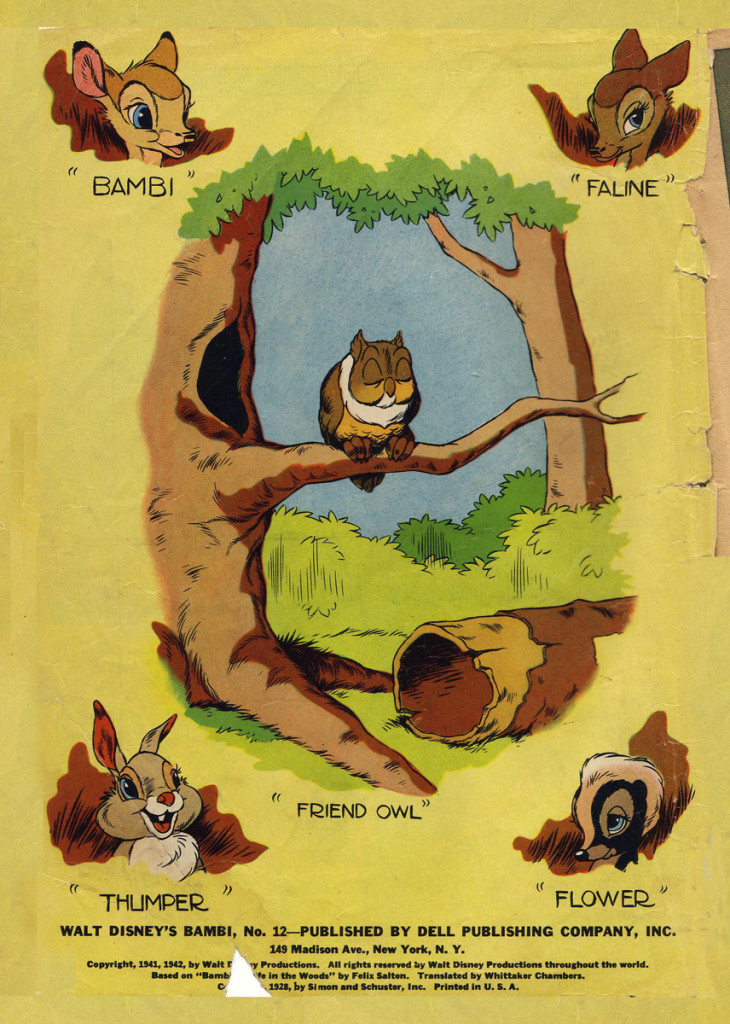
And he sends:
. . . the inside front cover (which was also
in full color in this comic book, something
I’ve never seen, usually inside covers were
two color or B&W).
_______________________
_______________________
Animation &Animation Artifacts &Articles on Animation &Disney &Illustration &Models &repeated posts 29 Jun 2013 03:51 am
Young Bambi – repost
- It all starts with a drawing.
The brilliant host of cartoonists that came before us were an amazing group. To think of the complicated set of characters that the created. Characters with complex personalities and sophisticated drawing techniques.
Those characters went trough the mill in my own life time. Seeing the horrendous things that have happened not only to Mickey, Donald and Goofy but to Bugs, and Daffy and other Warner’s Bros characters. It’s been shameful.
I was going to post illustrations of some of those bastardizations, but I think it’s enough just to mention some of them.
Think of the Mickey Mouse Clubhouse running now on the Disney Channel. If ever there was proof positive that cgi weren’t cartooning, that would be it. Those are very unsophisticated digital puppetry shows where every move is obvious and preplanned, the voices are hideous, and the stories nowhere sophisticated enough to call trite.
Take a quick jump from those to the flash animated whirls that are being released with a lot of fanfare, and you’ll see what can go wrong with animation of stars. They may as well have dug Marilyn Monroe and Clark Gable out of the ground to allow the computers to move them as well. Like all new animation that’s being called good, these beasts-of-films are moved at the speed of light where no move gets to have any personality. Think of that naked Mickey in the most recent release. A thin slime of a creature, all black, that looks like a clam being animated by a Jim Tyer. There isn’t a pose in the film that could compare with what Terrytoons did – Terrytoons, the bottom of the barrel. They had personality all over these poorly drawn efforts.
There were the old Greg Ford versions of the WB characters for theatrical release, compilations of old with new. They were all mediocre but had the honor of the past directors in mind. The Bakshi Mighty Mouse cartoons were a take on their group of characters, but you had someone with a personality, Bakshi, trying to do wonders with a library of “B” stars. Even with the TV budgets, they were trying hard to do something, and often they were successful.
Today it’s all for poor exploitation, and no one is trying to do wonders with their characters. It’s all too sad.
The WB characters have had even greater attempts at poor art. You don’t have to think back too far to remember the sitcom version of the characters now running on Cartoon Network, also done in Flash. Think back to the poorly designed wretches that WB issued to their local network of stations, the WB. Those poor animated creatures were redesigned versions with scales and all. It’s just about time to scream, “Enough!” Is there not one executive who can offer some honor to these golden characters of our past? How much do we have to watch?
Why did these studios create their archives? Was it just to resell the goodies or was anything preserved so that the future animators could do right by these characters?
- It all starts with a drawing.
That’s all I can think. With that I’m just going to post a number of gems from Bambi. These had to have had some purpose greater than feeding Bambi !!. Or maybe I’m wrong.
Bambi is, to me, one of the most beautiful of animated features. Collectively, the artists at the Disney studio pulled together to create some wonderful artwork which produced a wonderful film.
The initial work went through many phases, as would be a natural state for animation. However, all of the artists seem to be trying for a higher plane, and oftentime they reached it.
To celebrate the latest release of this film, the Blu-Ray/DVD version, I’ve pulled a lot of the drawings from the film and post them here. It’s amazing how much influence Marc Davis had early on. I can only ID the artists of some of the sketches. If you know, let me know. We have to continue to ID these artists. Without their names we just have these flash animatedMickes that don’t even include one credit. And maybe they shouldn’t be credited; the work is so embarrassing.
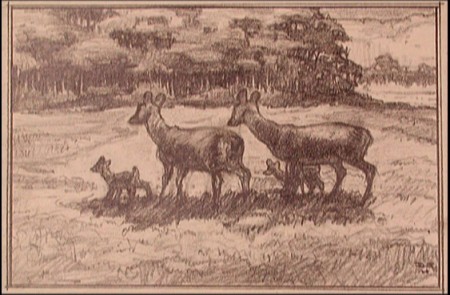 1
1David Hall
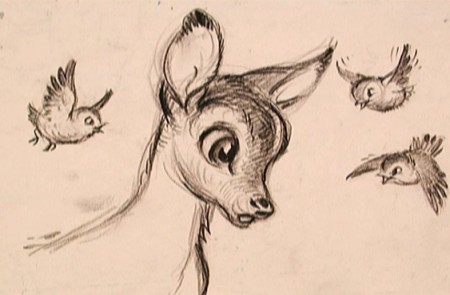 3
3
(above and below) Marc Davis
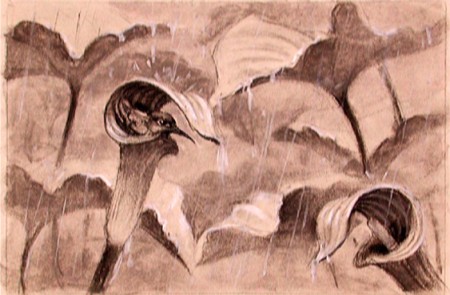 7
7
(above and below) Ken Peterson
Commentary 22 Jun 2013 03:11 am
A Week that Was
Academy Screenings have come at us this Summer in a hot and heavy fashion. I can’t say that all the films are worth watching, but then you’ll get a week like this where there were several positive adventures as opposed to last week when you had duds on top of duds.
On Tuesday, Brad Pitt came to us in 3D with World War Z. Quite some time ago, I had read that it was a film about Zombies and had forgotten. If I’d remembered I wouldn’t have gone to see the movie, and I might have been sorry. The story is a bit simplistic, but the metaphor is a good one. People, for some medical reason gone awry, turn into killers destroying each other, by bite, without reason. From the first 10 minutes in the film, right to the end I was sitting on the edge of my seat. The tension was formidable.
It was basically about Brad Pitt trying to save his family and in doing so resolve the problem for the world. It all seemed possible (given all the horrendous medical mishaps we’ve seen – from AIDS to Avian Flu to whatever else we could imagine.) Pitt’s one of the only actors I can think of who can relay confidence as a father to his two daughters (and a boy they pick up along the way) as well as a leading consultant working for the UN. The story resolves things in the way Mr. Pitt would like to see. A positive and hopeful ending.
Having seen Superman (Man of Steel)a week ago, it was good to see something with more heft on its mind than aliens.
Monsters University was a piece of garbage that could have stayed on the shelf. More like one of those Disney reworks (Remember: Bambi 2, Peter Pan 2, Aladdin 2, Pocahontas 2, Lady & The Tramp 2 et. al.) This thing, Monsters University, was a total piece of waste. At least the other 2D animated films had originals worth trying to live up to. It’s a tough chore to compete with the original Bambi that the off shore studio tried hard. The original Monsters Inc. was easy to compete with. Nothing to do with the art of animation and all to do with padding Disney’s pockets. (Coming up next week is Despicable Me 2. Who cares? I couldn’t make it through the original.) Pixar, doing Monsters Inc and now Monster U, should be ashamed of this work.
The Attack was an Arabic film that capitalized on the endless war between their two cultures. The 100% rating for The Attack might have been more deserving of half that.
So far, too many battles this summer. All tedium.
Same Old Sad Song
Back in 1955 I was nine years old. There were five kids in my family (including me and an older sister who never would’ve hung out with the rest of us.) Up the block was a larger family of cousins – all girls (at the time). Lady and the Tramp was opening, I wanted to see it on opening day – a Wednesday, and there was no stopping me. In the end, it meant I was supervising 7 kids if I wanted to see this film on it’s first Manhattan screening.
My mother had give me enough for the 8 admissions: 15 cents each for admission ($1.20) plus cash for popcorn & sodas. I had it all worked out and was set to buy something for every one. But the theater got smart! They raised admission for anyone under 12.($.25 cents!) Now, instead of being $1.20 for all of us to get in, it’d cost TWO DOLLARS for admission. We had enough to get in, but forget the candy. There wasn’t enough.
I explained it to my siblings and my cousins. My big fat, old-enough-to-know-better cousin started crying while we waited on line. We needed another quarter, and we could all share popcorn. How was I gonna get that! We were on line and she wouldn’t shut up.
I just wanted to see the movie. I didn’t care about candy or popcorn. Yet the fake-ish crying got louder. They were starting to sell tickets.
The theater manager came over to me to ask what was wrong. When I said we didn’t have enough, he thought I meant admission. He had to stop the crying. It was bad promotion for opening day at his theater. He gave me a dollar!
We suddenly had enough candy and popcorn for all of us, and we had no trouble getting into the theater in plenty of time with lotsa extras. The only problem was that my cousin was hooked onto her crying and she wouldn’t let up on it.
In the end, we saw the movie, ate the candy and had a good time. Of course, before we left, that same cousin had lost her glasses and she started crying again until we found them.
That big wide C i n e m a s c o p e screen. It was great, and I refused to ever go to a theater with my cousin again. I figured out a way to go again the next day with just my younger sister. We sat through Lady & the Tramp twice.
Nowadays, you’d have to put half those kids up for adoption to get enough for entrance and popcorn and 3D glasses. And the movie wouldn’t be as good. (See Monsters U about that one. They didn’t even offer 3D version to the Academy members; that’s how much it mattered.)
New Old Favorites from John Canemaker
Recent news I got from John Canemaker was that they are going to republish all of his Disney art books with a fresh approach. I believe they’ll be doing one book a year with The Art and Flair of Mary Blair to be the first to be published anew. It will have better color matching supervised by the Disney archives to equal the originals by Mary Blair.
The second book from the Canemaker canon to go this route will be Walt Disney’s Nine Old Men and the Art of Animation. In the end all of his great books should look fresh and bright, possibly even better published than the originals.
For once a publisher does a positive service to the history of the medium.
Speaking of which, I’m reading John’s Paper Dreams for the first time. It’s a pretty fabulous book, and I’ll have a lot to say when I finish it this coming week.
More on Mogubgub
Ed Grant on his site, MediaFunhouse, has devoted some space to the late Fred Mogugub. The material in the article seems to have been culled from work written by Mogubgub;s friend, Richard O’Connor as well as from my site.
The rehash is worth the reread; I can assure you. Artists need to be recognized.
James Gandolfini
At only 51, James Gandolfini (center above) seems to have left us. Thank god for The Sopranos. That show gave us a clue as to was a fine actor he was. I’m unable to turn on an episode, and episode and to quit so quickly thereafter. I feel compelled to watch the entire show regardless of the fact that I’d seen it many times already. Like a great movie, not a TV show.
As it happens, in the past year I seem to have run into Gondolfini more than my fair share of times. Twice I saw him with other “Soprano” members at David Chase events and three times I saw him at HBO events which celebrated documentaries about to be aired. I am amazed at how fit he looked all those times that I’d seen him. He was an actor who carried some weight (I don’t mean physically but dramatically), someone I would have cast in a moment’s notice no matter what I was filming. He was a talent to be reckoned with, someone who’d have brought real character to your film.
Books &Disney &Illustration &John Canemaker &Layout & Design 19 Jun 2013 06:53 am
Tenggren’s Arabian Nights
Gustaf Tenggren, of course, was the designer who worked at Disney’s studio during the thirties creating art which became models for Snow White, Bambi, and Pinocchio. John Canemaker wrote extensively about Tenggren in his book, Before the Animation Begins.
The artist moved into publishing after work at the Disney studio where he created The Poky Little Puppy for Little Golden Books. The Tales of the Arabian Nights was another of the many books Tenggren did for them. While visiting John Canemaker I saw the book and photographed some of the illustrations. Hopefully, the quality will be good enough so that I can share them with you. They’re completely original for Mr. Tenggren; not at all inspired by the many European-styled work he was known for. A true artist.
Commentary 14 Jun 2013 11:17 pm
Huh?
.
I received this note from the “Wise Old Man” of Holland, Borge Ring, after I posted my piece about the Disney studio in the last days of the “Nine Old Men” – just before the new guys took ownership:
- hi MICHAEL
For you to add, share or ditch:
You touch upon top Walt Disney animators relaxing and losing their (story)mind
after Walt Disney died on them
I asked Marc Davis if Walt Disney’s death was followed by a period of
interregnum among the Nine Old Men.
Marc’s face turned sour
“Oh yes. There was no orderliness of production – Everybody did as they
pleased. Frank would go upstairs and take scenes that should’nt have been done
by HIM.”
greetz
Borge
Auto Boarded
.
 I must be getting old. I’ve gotten so tired of drawing storyboards, after all these years, that it came as a great relief to read that I no longer have to do all that arduous labor.
I must be getting old. I’ve gotten so tired of drawing storyboards, after all these years, that it came as a great relief to read that I no longer have to do all that arduous labor.
Now thanks to Amazon Storyteller (and the short description given by Amid Amidi from Cartoon Brew) the computer program will do the drawing for me. As the Amazon ad for the piece reads, “A storyboard can be 10 panels, or 100.” Once you place your “original script” into the program, designed and previously drawn characters will act out your script. All you have to do is add the script.
In a few days, Amazon Storyteller will rate your storyboard and tell you how good it is. (Just what I need, another boss.) This could be the start of something good.
All I need is Amazon Animator, so I don’t have to do that work either. I can just hire the machine to move my storyboard drawings with previously-animated scenes.
Movies
The films this week came fast and furious. It started with Sofia Coppola‘s latest film called The Bling Gang. Based on a true story, it’s about a group of teenagers in LA who sneak into and rob the houses of celebrated girls, such as Paris Hilton and Lindsay Lohan. Though we see alarms record the break ins and robberies, it takes a while for the police to investigate any of them. Eventually, all the teens are captured and end up in jail. You people living in LA can feel safe that they’re not out there to search your apartments for the latest in Laboutin shoes. Paris Hilton actually loaned her real home for the shooting.
The film feels a bit disinterested in the characters, and the whole thing feels a bit passive-aggressive. The best part of the film was that it ran quickly through its short 90 minute length.
Unfortunately, I forgot to bring my camera to photograph Sofia Coppola who came prepared to answer questions and whipped through those from moderator Brian Rose, a local film historian. Ms. Coppola does have a large and beautiful head, in the way of most stars. she reminds me a bit of Sophia Loren. Her interview will be on=line soon.
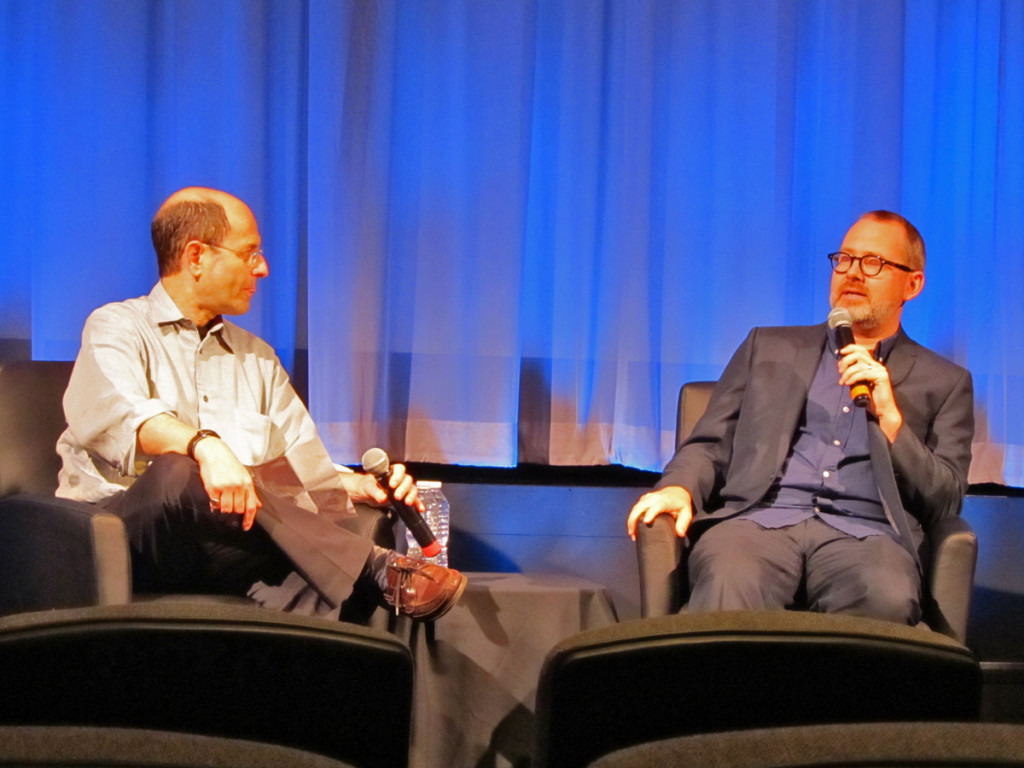 The next night brought a different kind of documentary, Twenty Feet from Stardom. It sounds like some kind of horror film, but it’s really about back-up singers. Their talent is obviously enormous, but stardom seemed to resist most of those on screen. It was nice to hear Bruce Springsteen and Sting talk about their back-up singers. Of course, the film was full of melody and had us dancing in or seats. Darlene Love is part time focus in the movie. Only after she’s working cleaning houses, does she gain respect for herself and her talent. She moves to New York where her career takes off, and she was a success story. She’s become a staple on the David Letterman
The next night brought a different kind of documentary, Twenty Feet from Stardom. It sounds like some kind of horror film, but it’s really about back-up singers. Their talent is obviously enormous, but stardom seemed to resist most of those on screen. It was nice to hear Bruce Springsteen and Sting talk about their back-up singers. Of course, the film was full of melody and had us dancing in or seats. Darlene Love is part time focus in the movie. Only after she’s working cleaning houses, does she gain respect for herself and her talent. She moves to New York where her career takes off, and she was a success story. She’s become a staple on the David Letterman
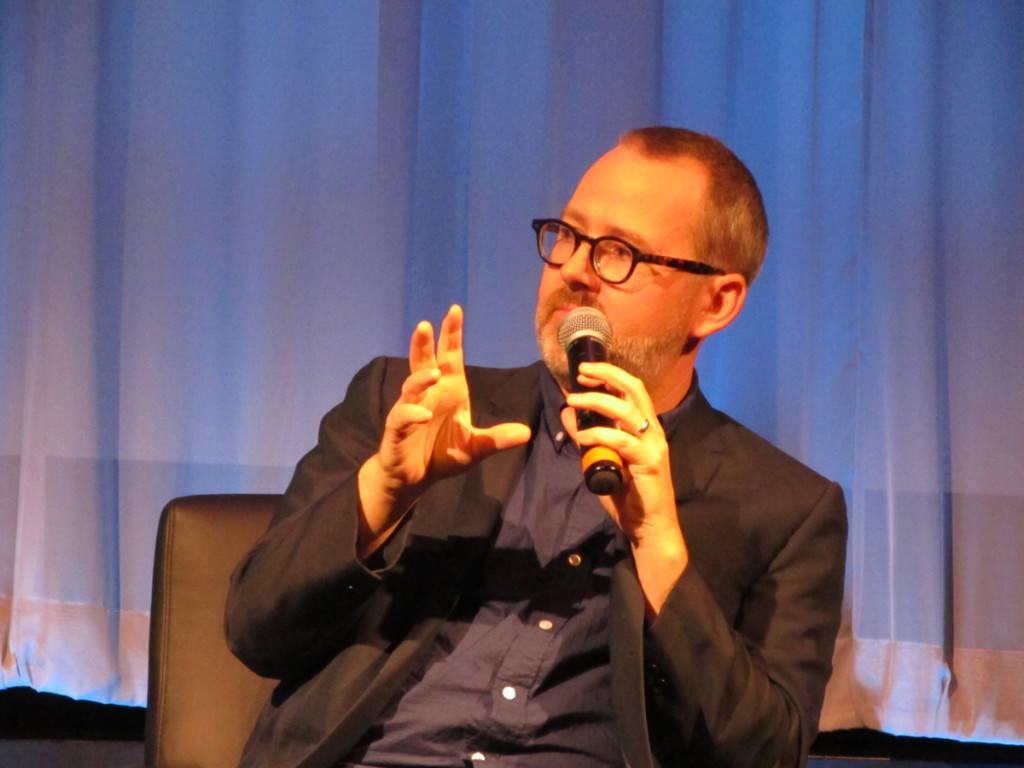 show every Christmas where she sings her hit, “Christmas (Baby, Please Come Home).” A very entertaining 90 minutes, the movie zipped along and told its story well. One wonders how the producers of this film were able to secure the rights to many of the songs that played out on the soundtrack, everything from “Space Oddity” to “Walk on the Wild Side” to “Lean on Me.” The post screening interview between director, Morgan Neville and Brian Rose also moved quickly.
show every Christmas where she sings her hit, “Christmas (Baby, Please Come Home).” A very entertaining 90 minutes, the movie zipped along and told its story well. One wonders how the producers of this film were able to secure the rights to many of the songs that played out on the soundtrack, everything from “Space Oddity” to “Walk on the Wild Side” to “Lean on Me.” The post screening interview between director, Morgan Neville and Brian Rose also moved quickly.
The Man of Steel was screened on Thursday evening. The latest adventures of Superman deal with his having to shave on Earth and his difficulties in getting a job prior to work at the Daily Planet.
There was no post-screening interview, but I’m not sure how interested I would’ve been in one.
Conversations
I’ve been talking about these post screening conversations for the pat few weeks, since the NY chapter of the Academy started scheduling them. These conversations have been placed on line and can be viewed if you’re interested. They’ve just posted the interview with Chris Wedge for his film, Epic. The virtual leader of Blue Sky talks about his film here.
RIP – Murray Rosen
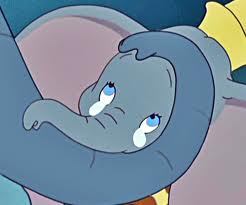 Cartoonist, Murray Rosen passed away this past week. Murray attended schools in New York City. Graduating from Pratt Institute, he went on to work for Walt Disney on Dumbo as a Cartoonist. He then returned to New York and worked for Famous Studios on Little Lulu and Popeye cartoons.
Cartoonist, Murray Rosen passed away this past week. Murray attended schools in New York City. Graduating from Pratt Institute, he went on to work for Walt Disney on Dumbo as a Cartoonist. He then returned to New York and worked for Famous Studios on Little Lulu and Popeye cartoons.
After marrying his wife, Shirley Binder on May 27, 1956, they moved to Maine where Murray operated an installation company for a friend’s storm window firm, remaining in the storm window business for 20 years. On May 8th, following a brief illness, he died with with his wife Shirley and friends at his side.
Current
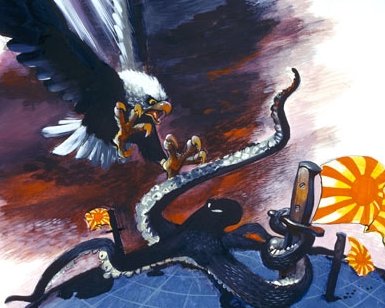 Recently, in response to Andreas Deja’s comment – on his own blog – he called the animation for 101 Dalmatians an excellent example of “Modern Anmation.” I commented on this use of “Modern Animation”, and was challenged by one of my readers. Andrea K. Haid wrote: “The reason that Andrea Deja calls 101 Dalmations “modern†is because it is set in a contemporary environment with contemporary music. It was the first story told in an animated feature by Disney to be placed in a modern setting with modern artwork.”
Recently, in response to Andreas Deja’s comment – on his own blog – he called the animation for 101 Dalmatians an excellent example of “Modern Anmation.” I commented on this use of “Modern Animation”, and was challenged by one of my readers. Andrea K. Haid wrote: “The reason that Andrea Deja calls 101 Dalmations “modern†is because it is set in a contemporary environment with contemporary music. It was the first story told in an animated feature by Disney to be placed in a modern setting with modern artwork.”
To this I began to think back on animated features that were more current than others and came away with a bit of surprise for myself.
Viewing the Disney features in chronological order:
Snow White, of course, operates within a Fairy Tale land.
Pinocchio also oerates within that world.
Fantasia is all over the place, so I ignore that one.
Bambi, however, is absolutely current. We see no clothing or hear no coversation, but it can be without doubt that the film takes place when it was made, 1942.
Dumbo, however, is very current. The people are dressed for 1942, the action takes place then. Even the fringes of the civil rights movement attest to the date of the story.
Victory Through AirPower takes place during WW2 and is immediate in its action. The film, itself, is an attempt to sell the idea of using aviation to help win the War.
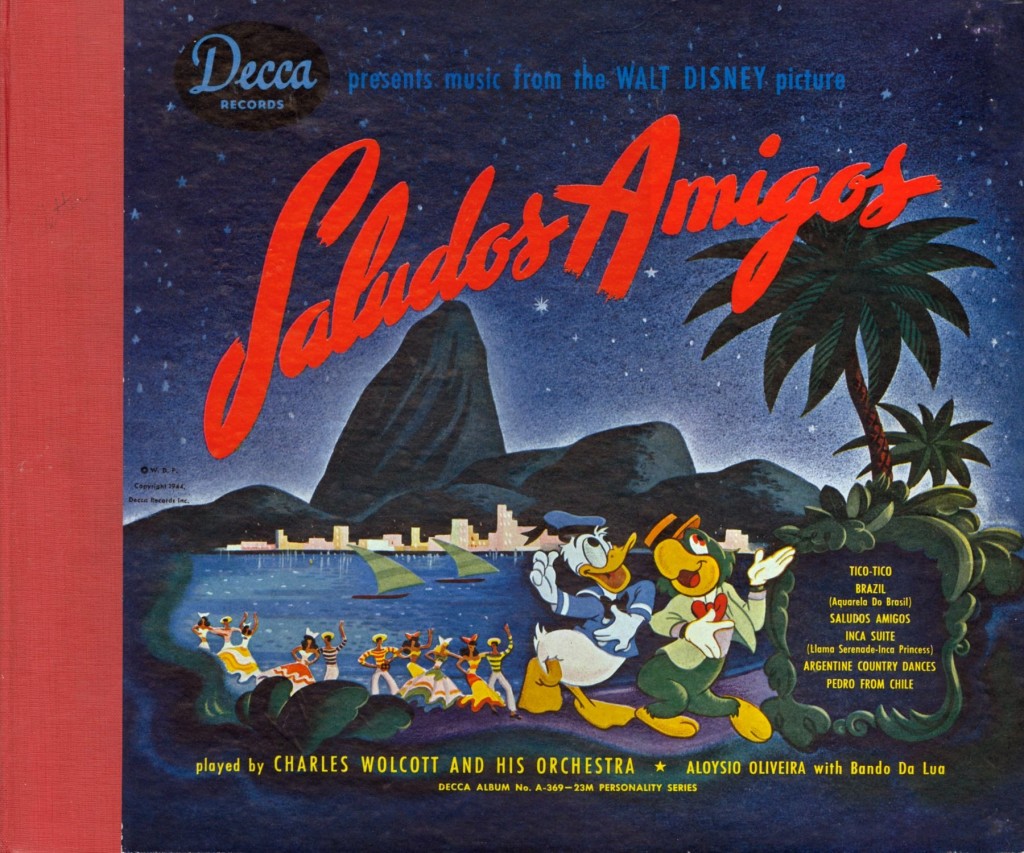 Of the package features, Saludos Amigos and Three Caballeros both take place currently. There could be no other approach in an attempt to melt the international curtains between North and South America.
Of the package features, Saludos Amigos and Three Caballeros both take place currently. There could be no other approach in an attempt to melt the international curtains between North and South America.
For the sake of this essay, I won’t analyze the shorts in the rest of the packaged films. The Headless Horseman, The Wind in the Willows, are probably dated. While other shorts like Little Toot, Trees and Bongo are all current. They’re not worth defending.
Cinderella was 18th Century fairy tale land.
Peter Pan and Alice In Wonderland were 19th Century.
Sleeping Beauty, to the 17th Century fairy tale world.
Lady and thte Tramp back to the early 20th Century.
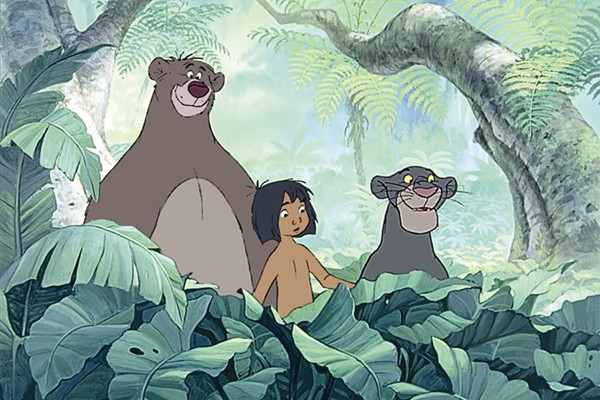 That brings us to 101 Dalmatians. Modern humans and dogs in modern dress.
That brings us to 101 Dalmatians. Modern humans and dogs in modern dress.
Sword in the Stone was 16th Century England.
The Jungle Book was 19th Century, per Rudyard Kipling.
The Aristocrats was early 20th Century. (There were cars.)
Robin Hood was 17th Century England.
Let’s skip to the new generation of animators:
Toy Story 1, 2, & 3 were all today.
As was The Rescuers and The Rescuers Down Under. The UN is there, for pete’s sake.
Basil of Baker”s Street dated. The Fox and the Hound, current.
Beauty and the Beast, Aladdin, Hunchback of Notre Dame and Pocahontas were all hundreds of years old.
I don’t think I need go on. We are into “Modern Animation” and I think it has nothing to do with what period the film is set in.
CitiBikes
You step out onto the street on Monday, and you’re greeted by a hundred blue bikes. Sort of the same color as the lines on this page. I wasn’t expecting it. No double-parked cars.
The Citi decided that it’d be better for me if I took a bike. Rent the bikes for 2 minutes, then roll to the next check-in point. You pay some bucks and you take the biks. (They don’t offer bike-helmets for the softer-brained, accident-prone people. There’s just a lot of info about the fines you’ll pay if you go over the twenty minute rental time.
Last weekend everybody wanted a bike. (Aren’t they all girls’ bikes? What’s up with that?) They were all rented by couples speaking non-English. (A tourist thing, undoubtedly.) Only two gone so far this weekend. Meanwhile, no one has a parking space. At first I thought they were mopeds, like in Europe. We’d be hearing buzzing all day long in conjunction with the square jeep-type taxis.
We’ll see how it goes, though. No buzzing, a crash of cerulean blue, and lots of tourists reading the signs in groups of about eight.
Jerry’s Visit and a Great Film Program
This is a note I received from Jerry Beck. It doesn’t take place until the end of July, but thought you’d like some advance notice, now.
- I don’t know if you usually attend the Animation Block Party in Brooklyn,
but this year I’m going to come back to New York and introduce
a screening of Oscar winning shorts on Sunday night July 28th at 7pm
Munro / Gene Deitch / 8:20 min / 1960
Ersatz (The Substitute) / Dušan Vukotić / 10 min / 1961
The Hole / John Hubley and Faith Hubley / 15 min / 1962
The Critic / Ernest Pintoff / 4 min / 1963
The Pink Phink / Friz Freleng and Hawley Pratt / 6:38 min / 1964
Dot and the Line: Romance in Lower Mathematics / Chuck Jones & Maurice
Noble / 10 min /1965
Herb Alpert & the Tijuana Brass Double Feature / John Hubley / 6 min / 1966
The Box / Fred Wolf / 9 min / 1967
After the films I’m hoping to lead a 15-20 minute panel discussion about these films, and the Oscars, and the filmmakers… etc. I do not know who Animation Block Party are asking to be a part of it, but I thought I’d reach out to you myself – as an actual Oscar nominee, you’d be a great addition to the discussion.
I completely understand if you cannot attend, but I thought it was worth a shot.
Event is at Brooklyn Academy of Music (BAMcinématek) located at 30 Lafayette Ave, Brooklyn.
